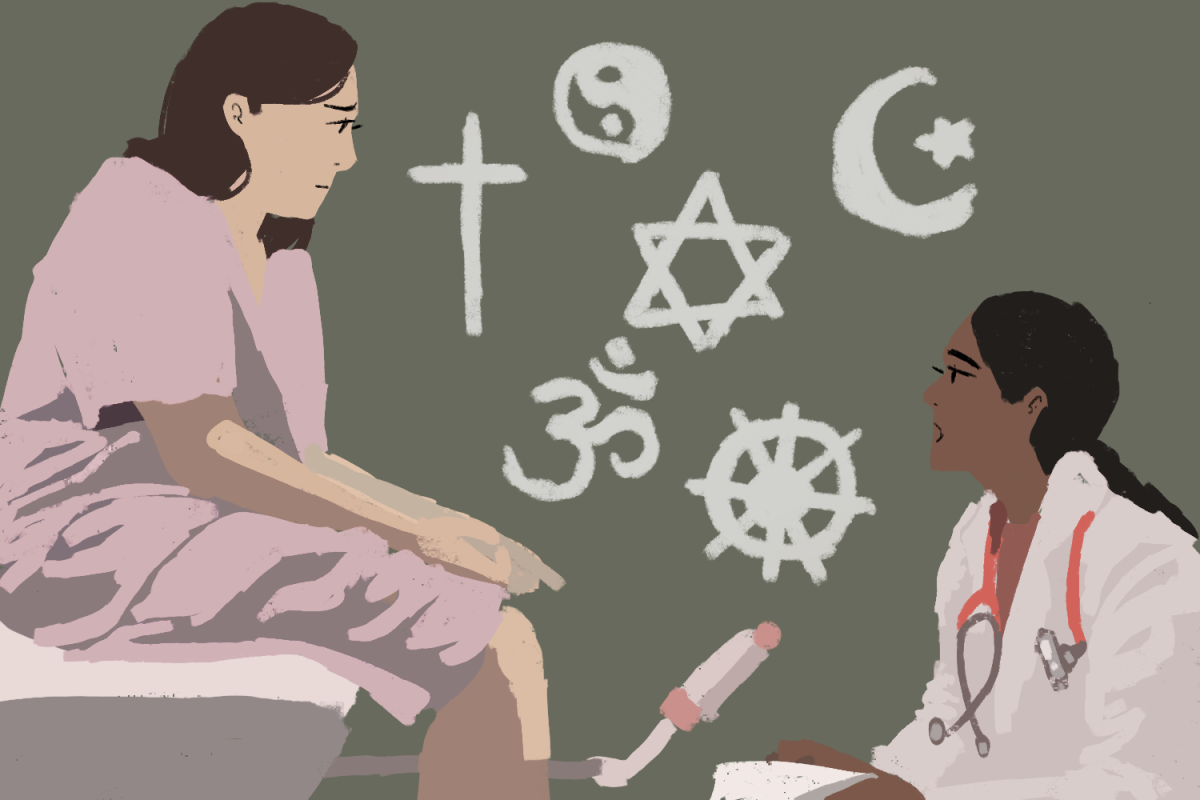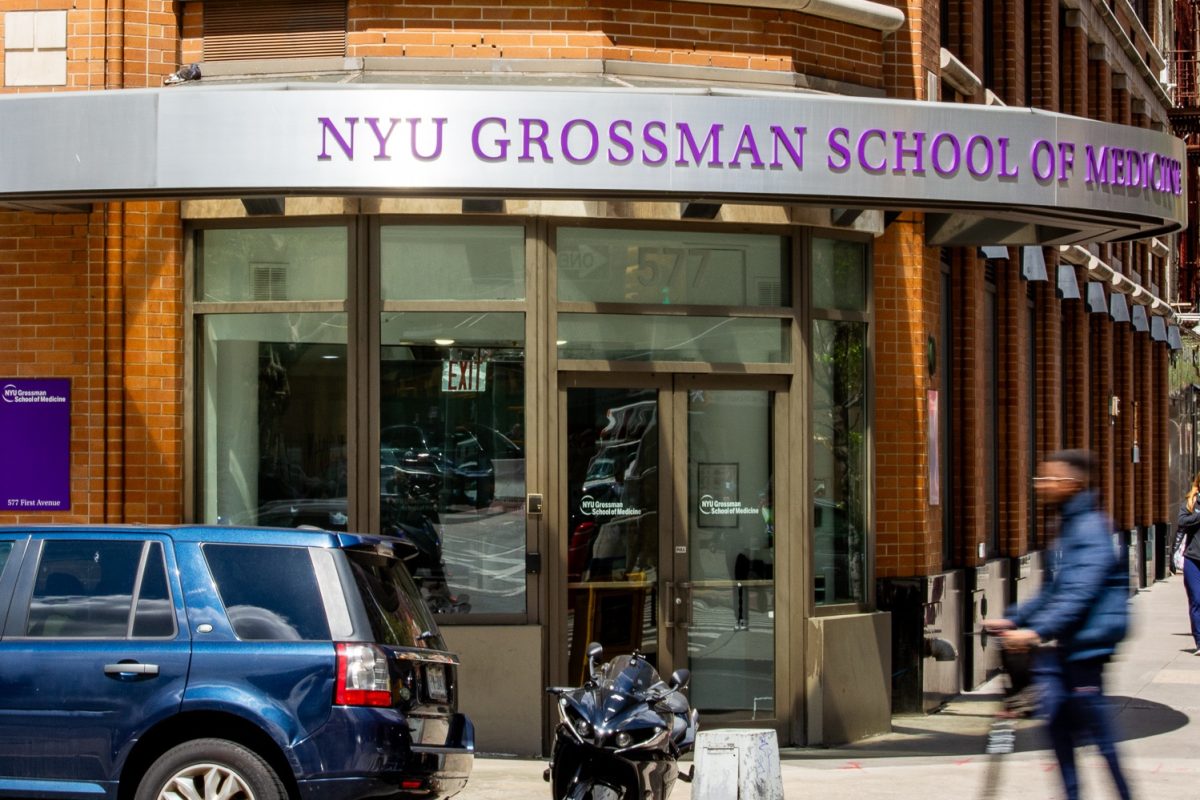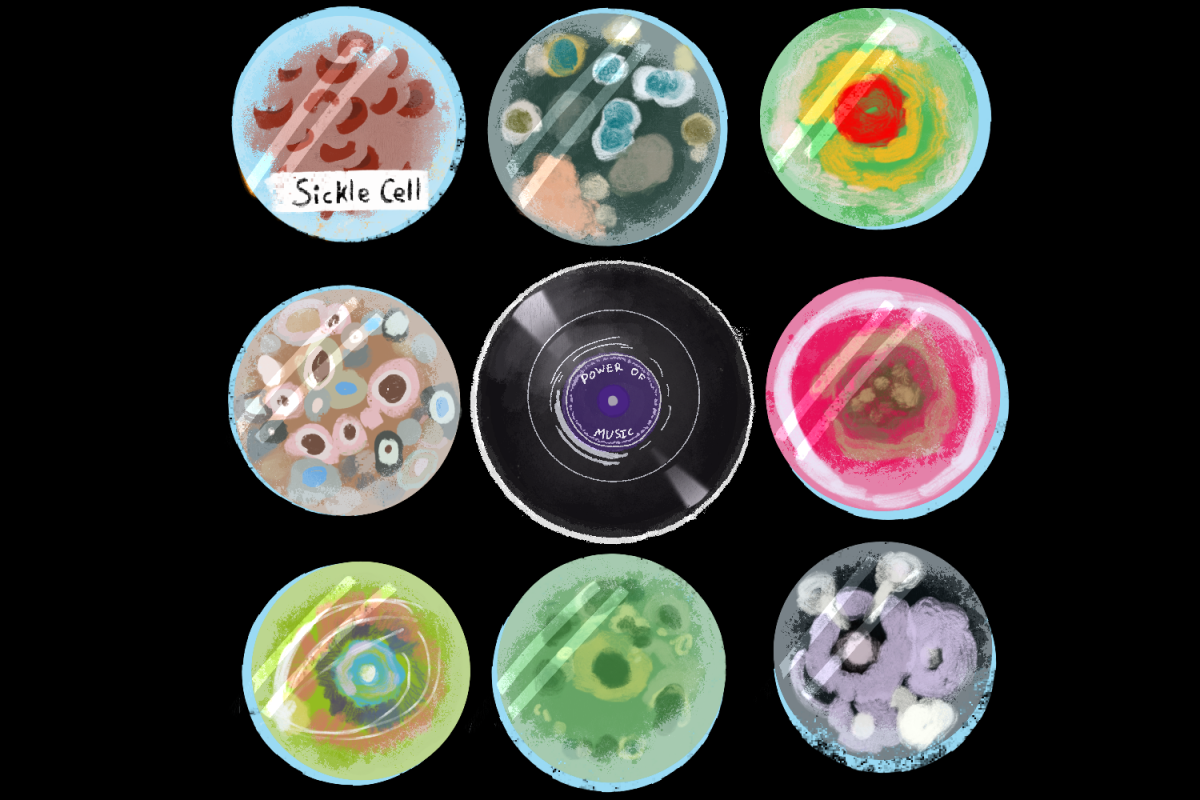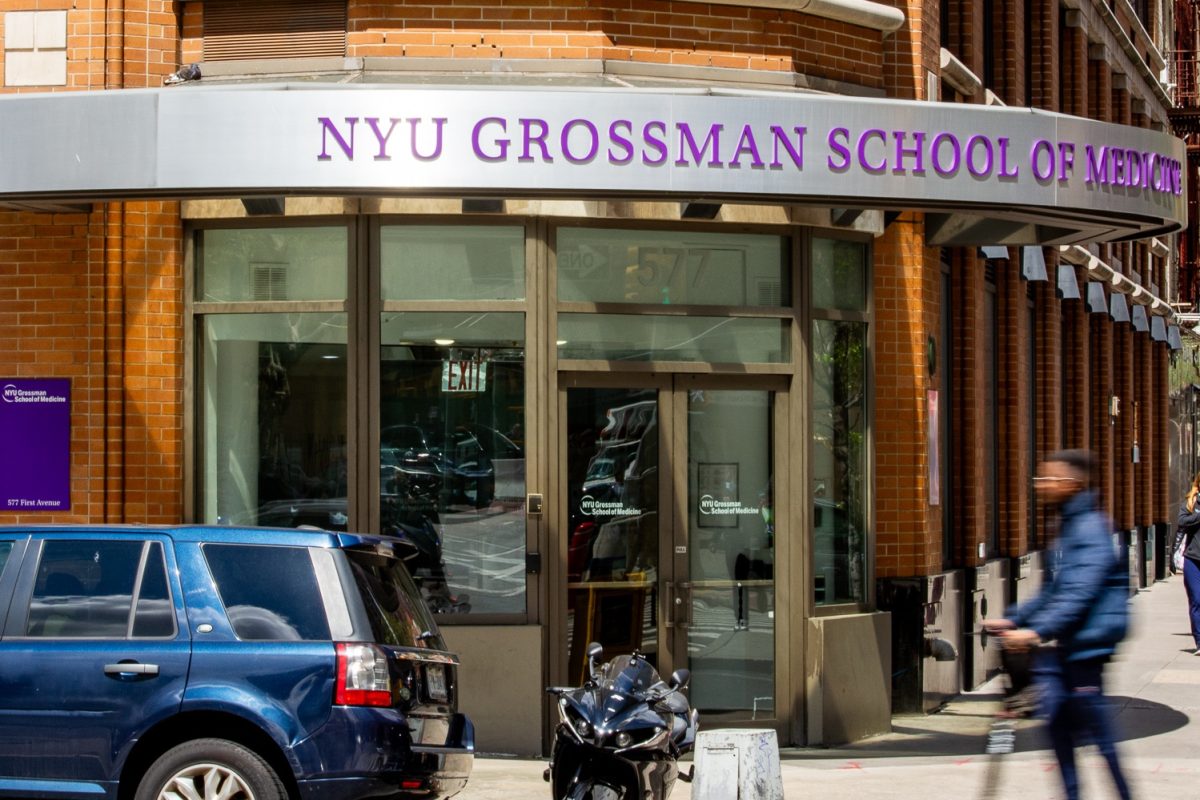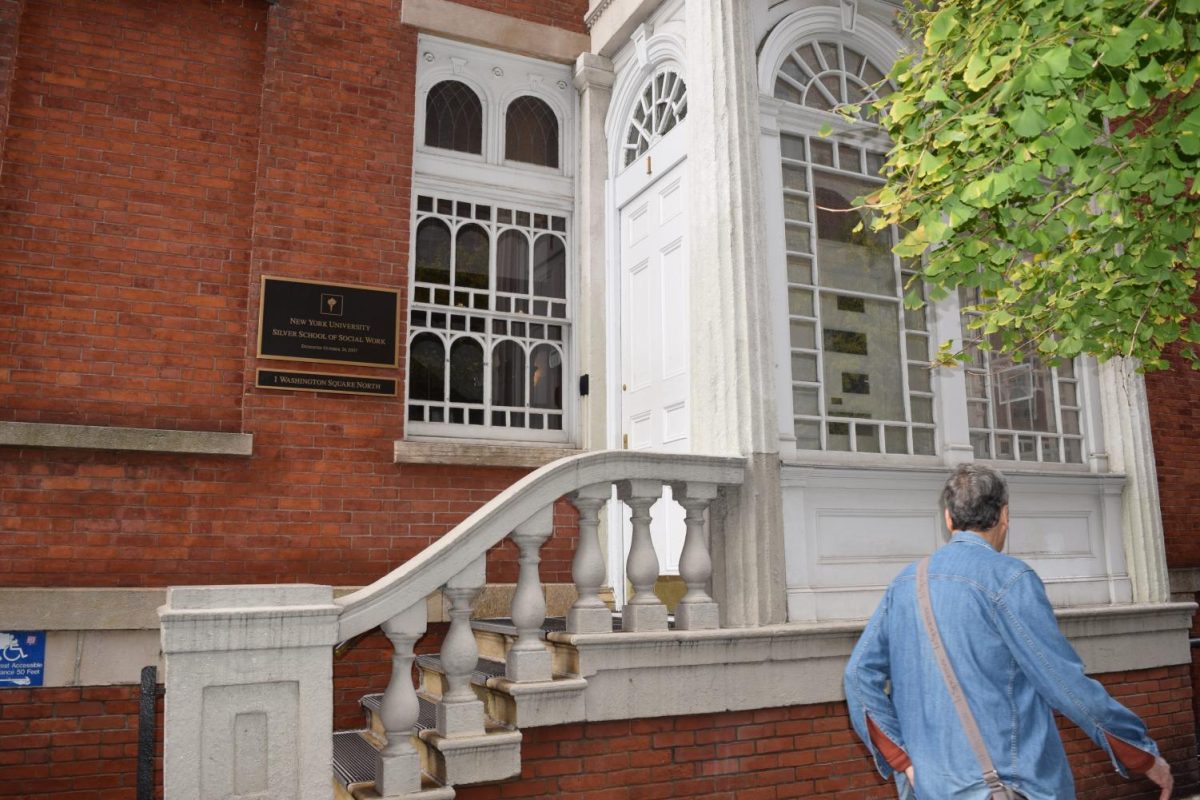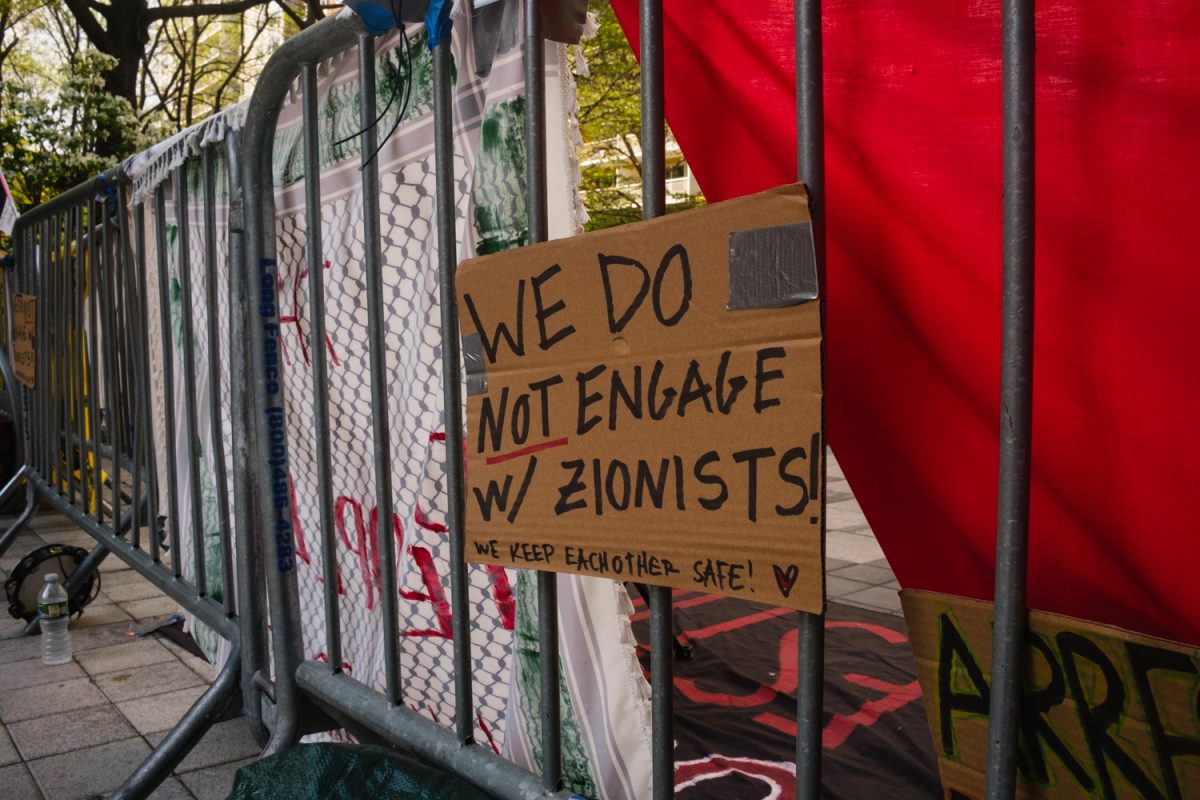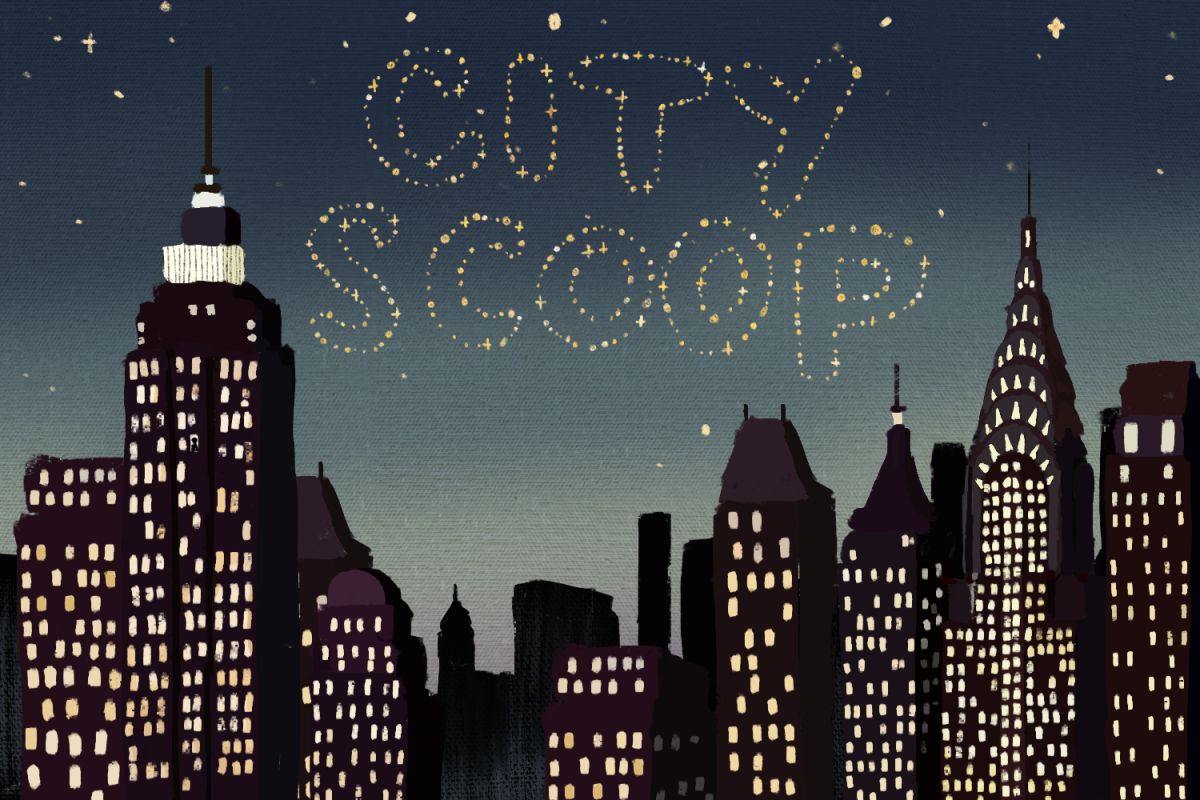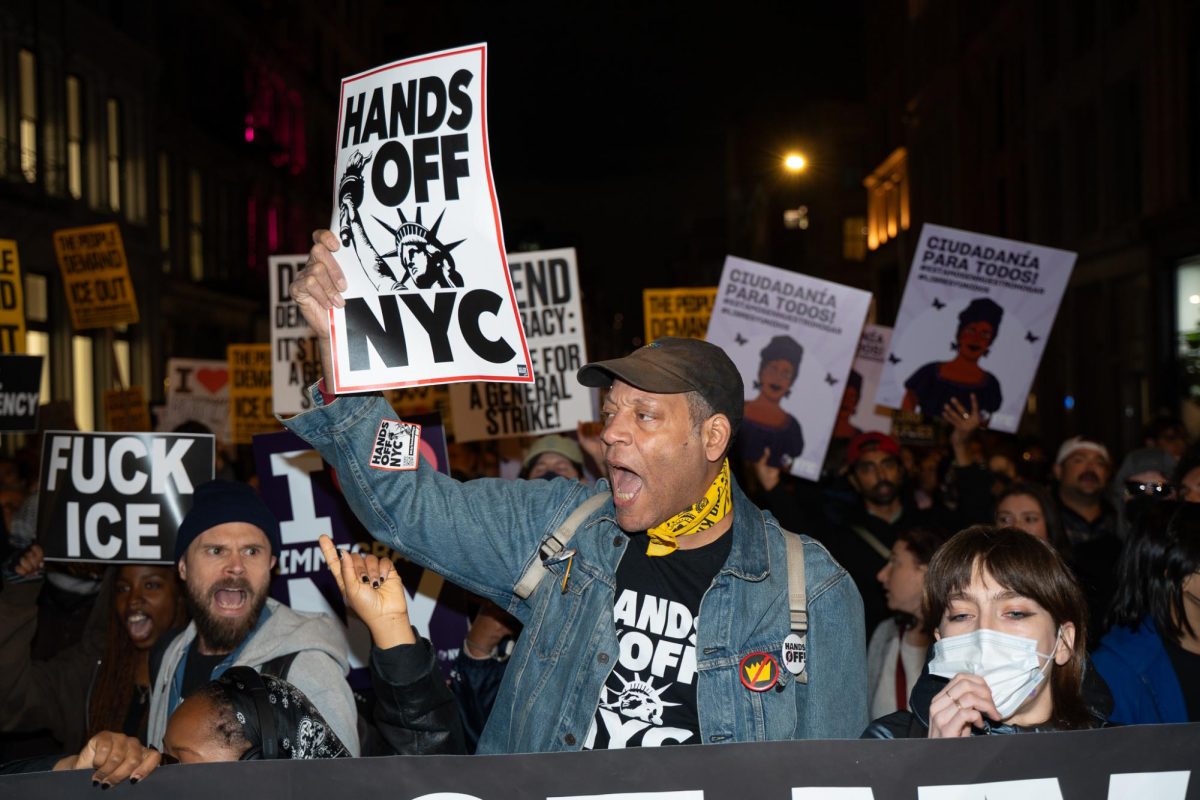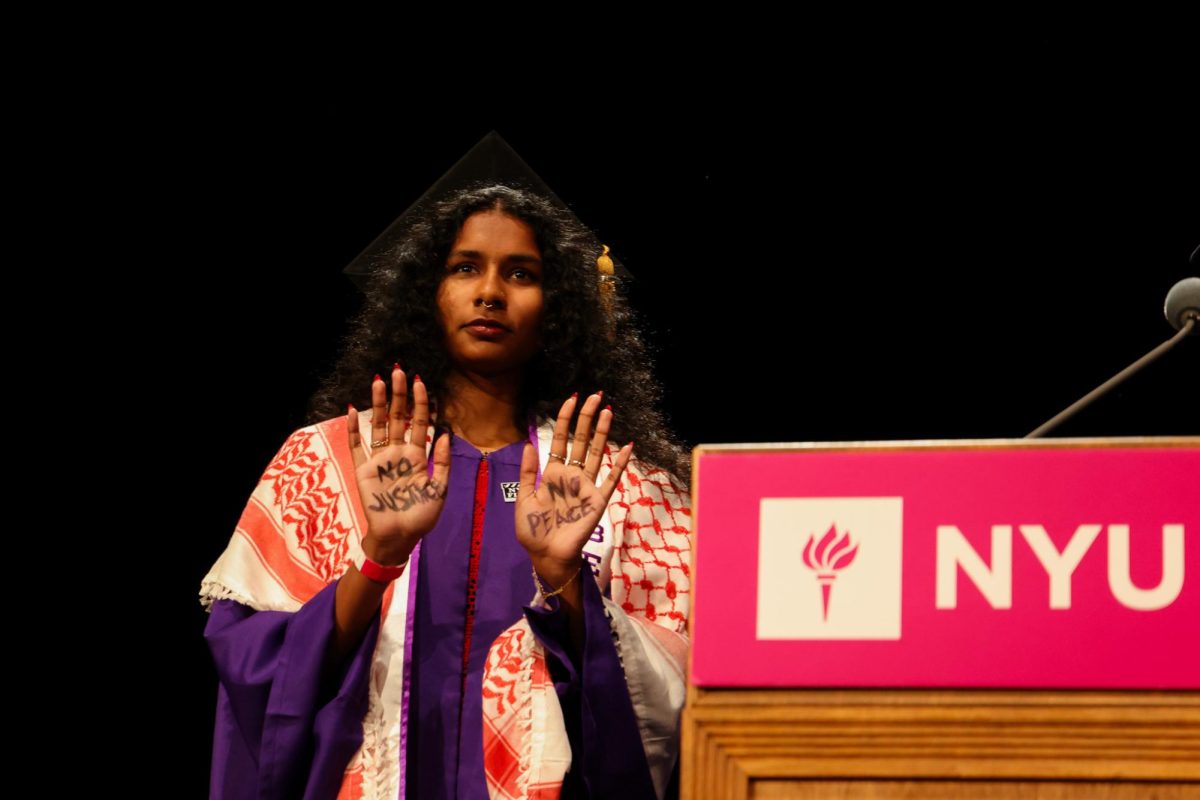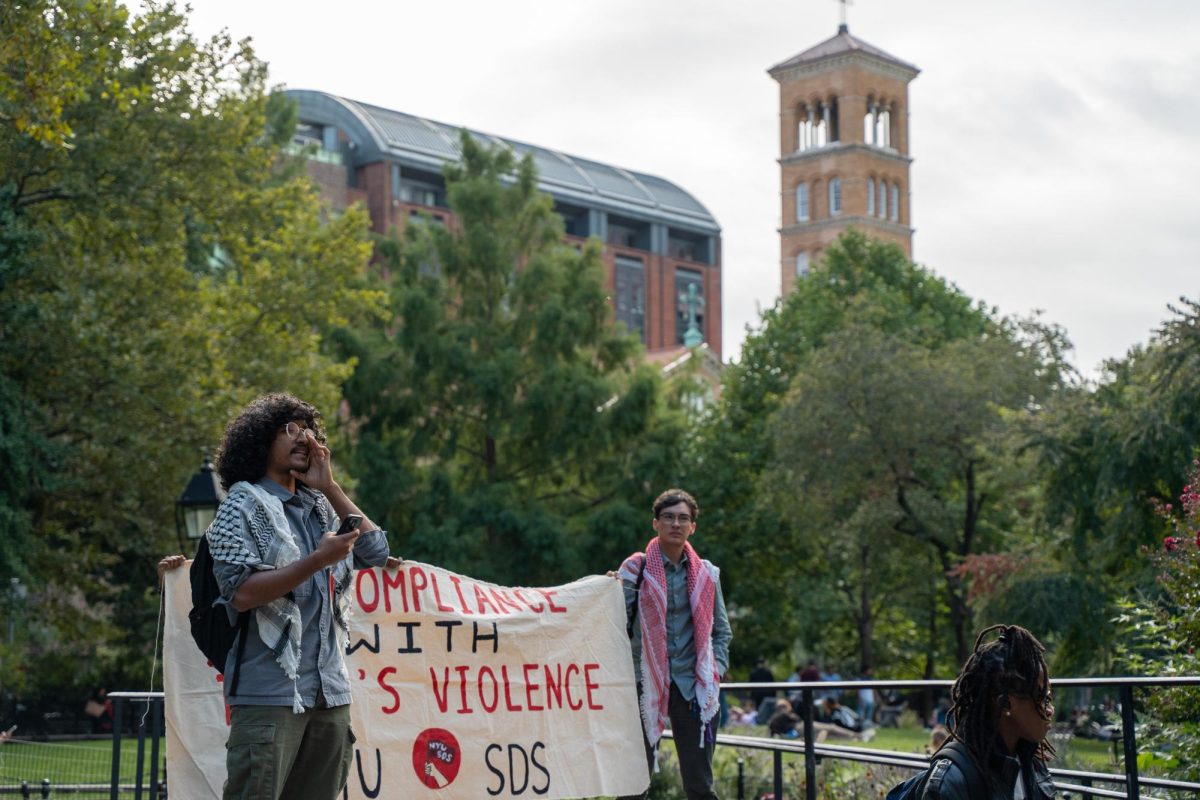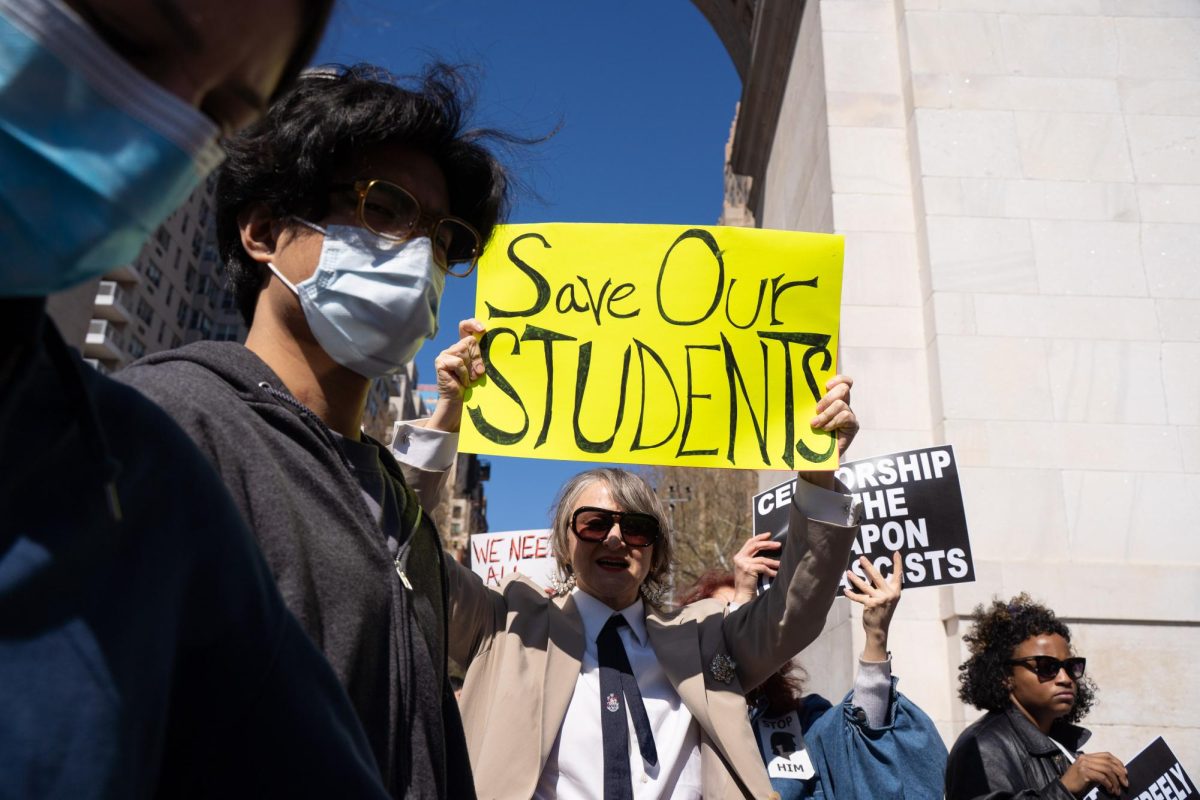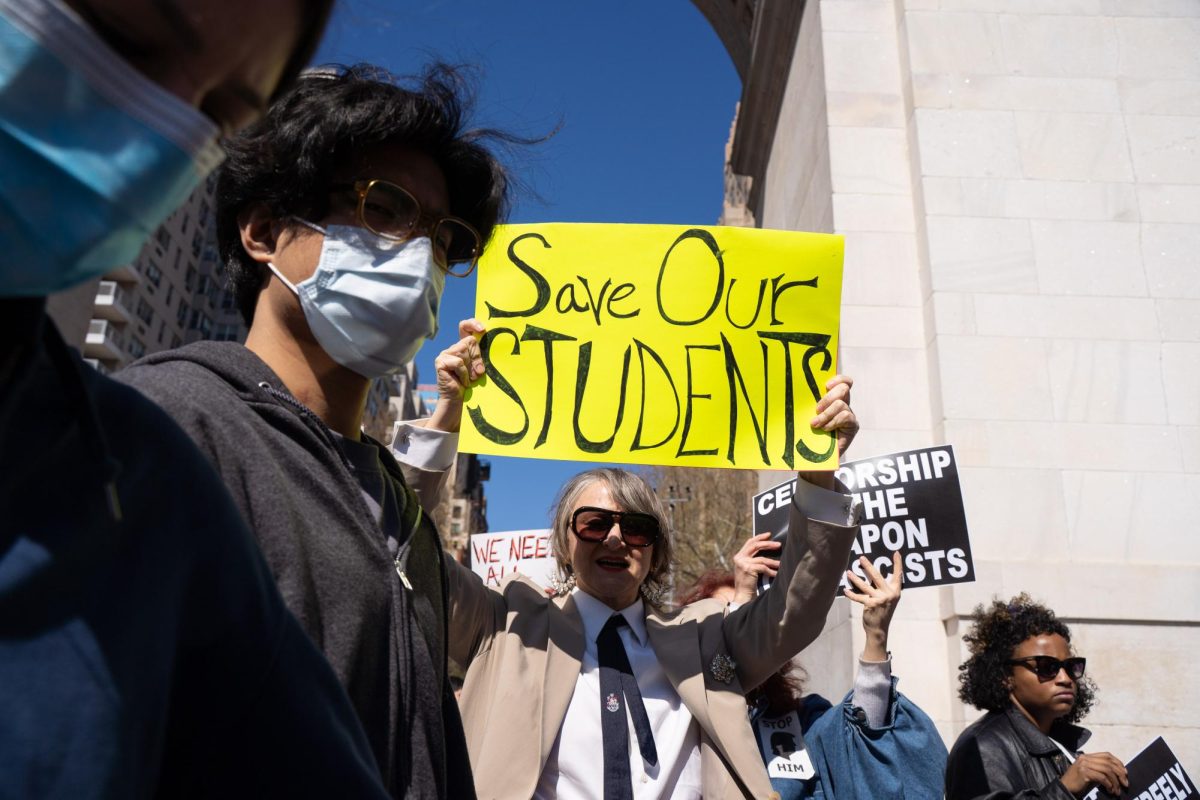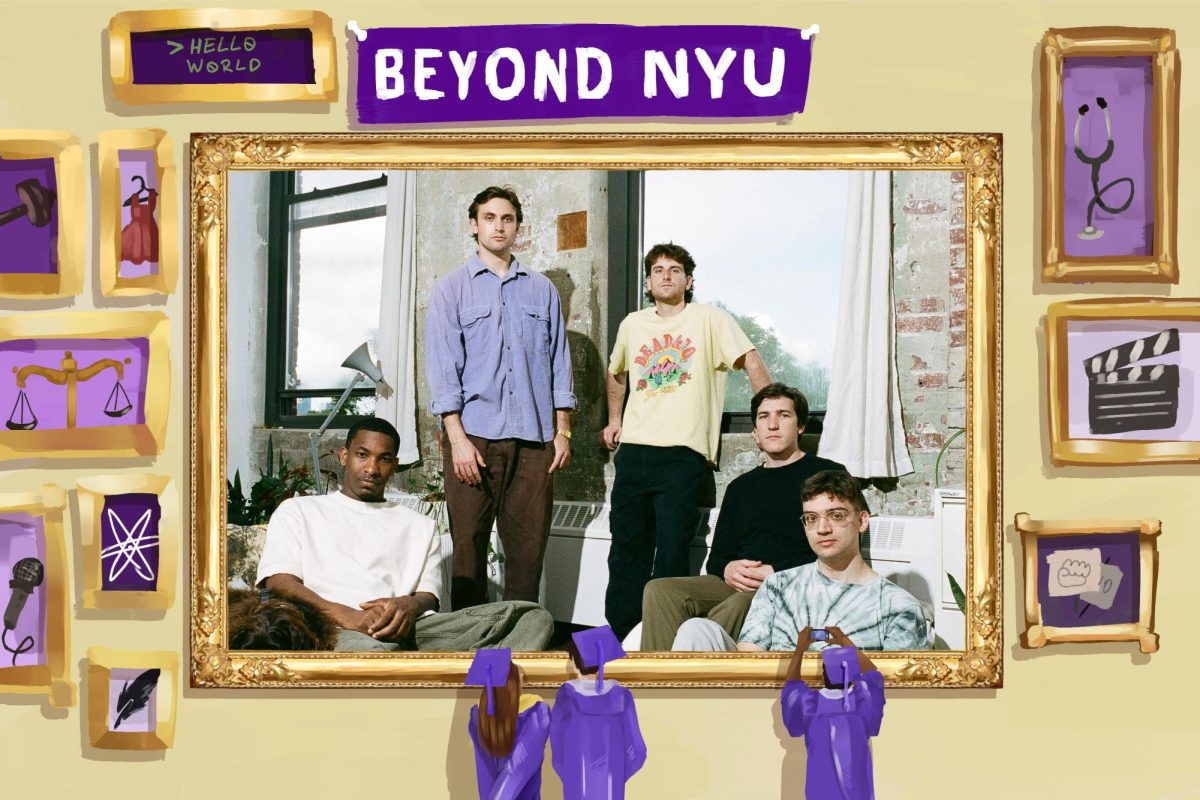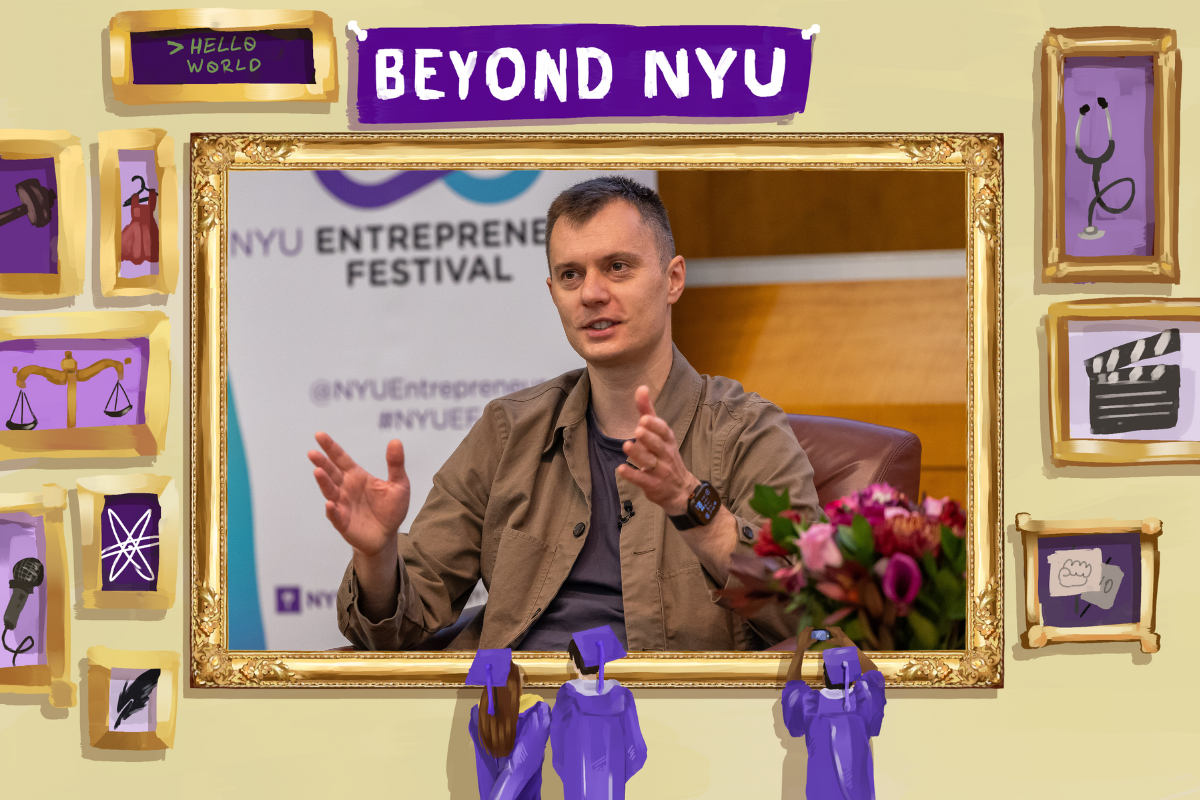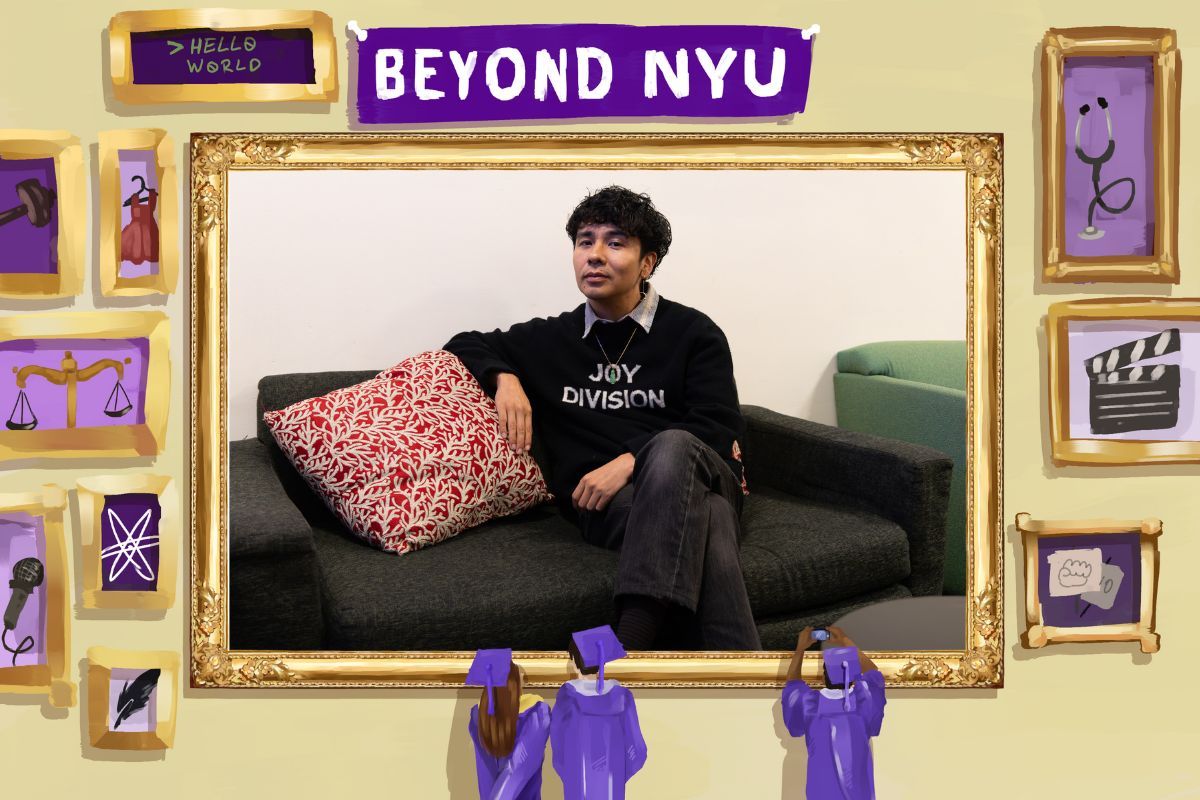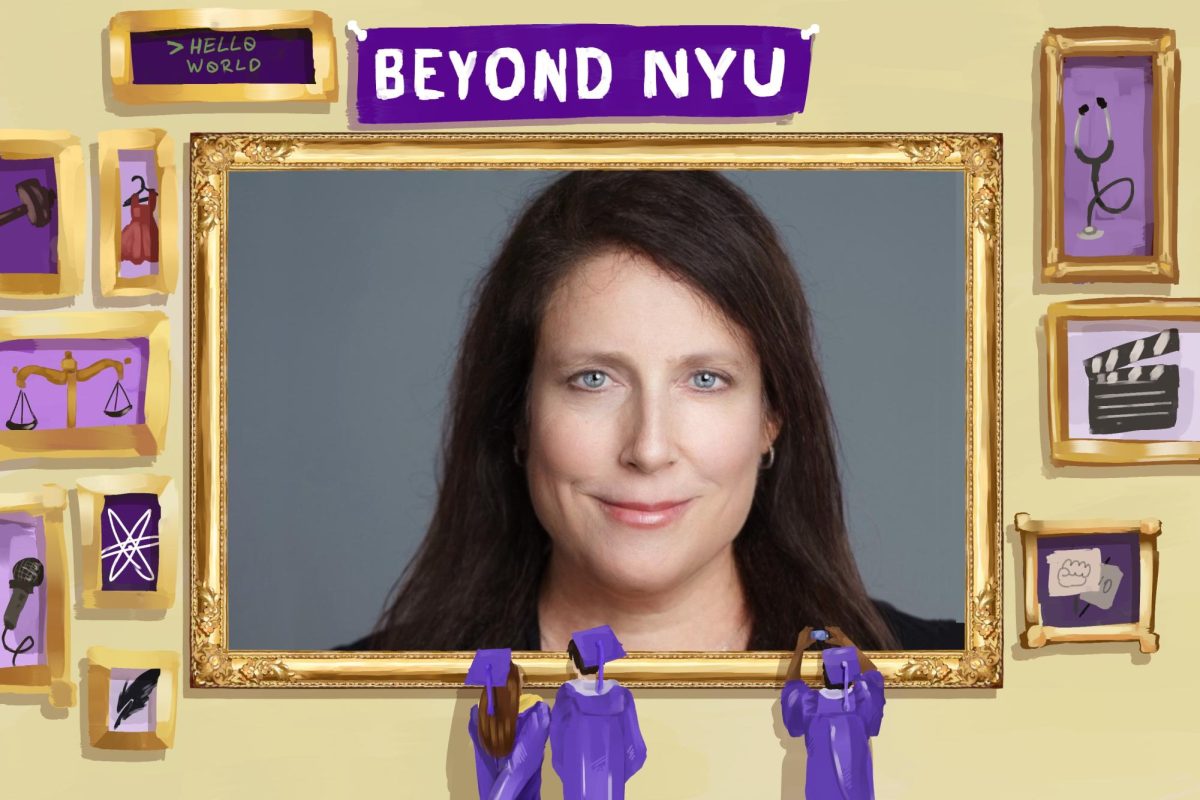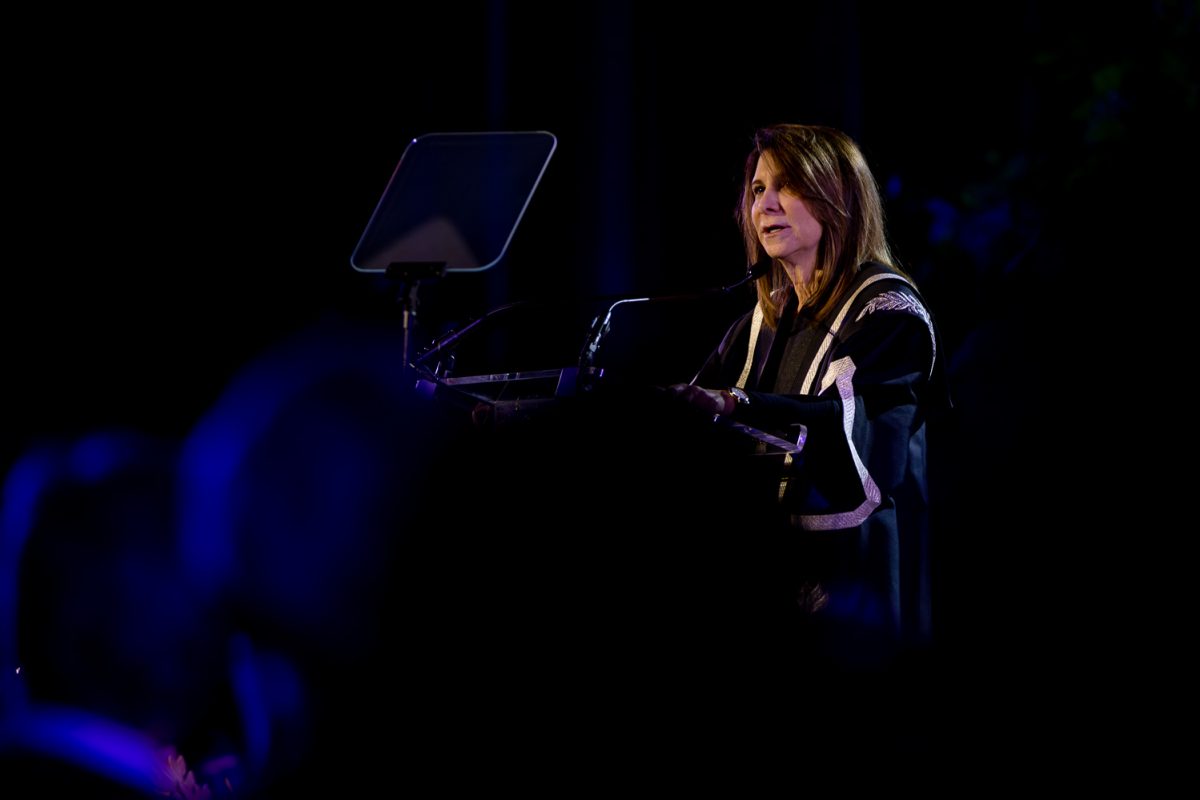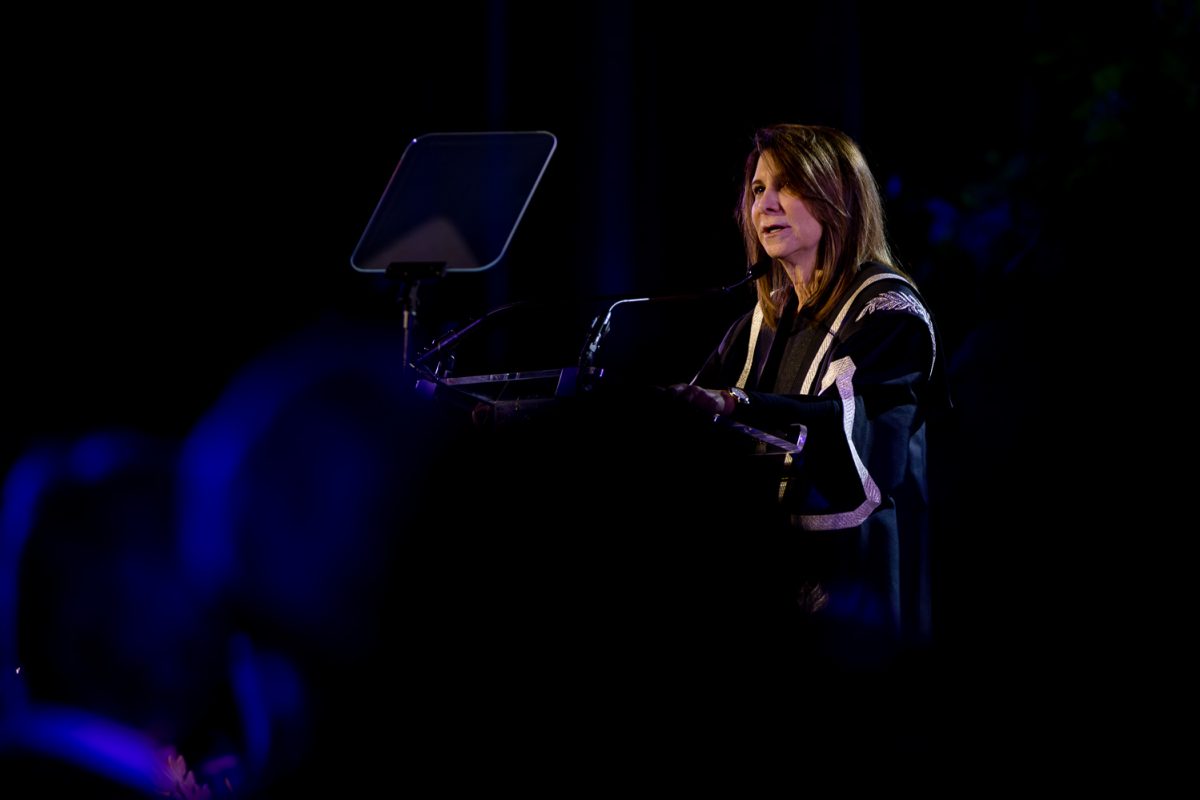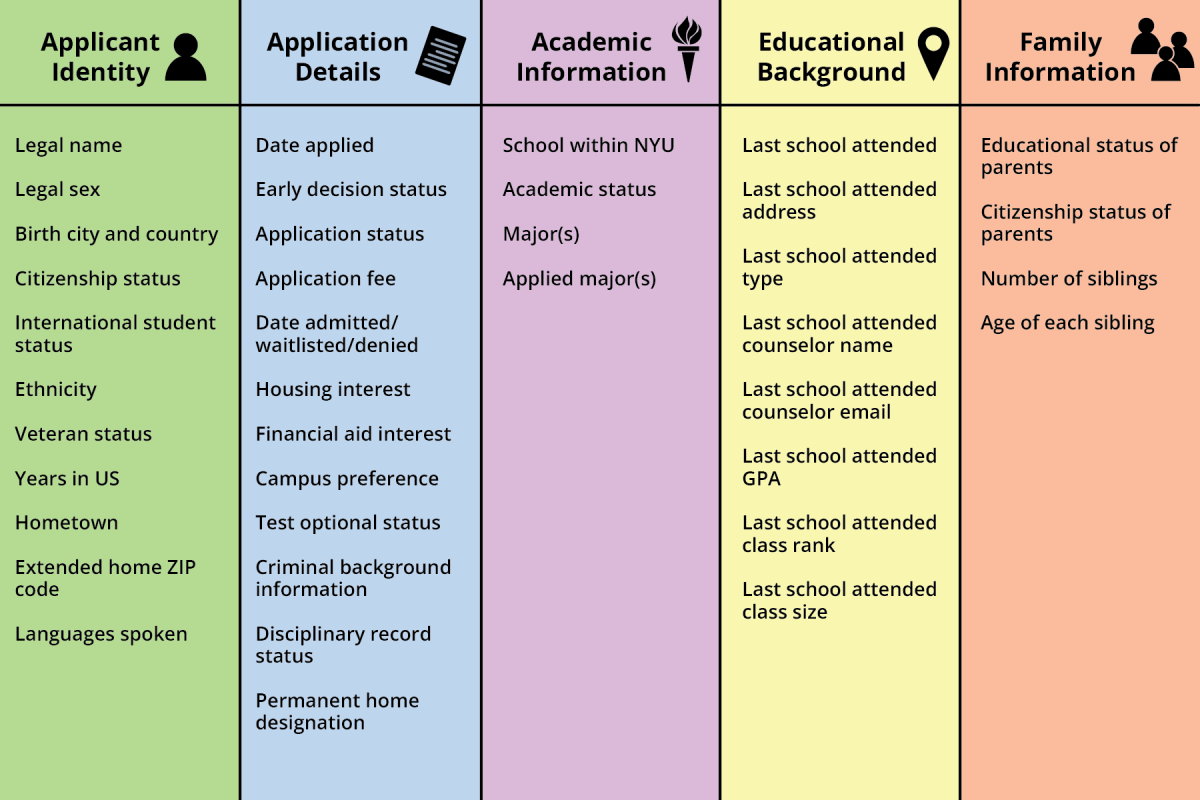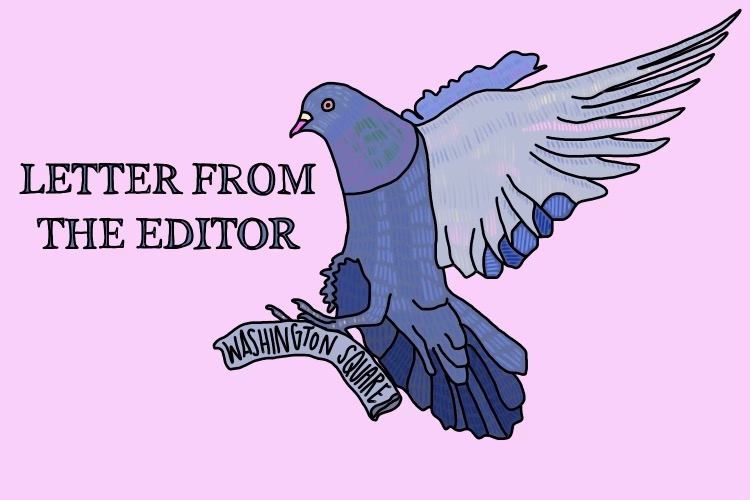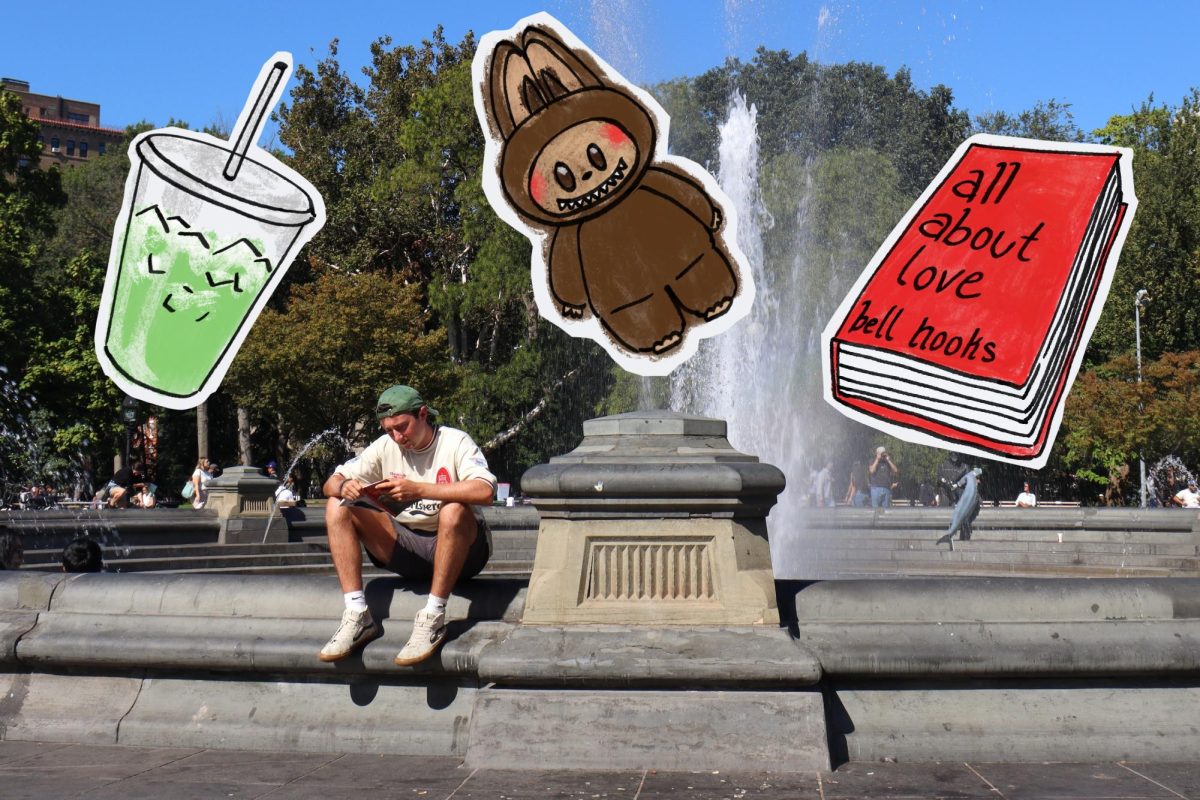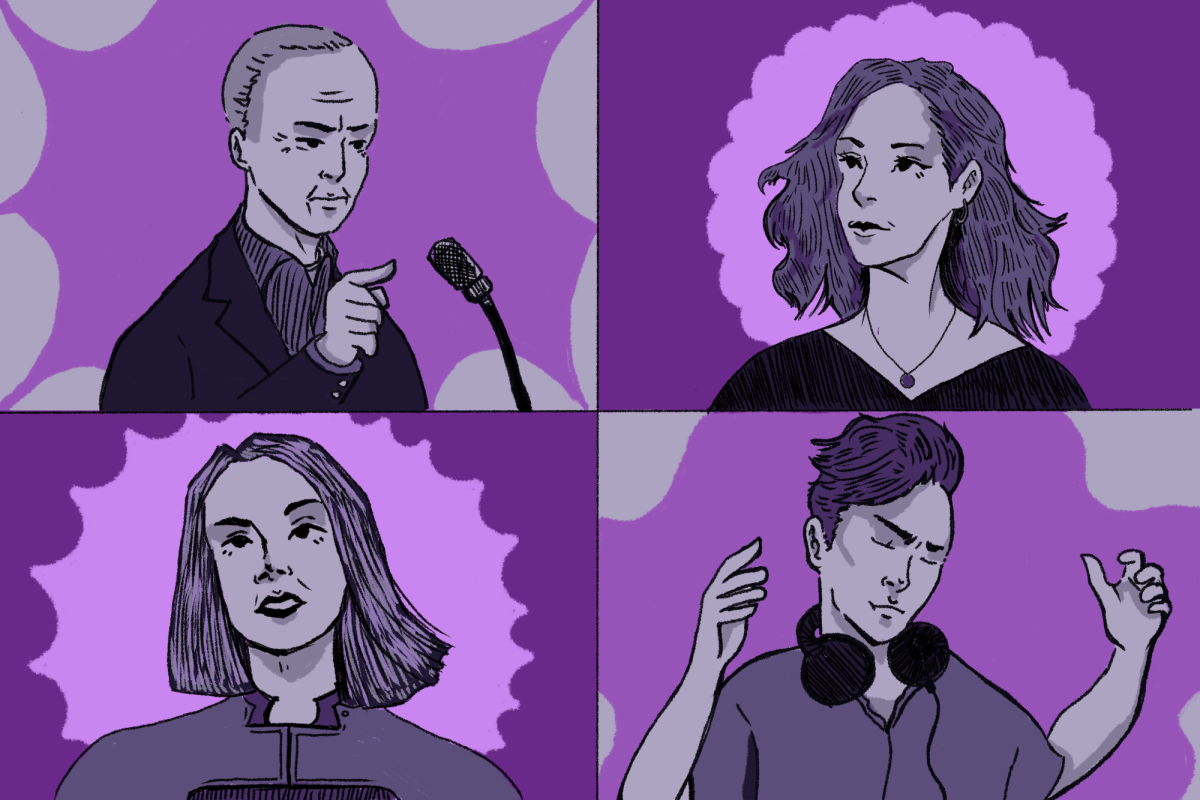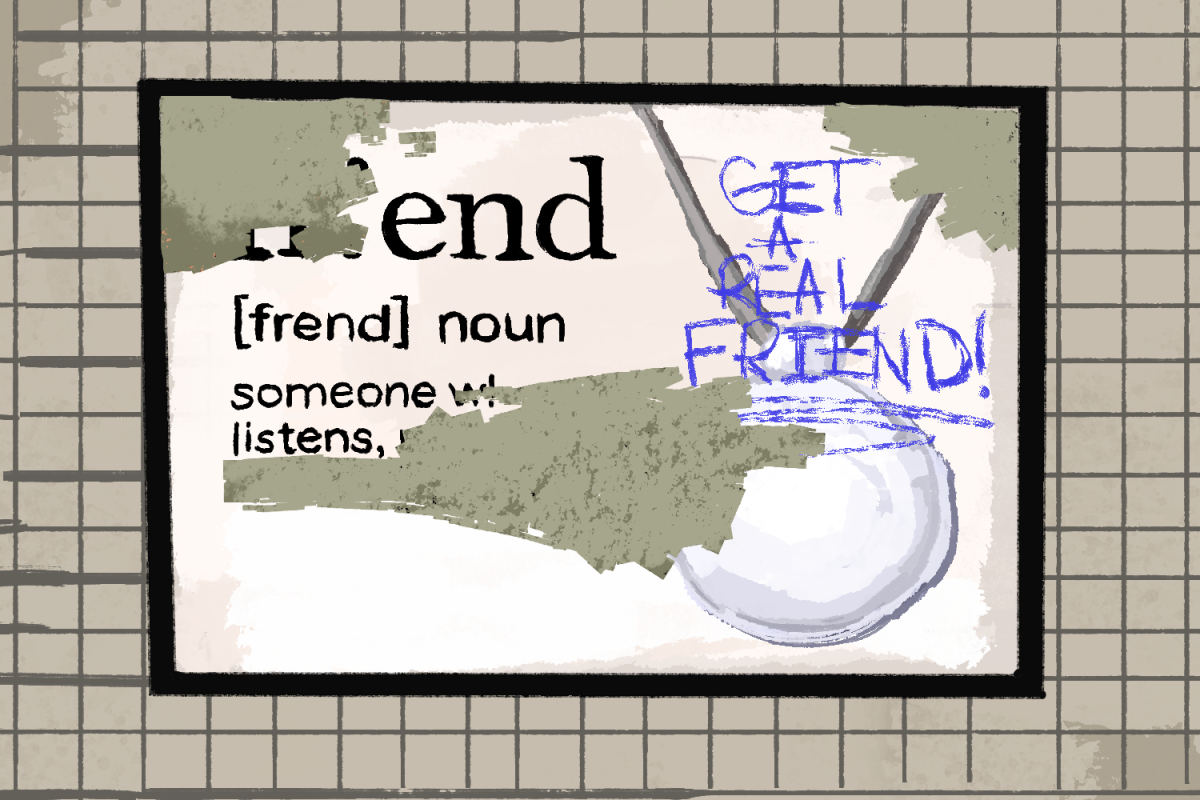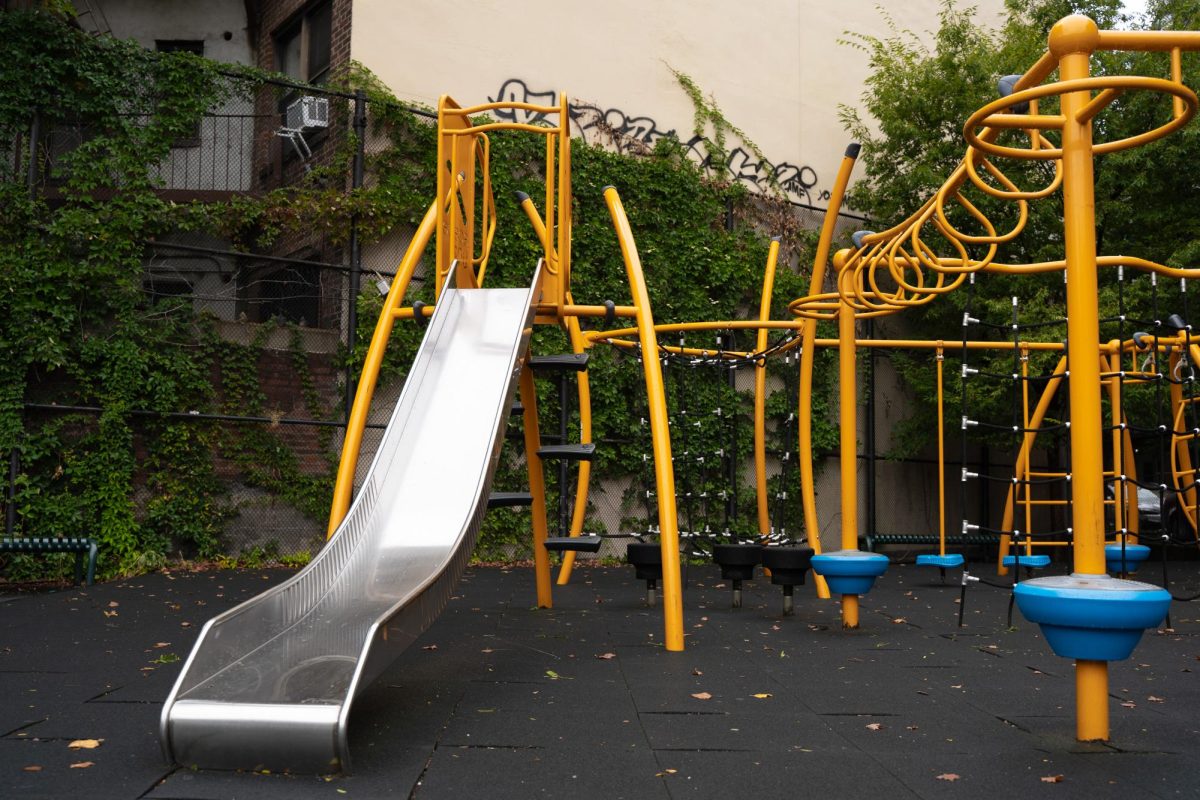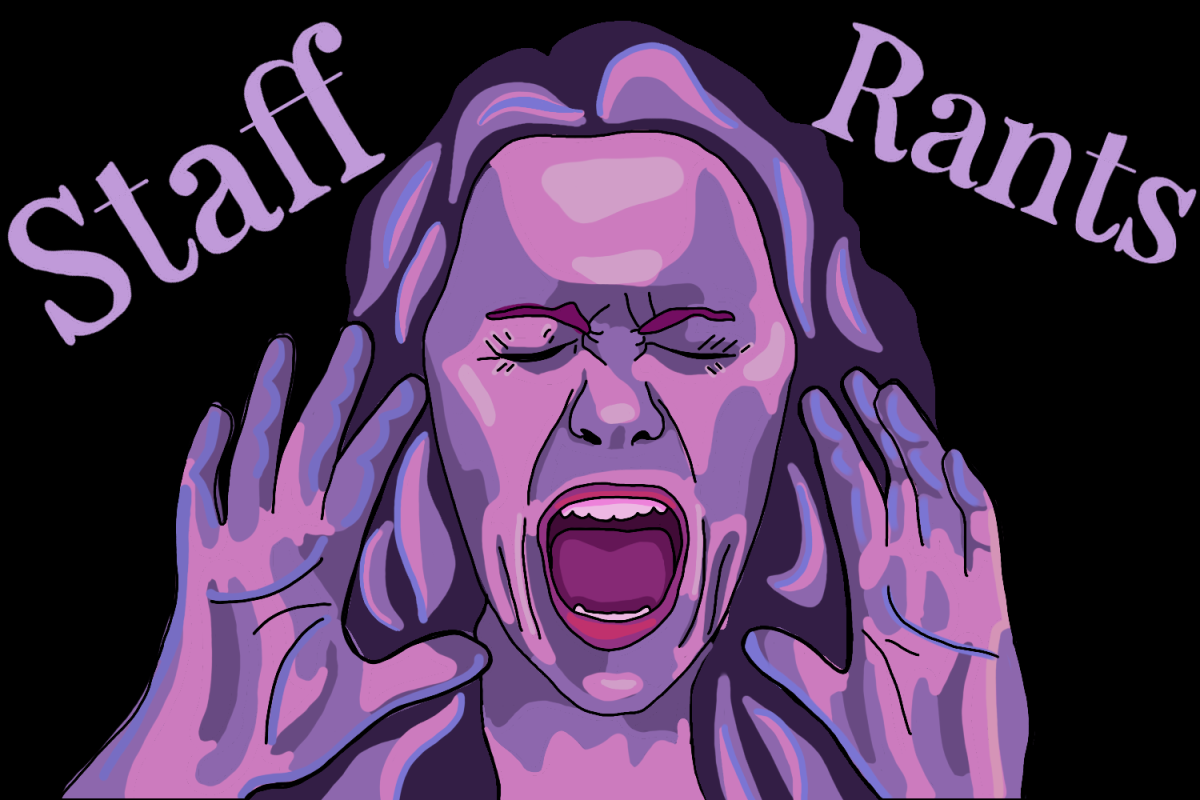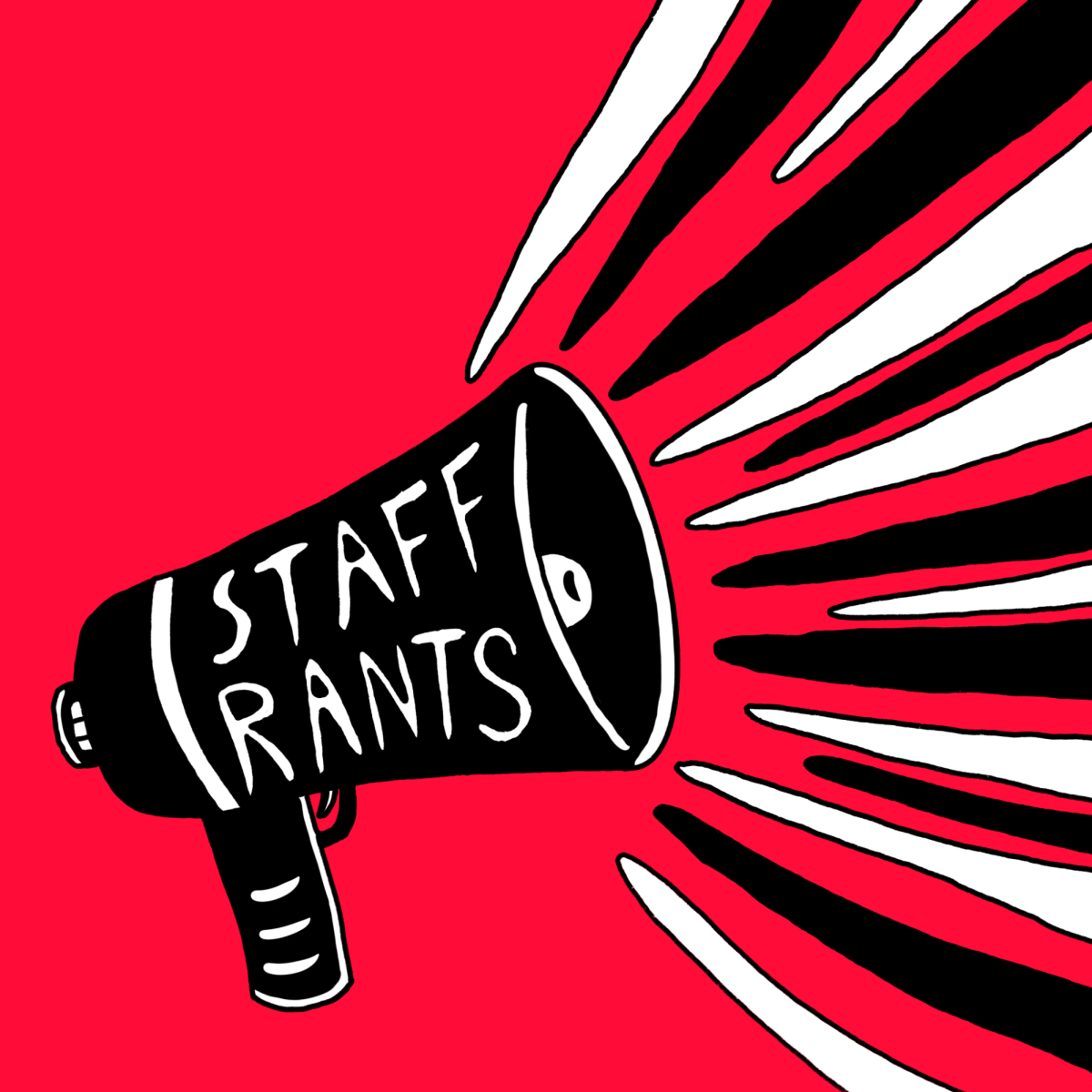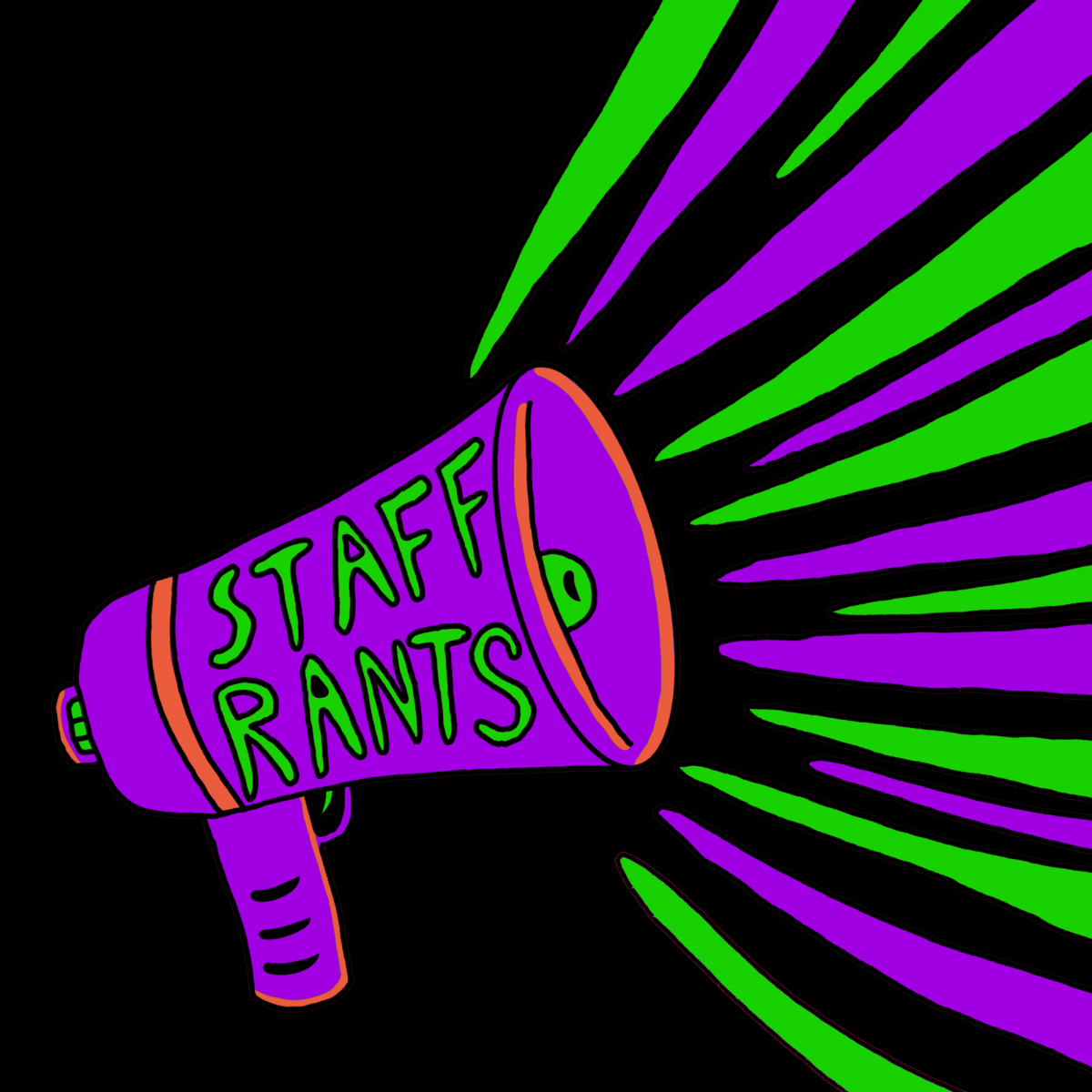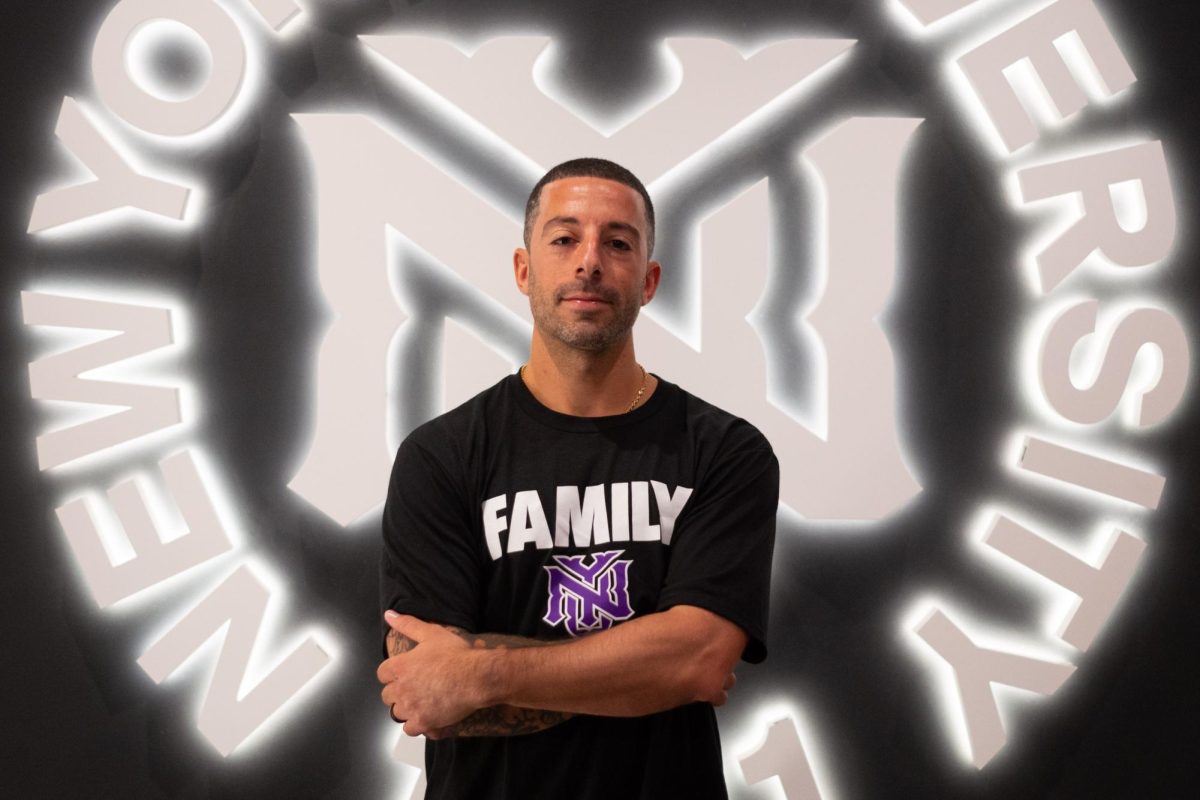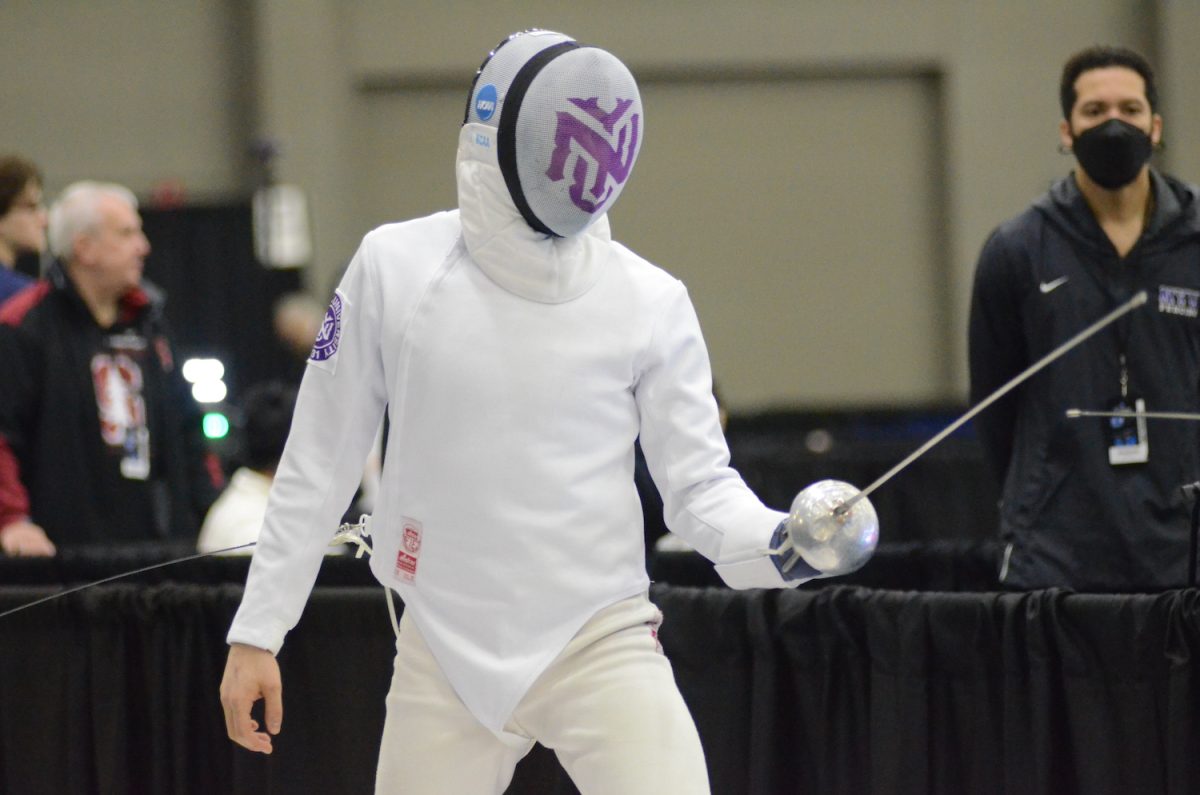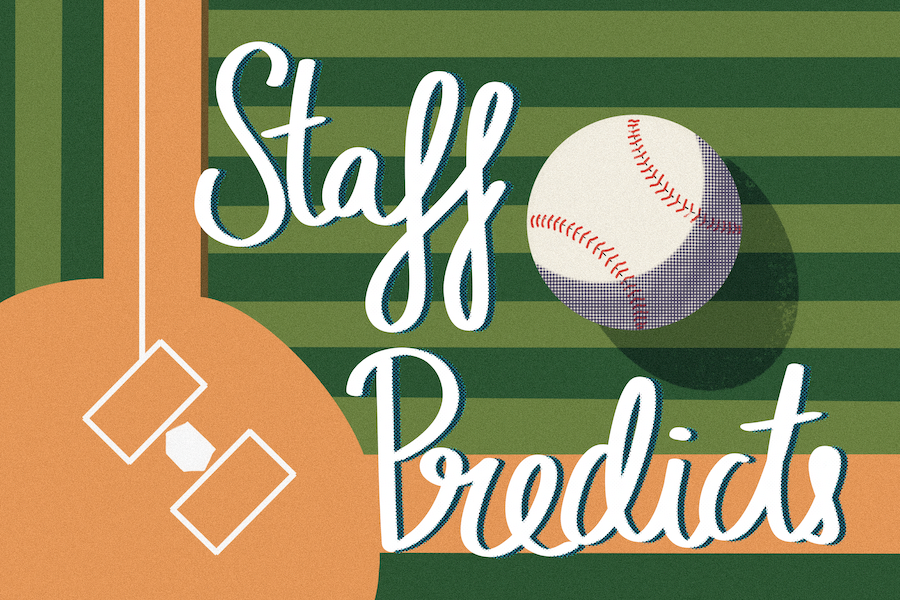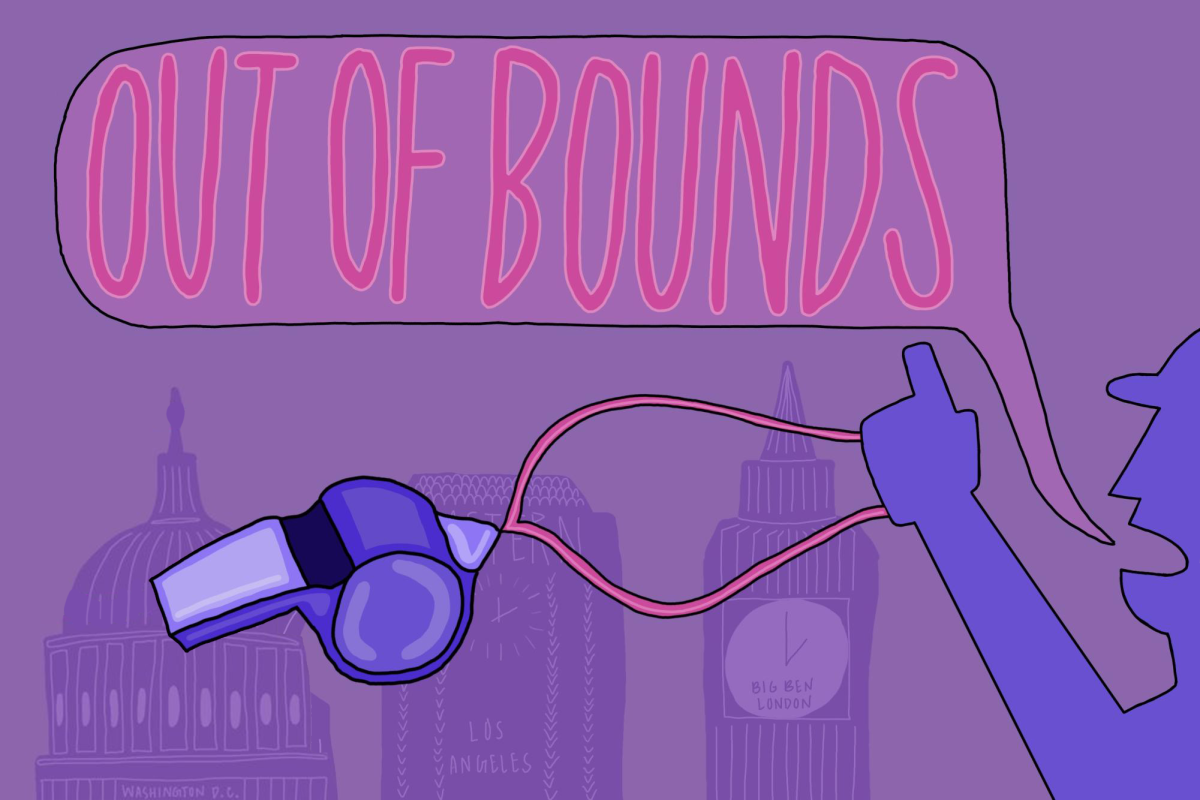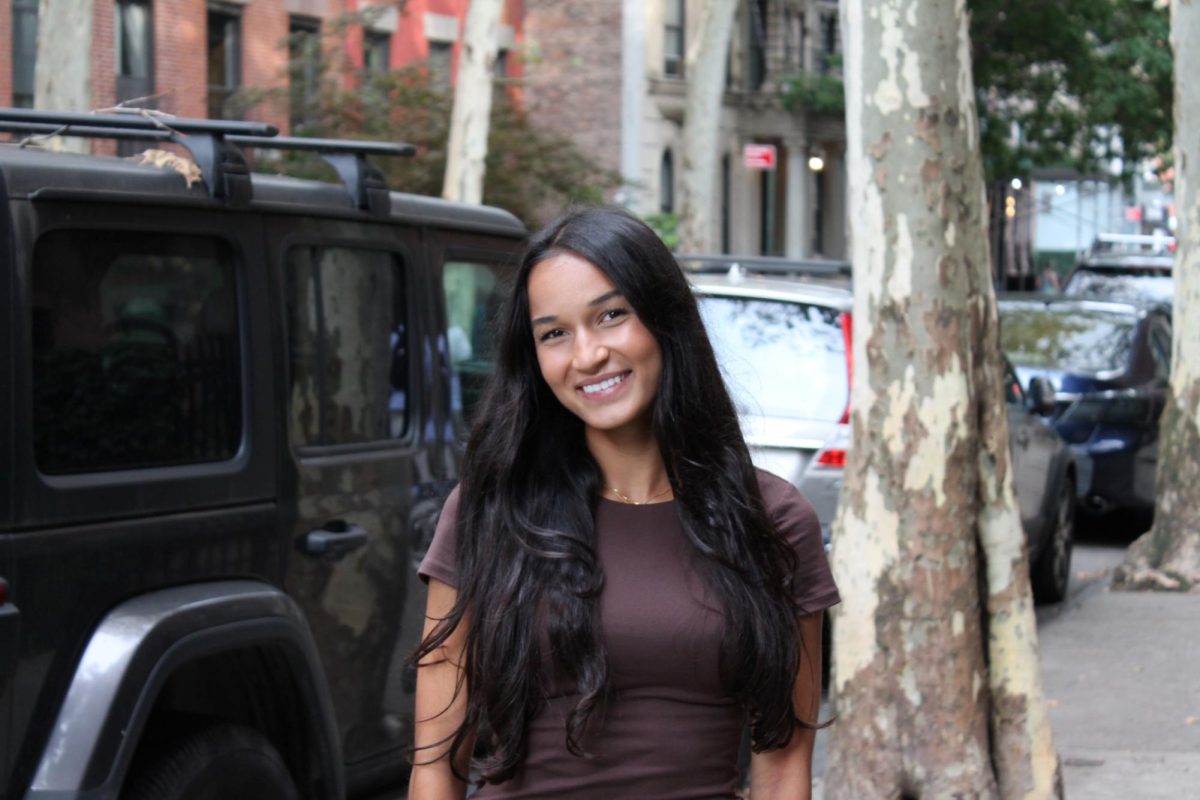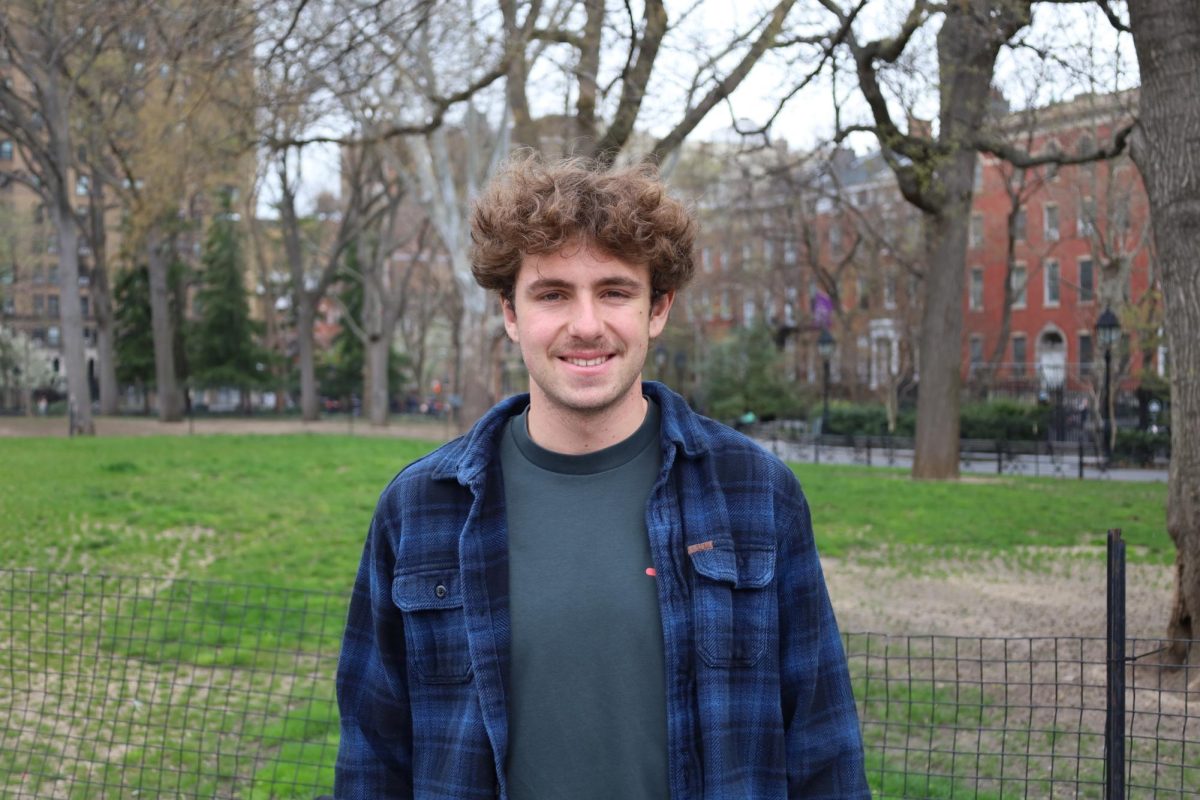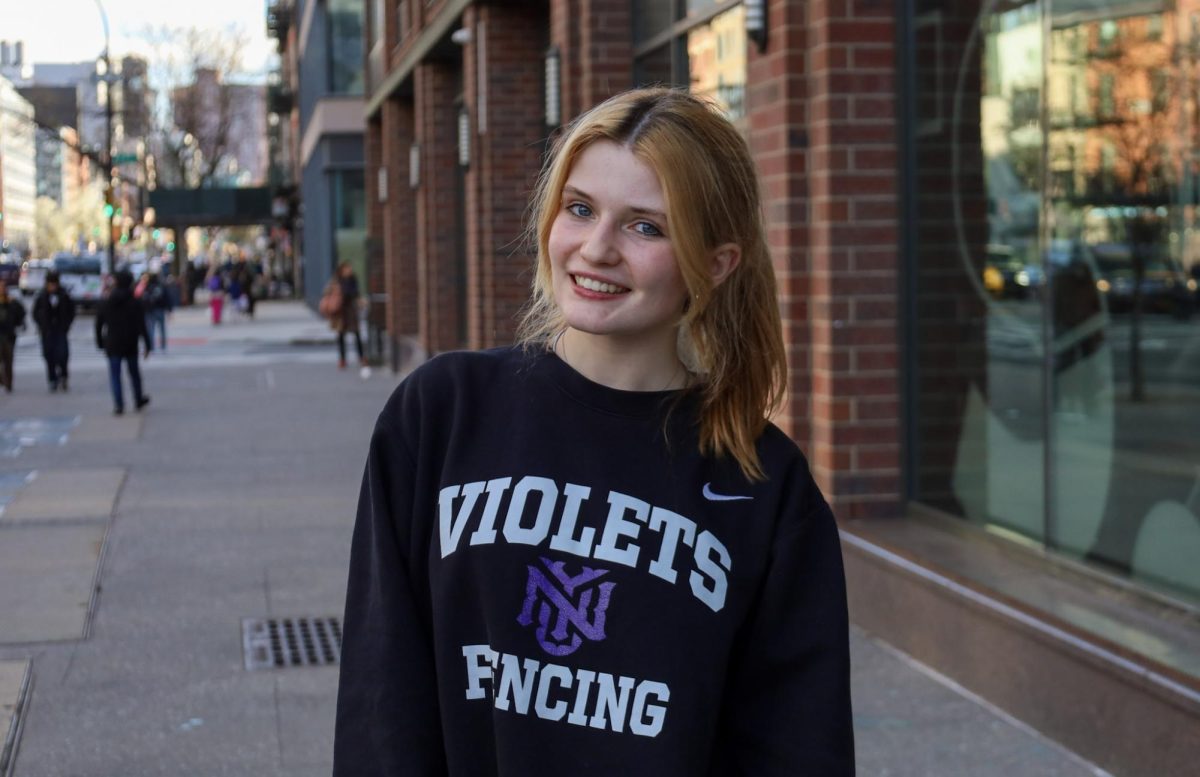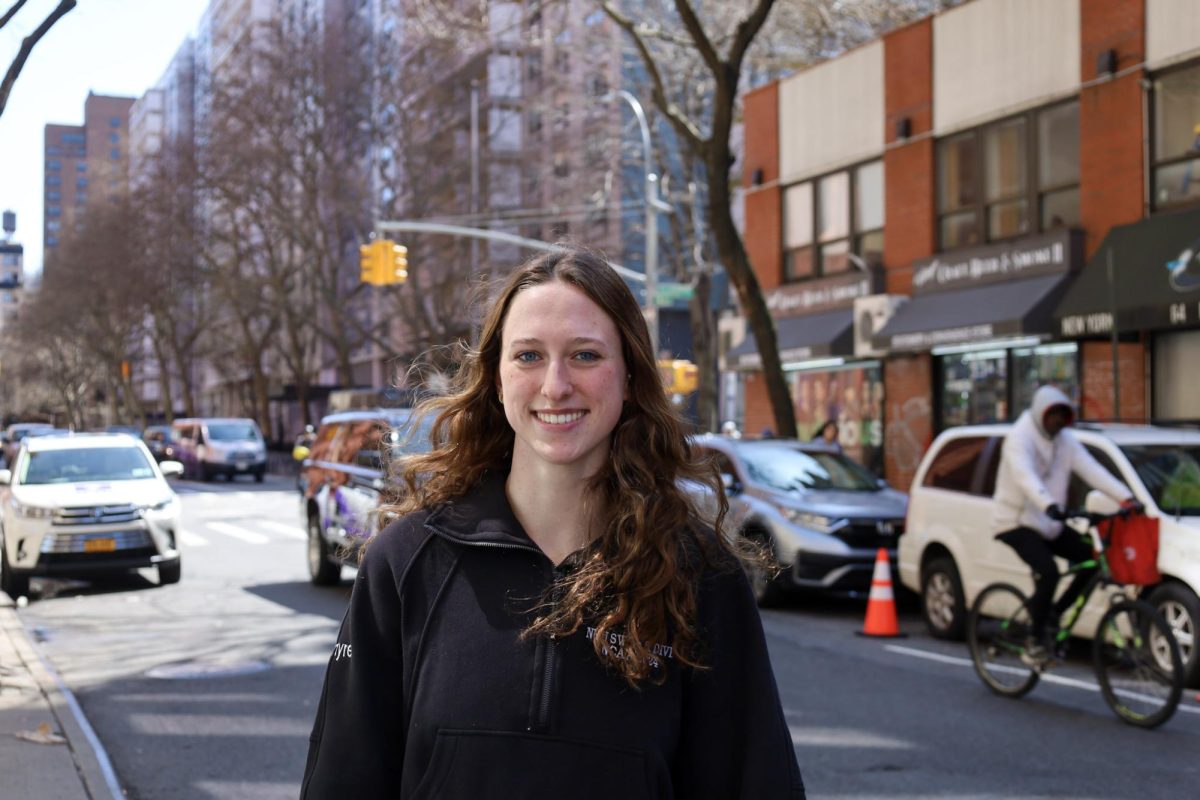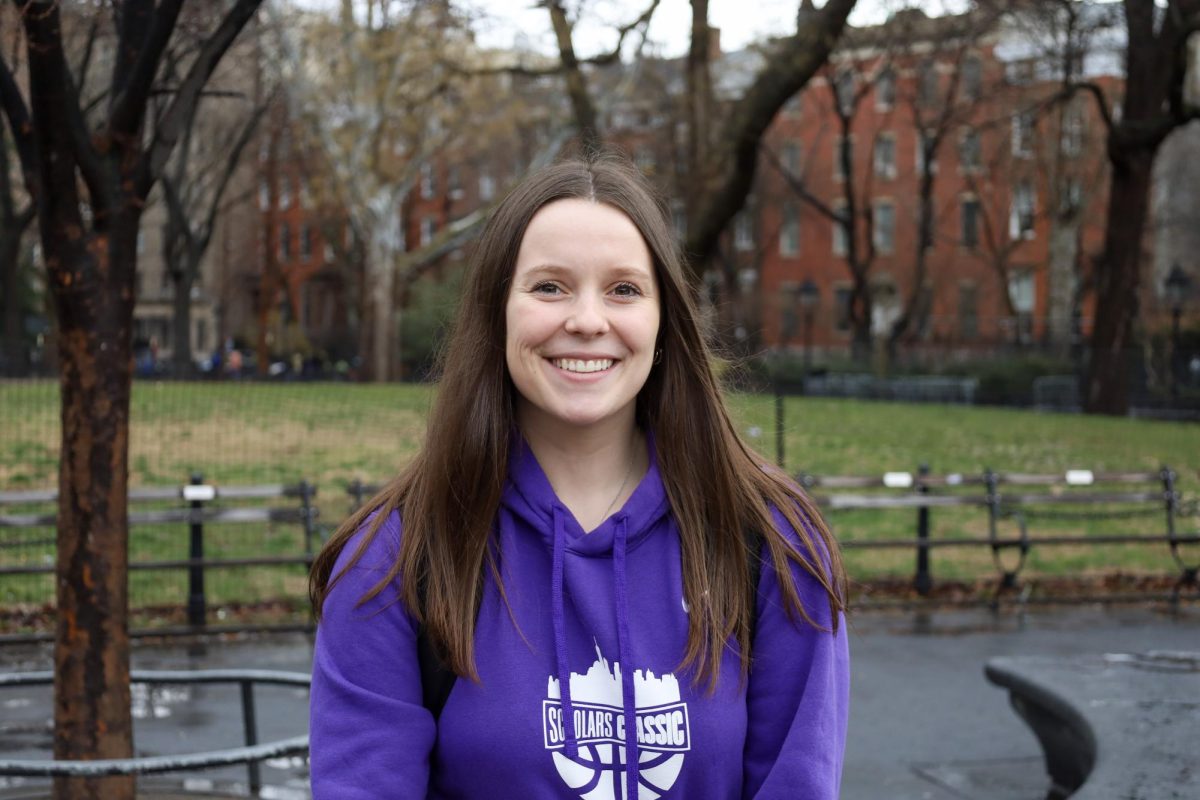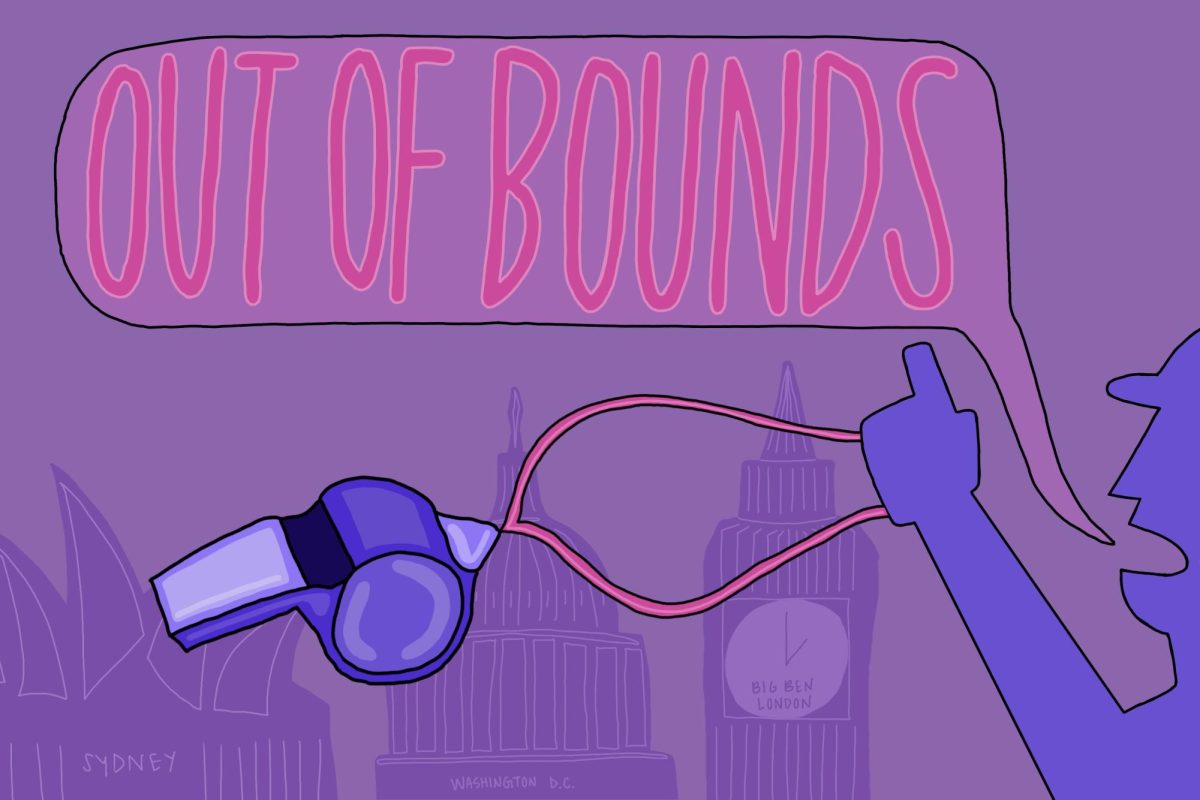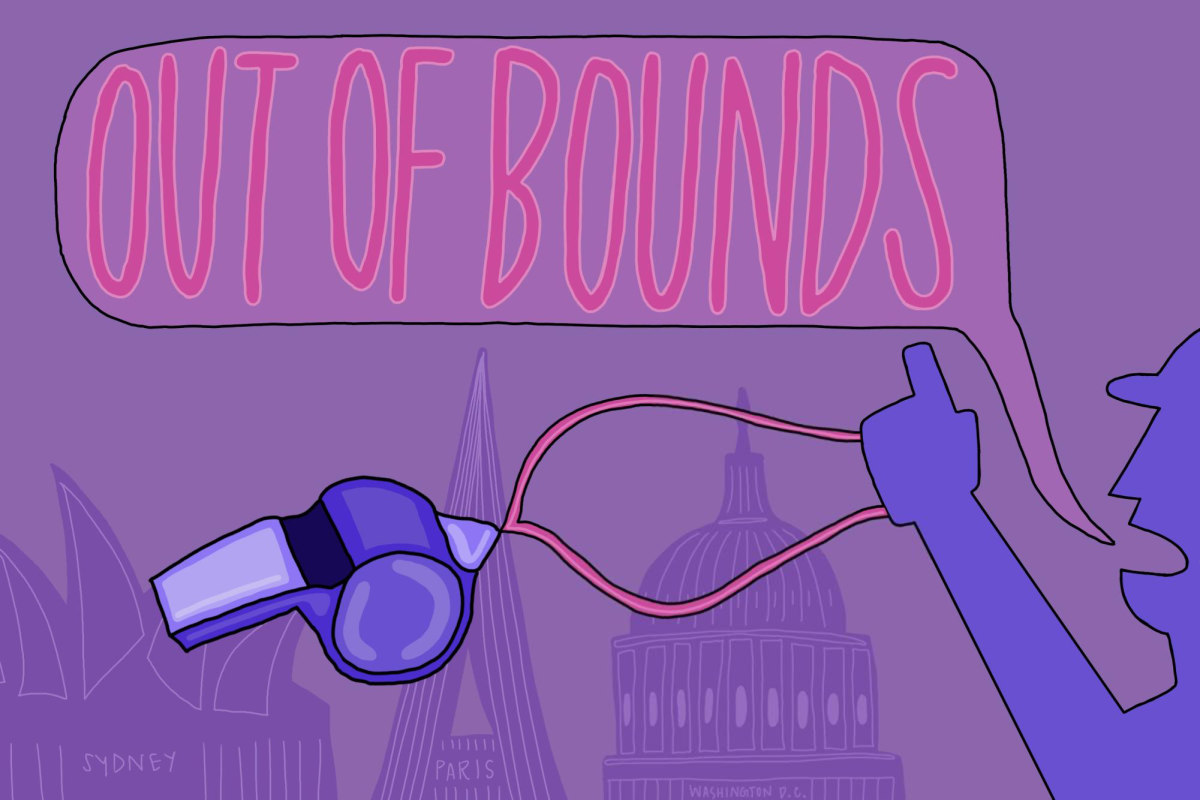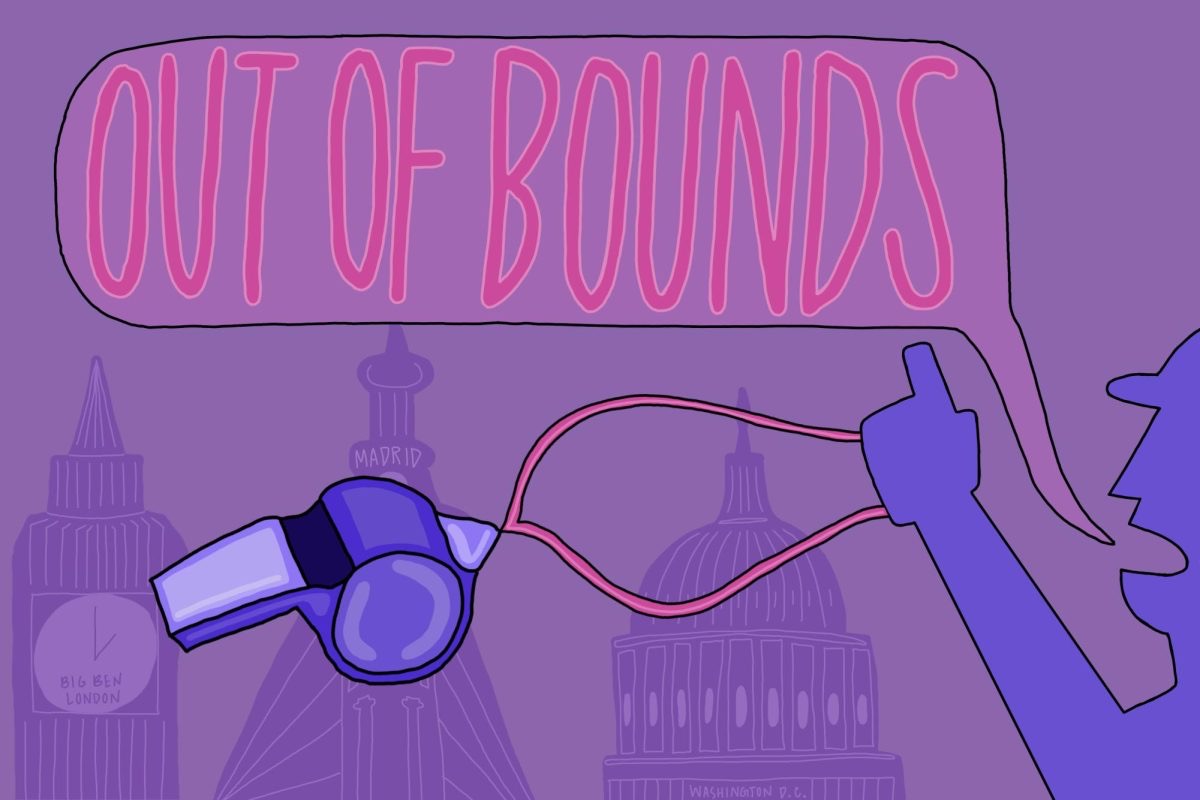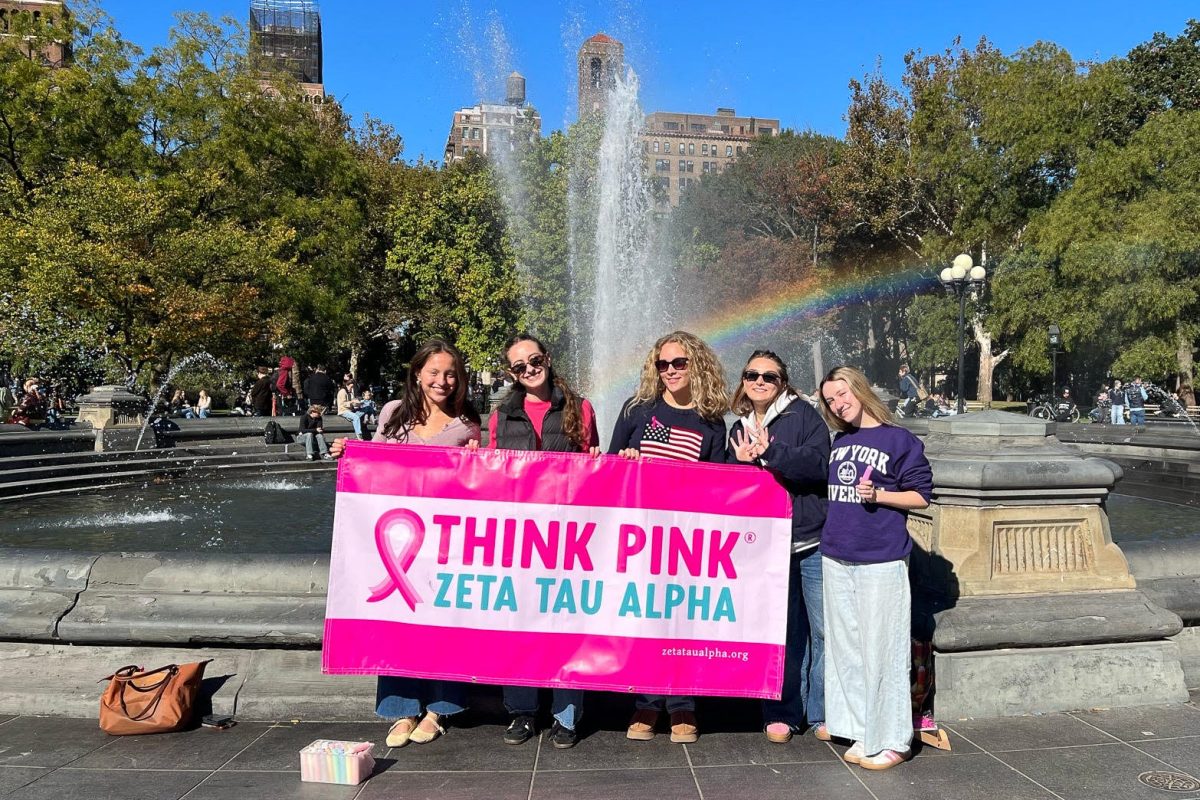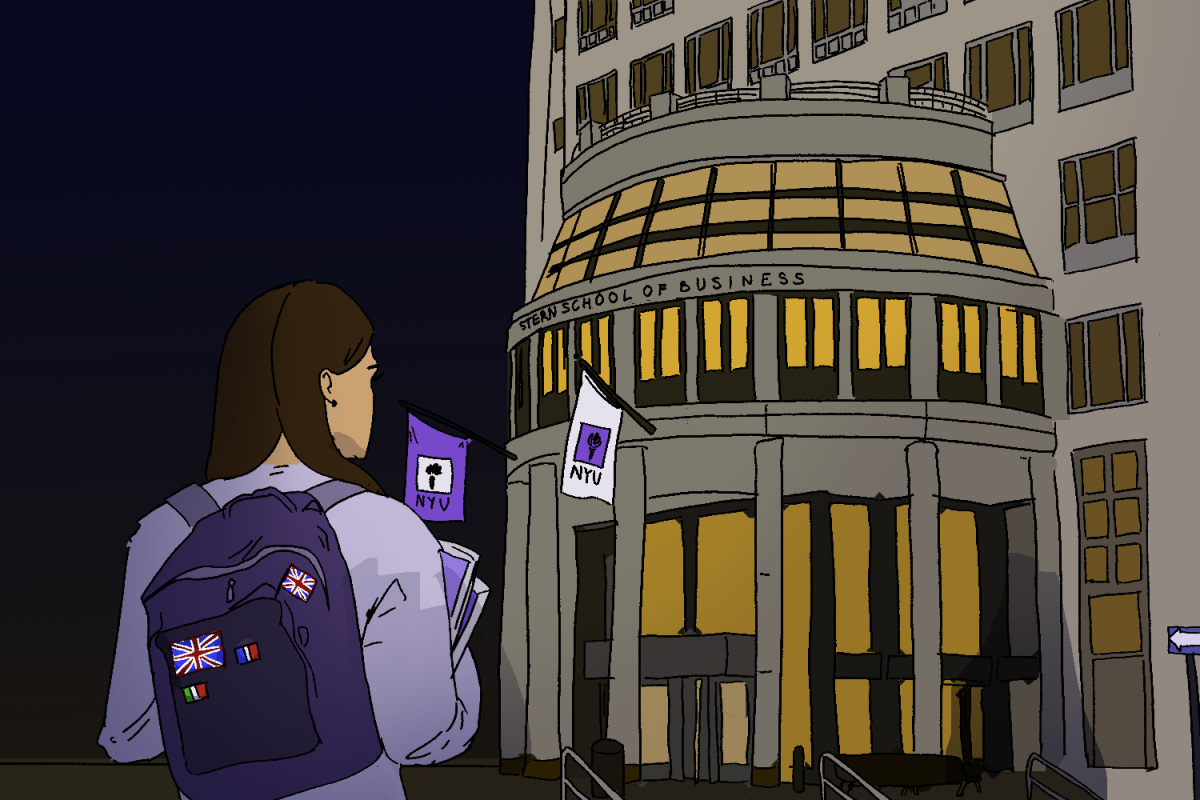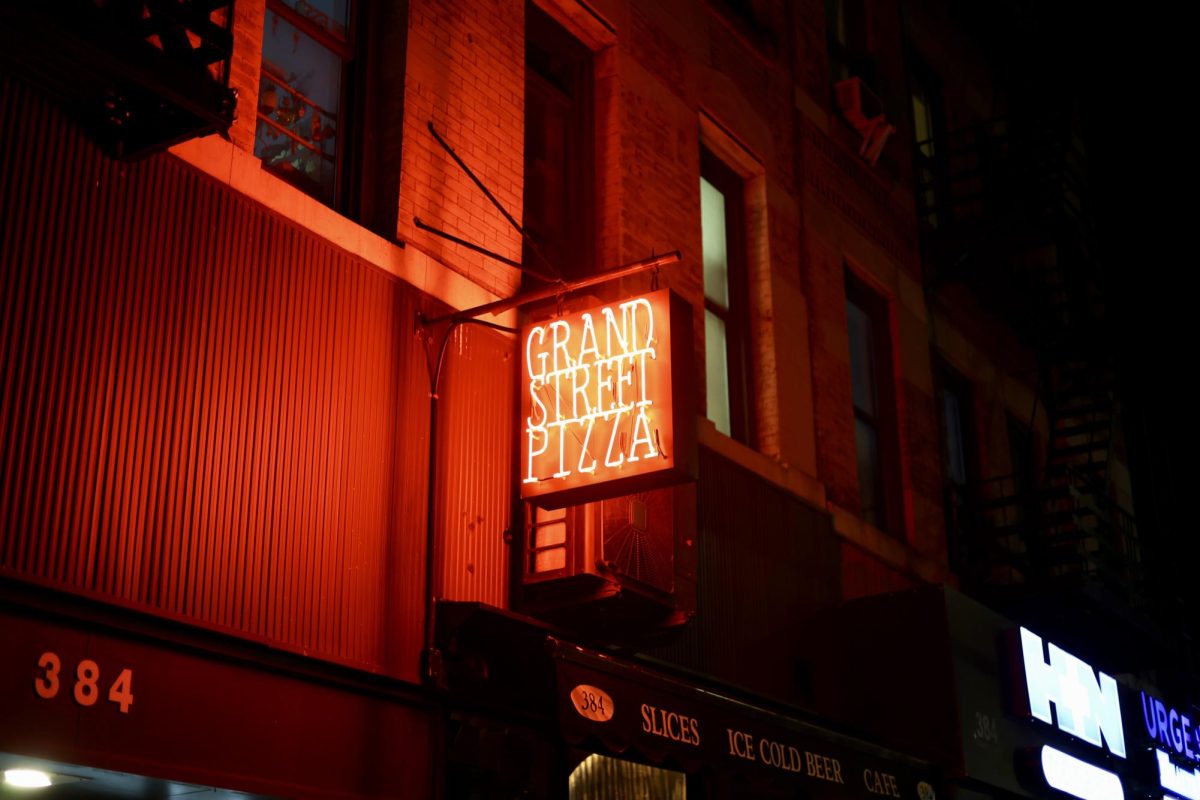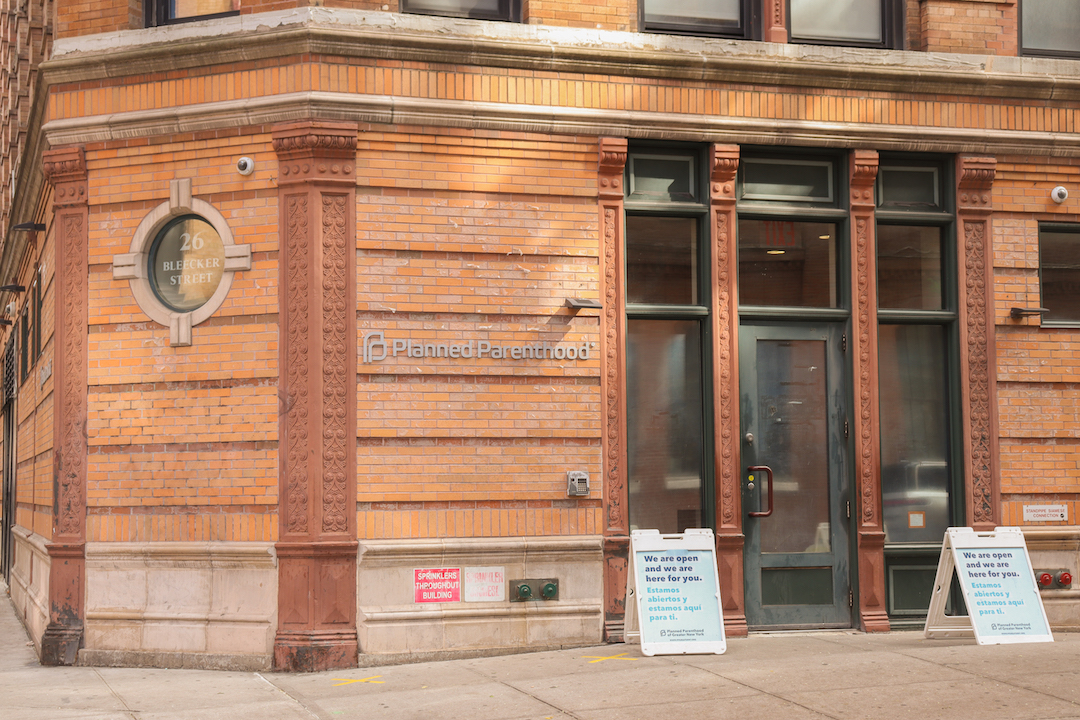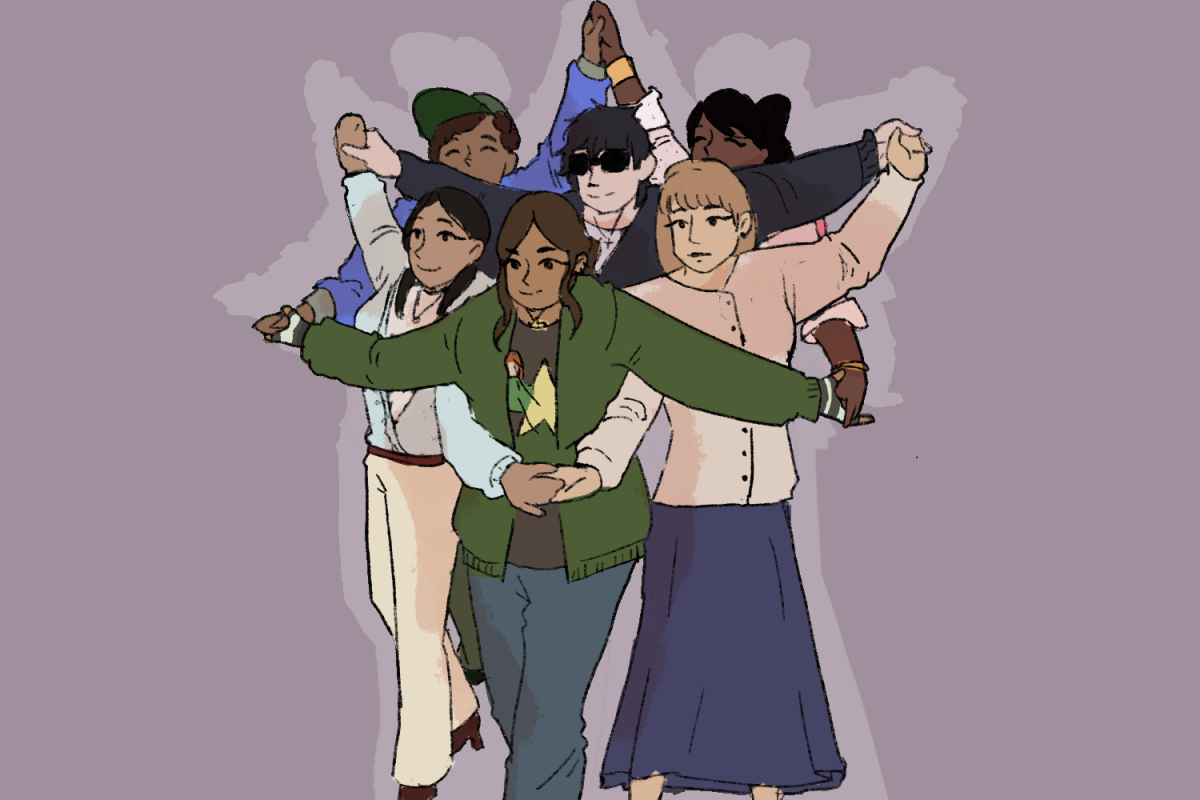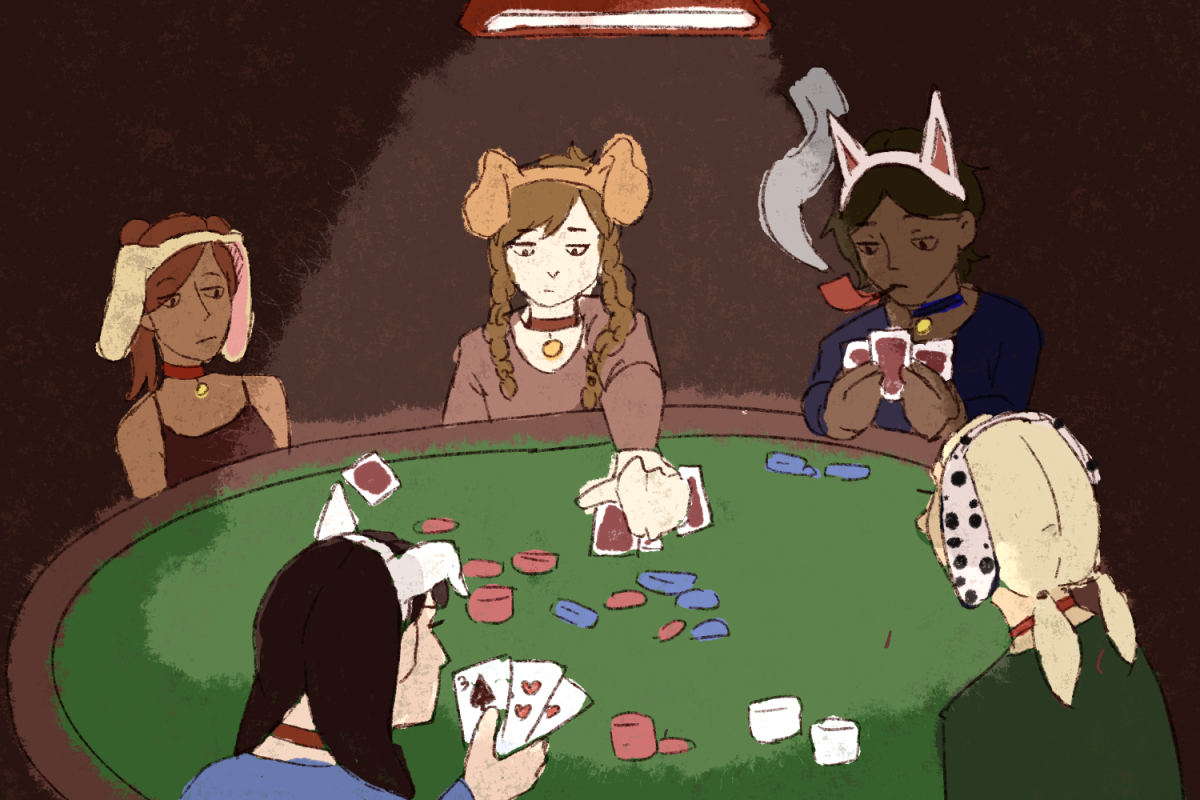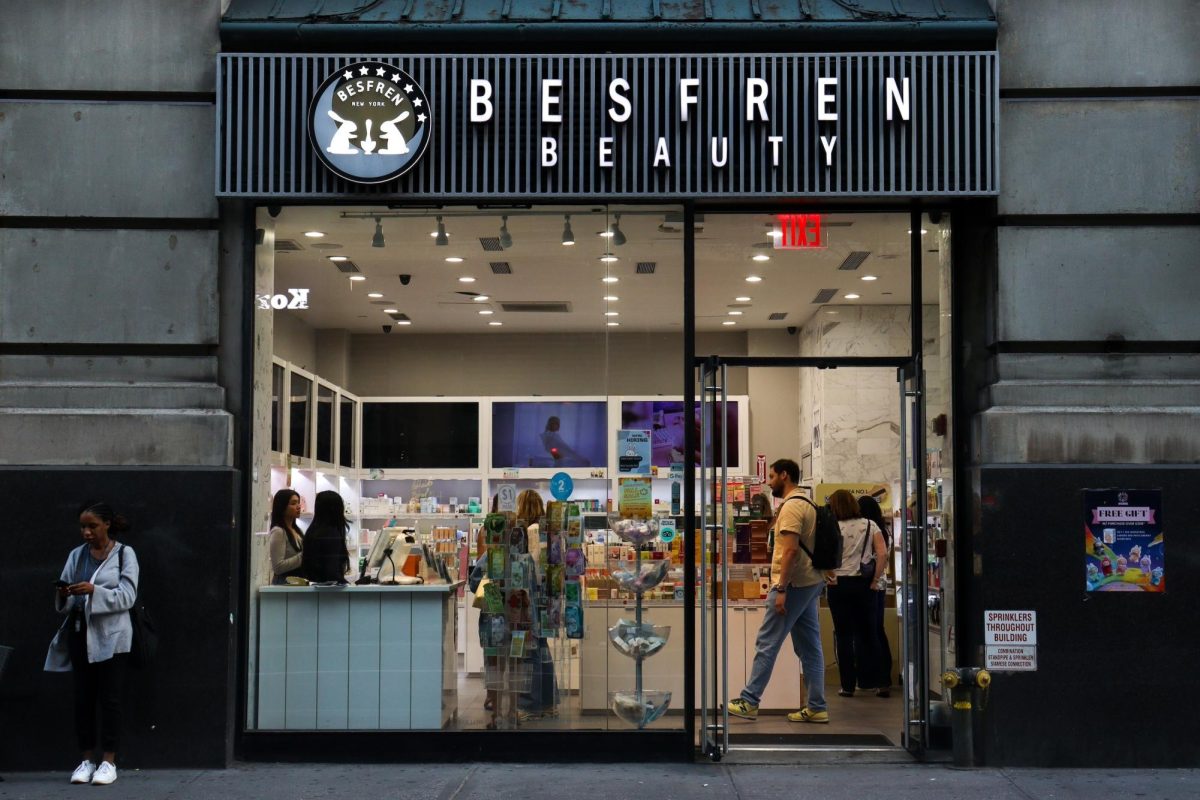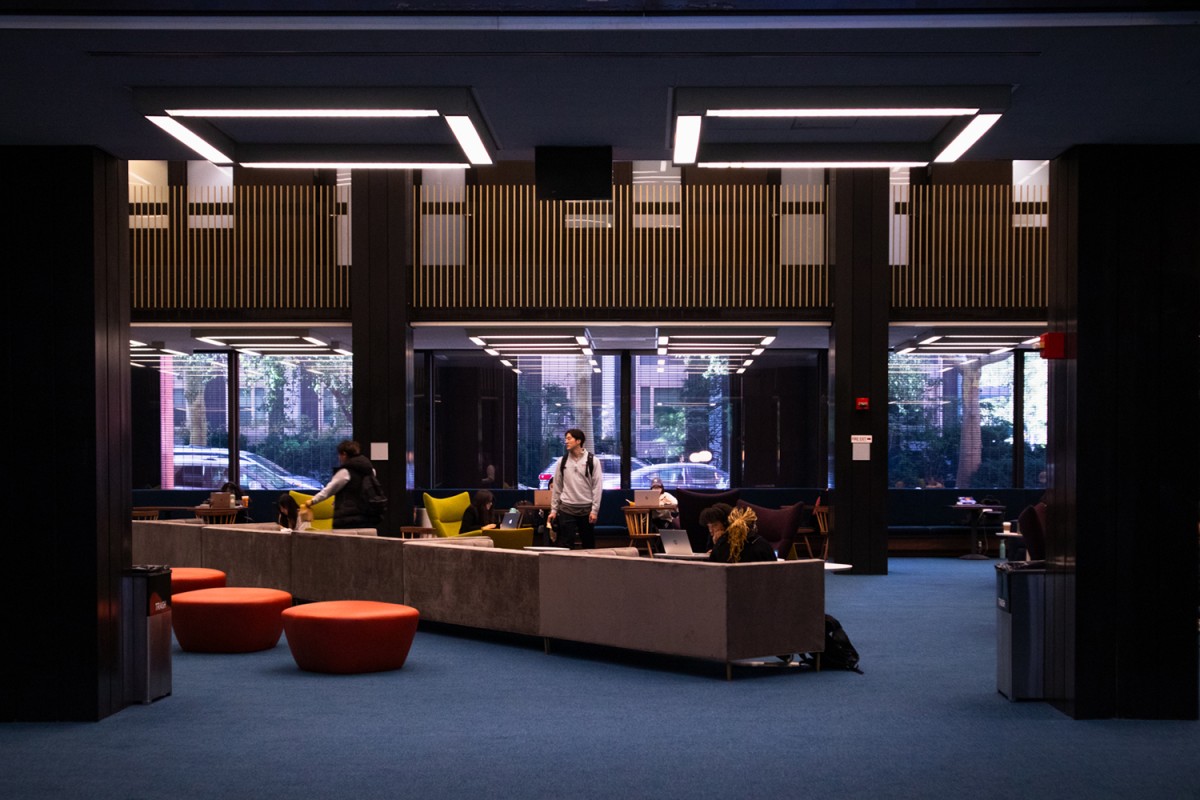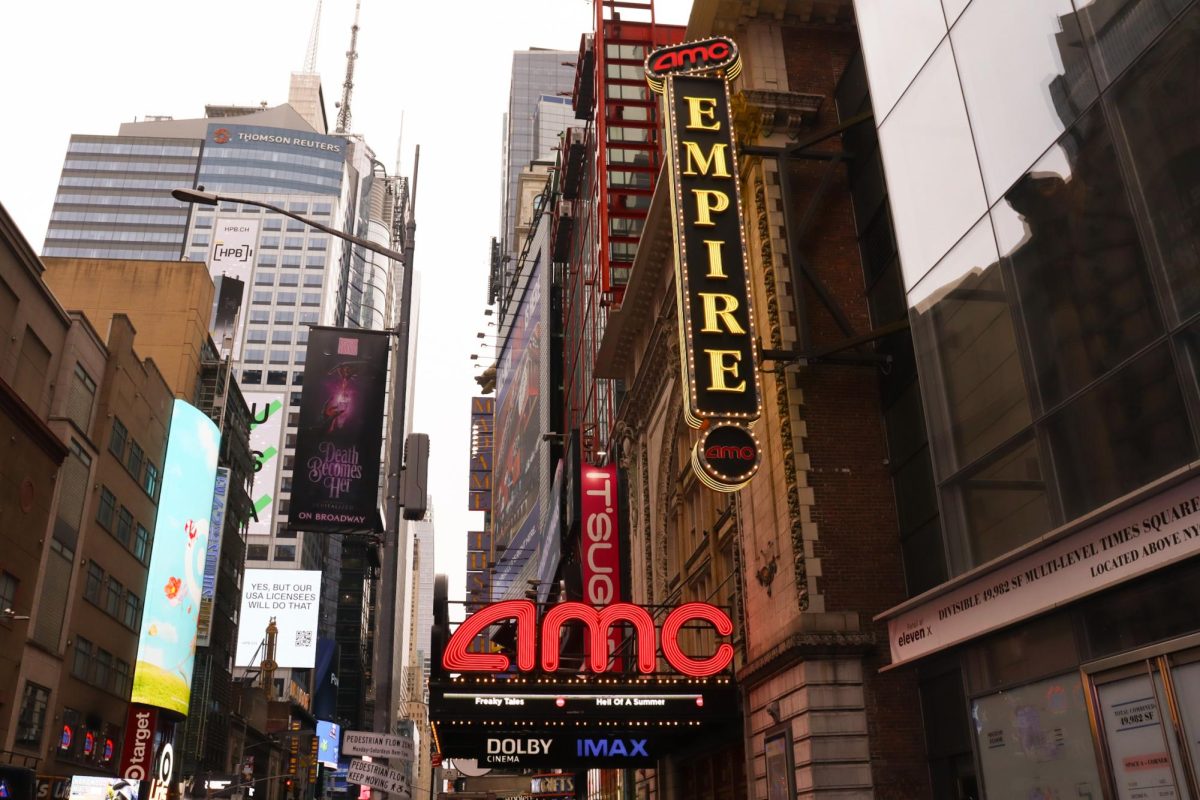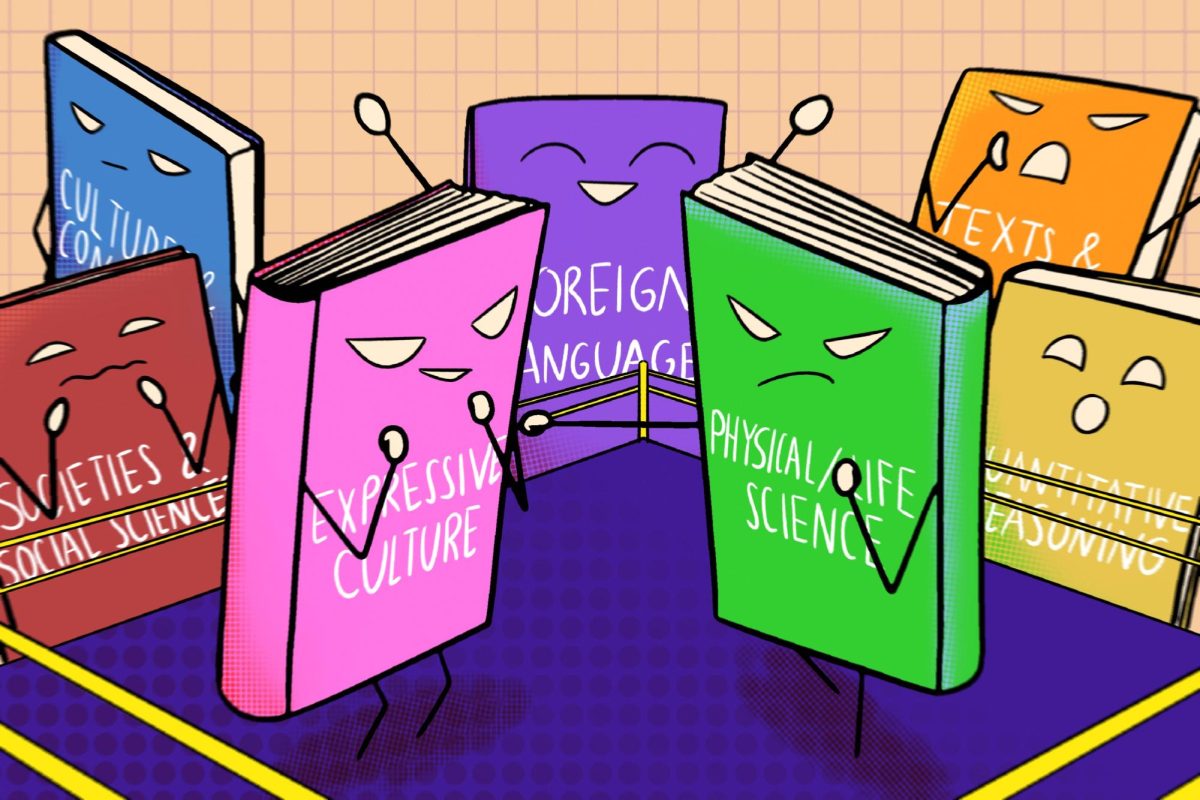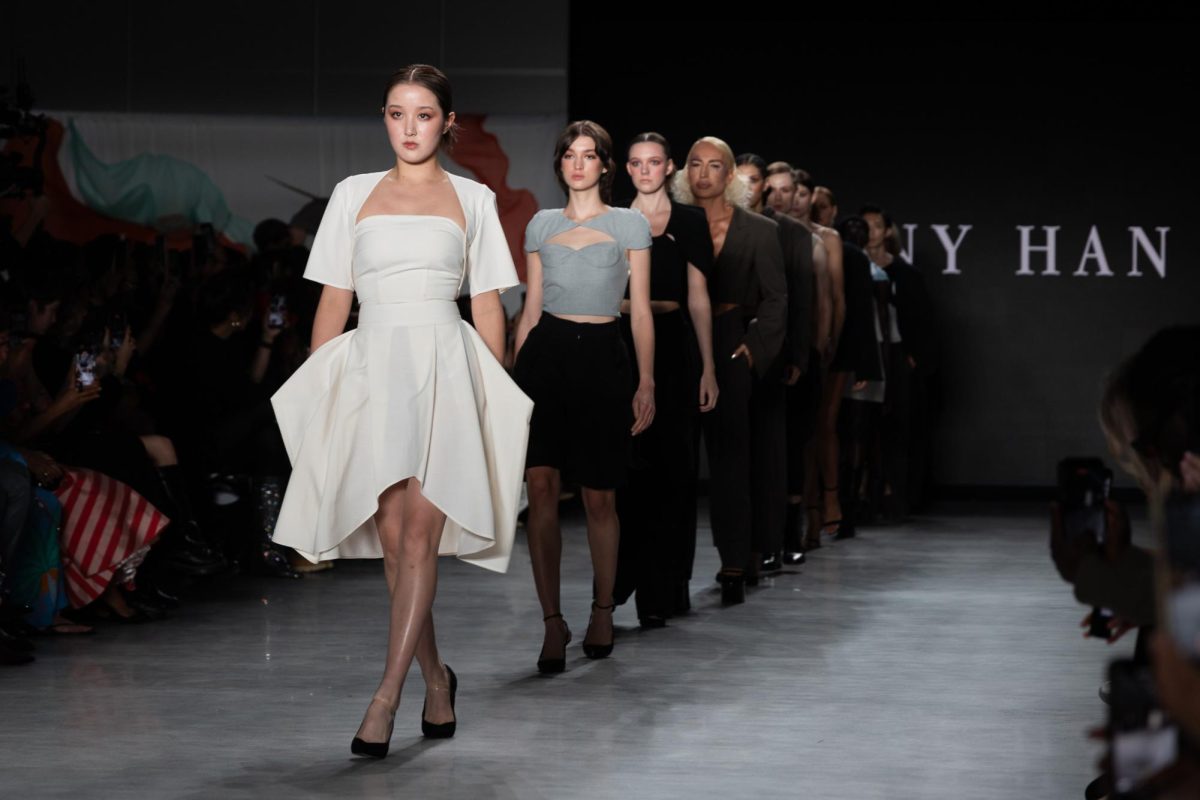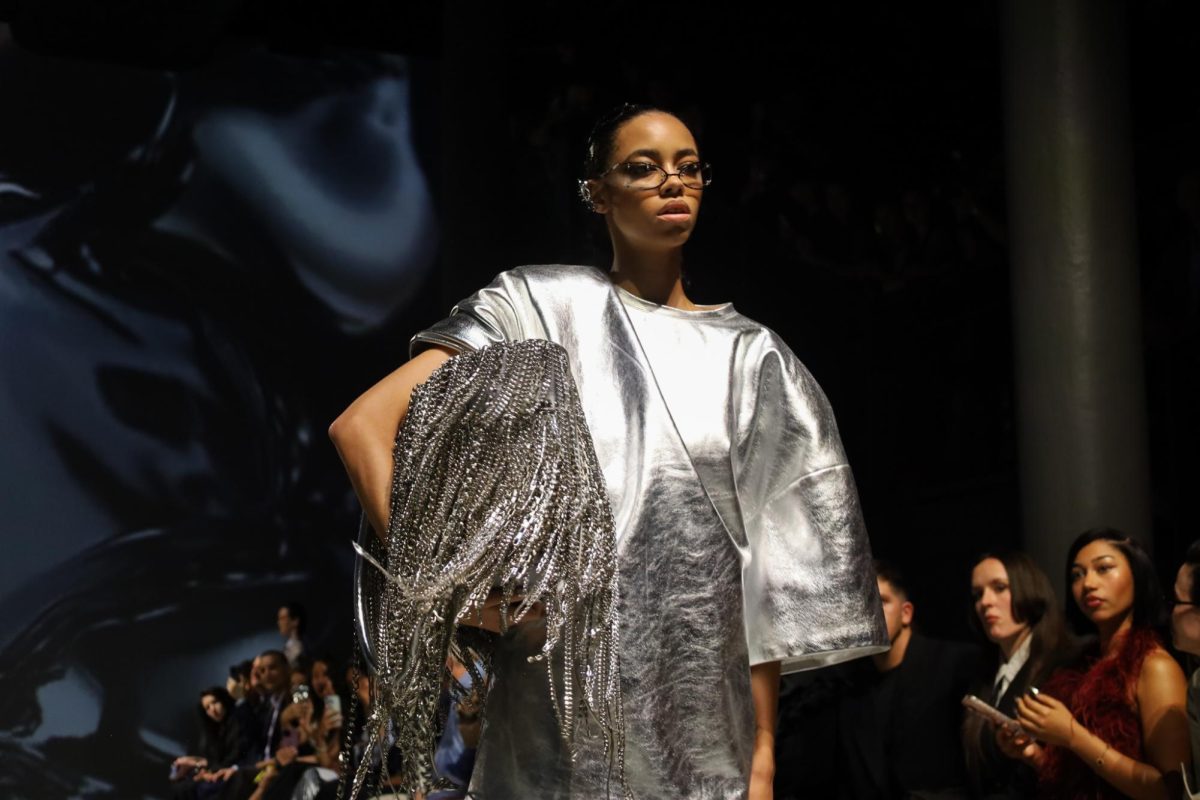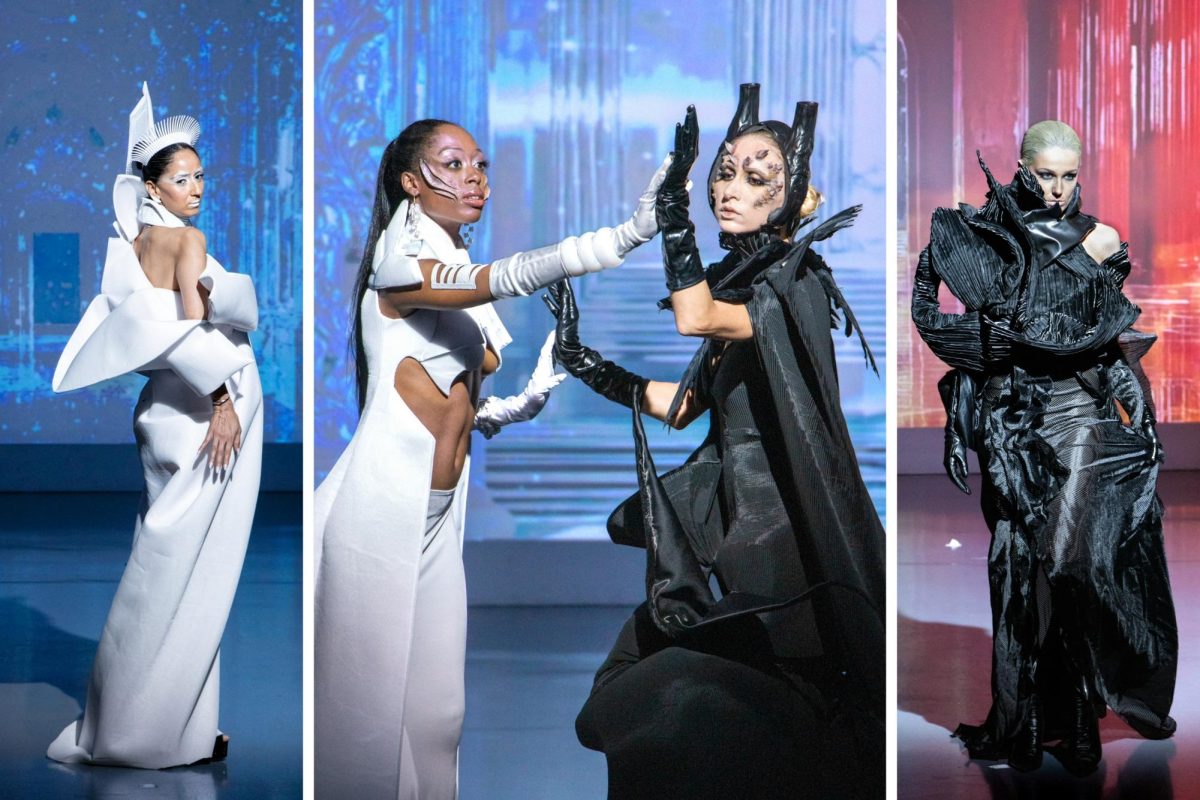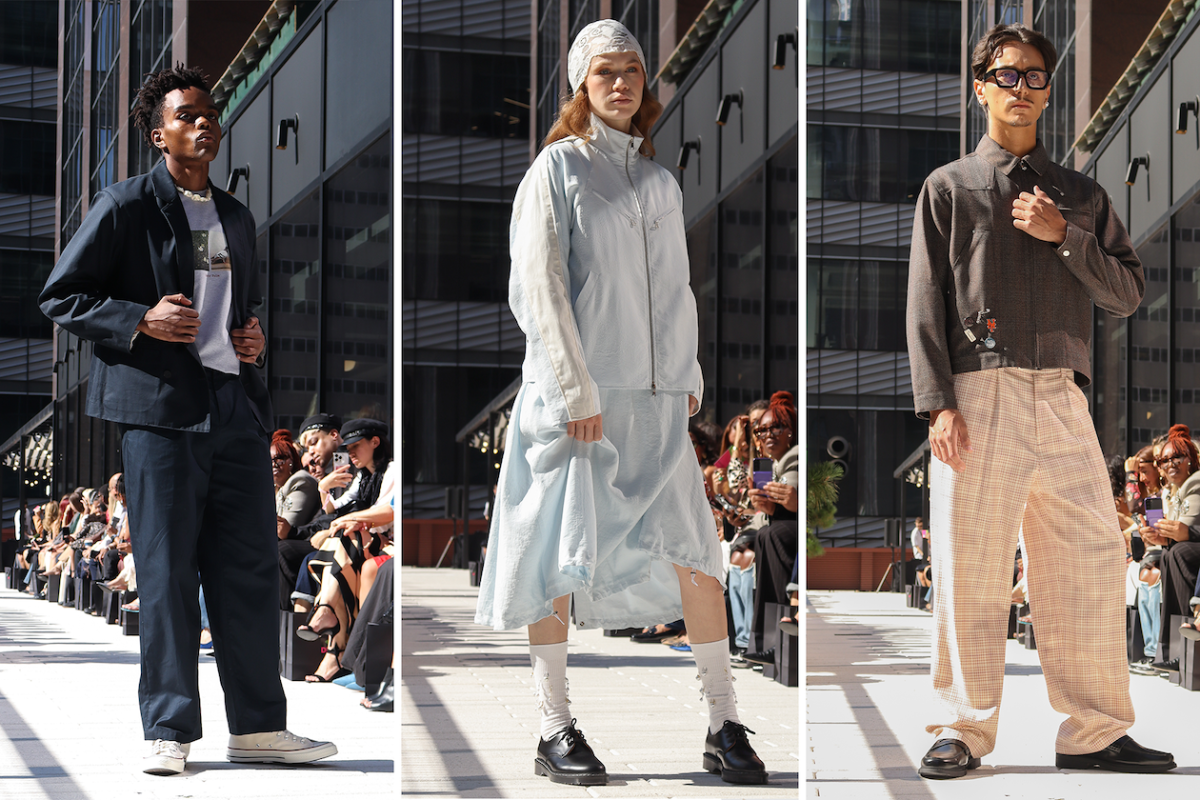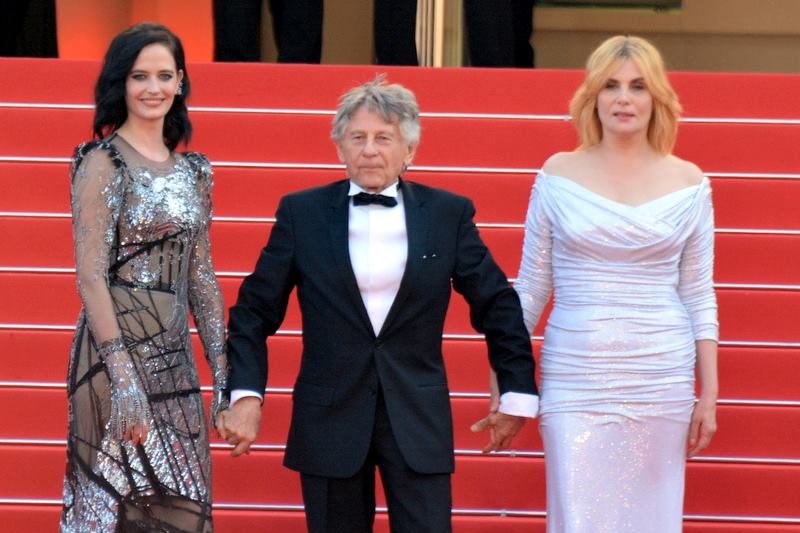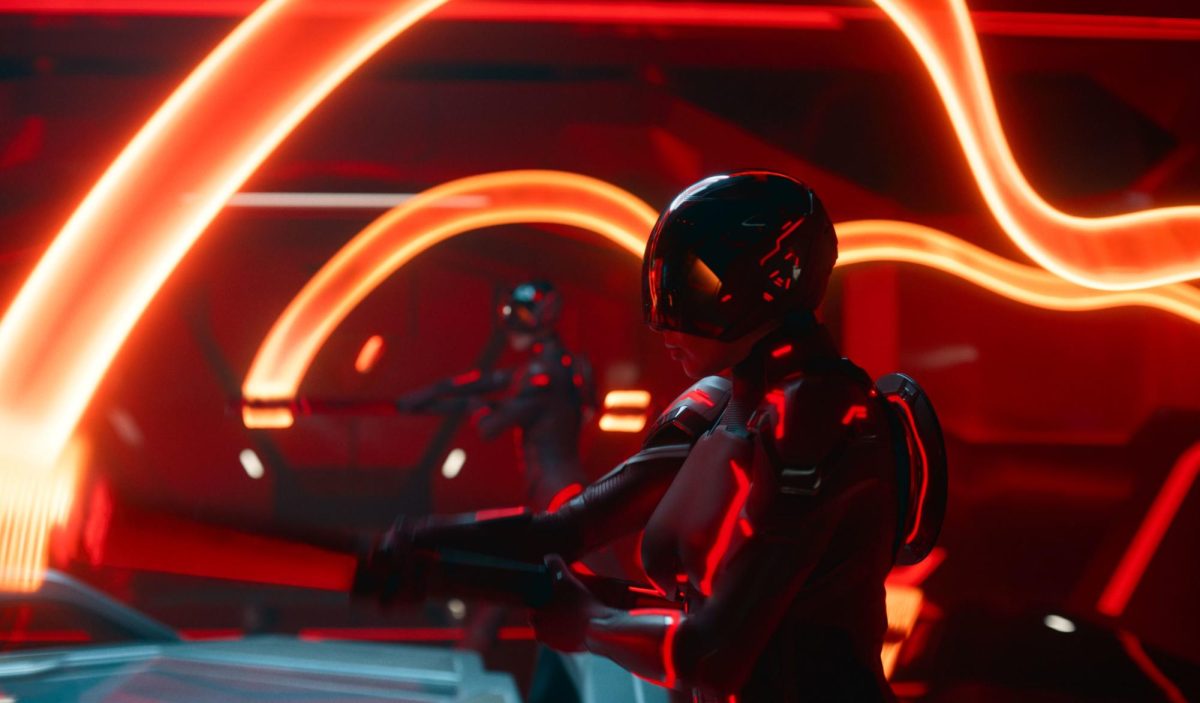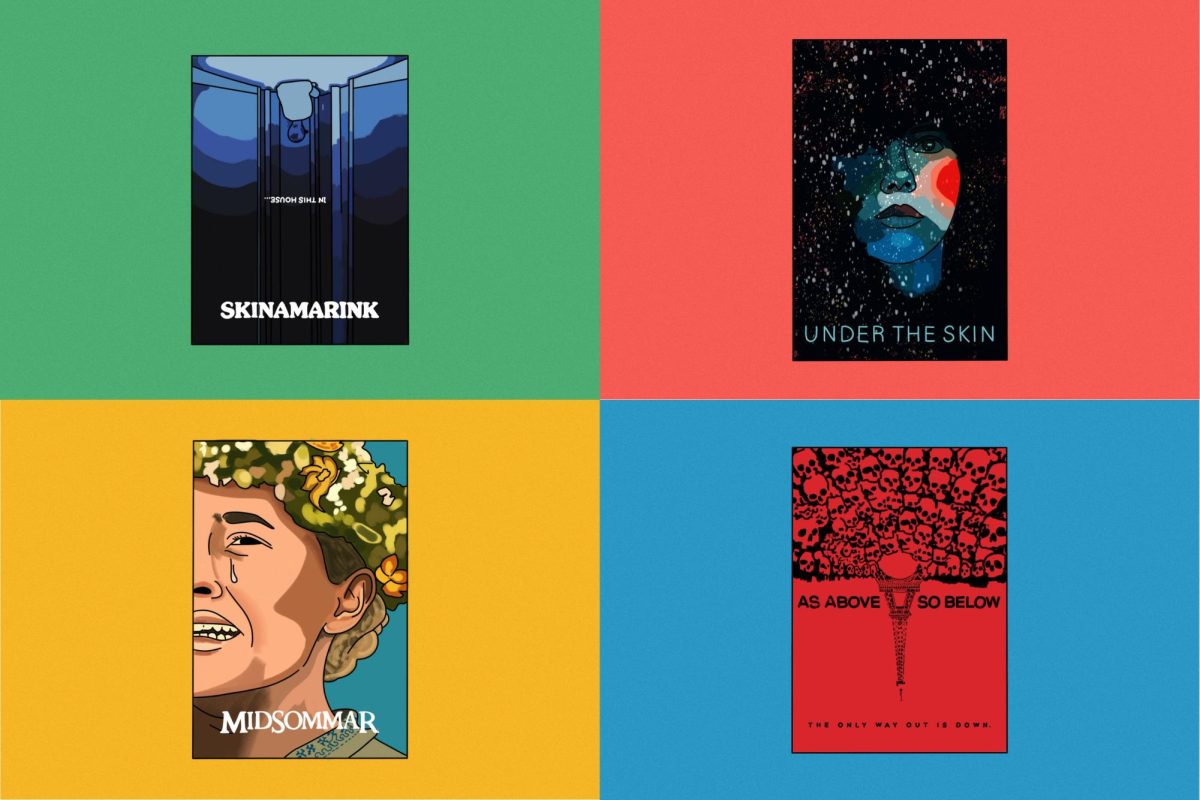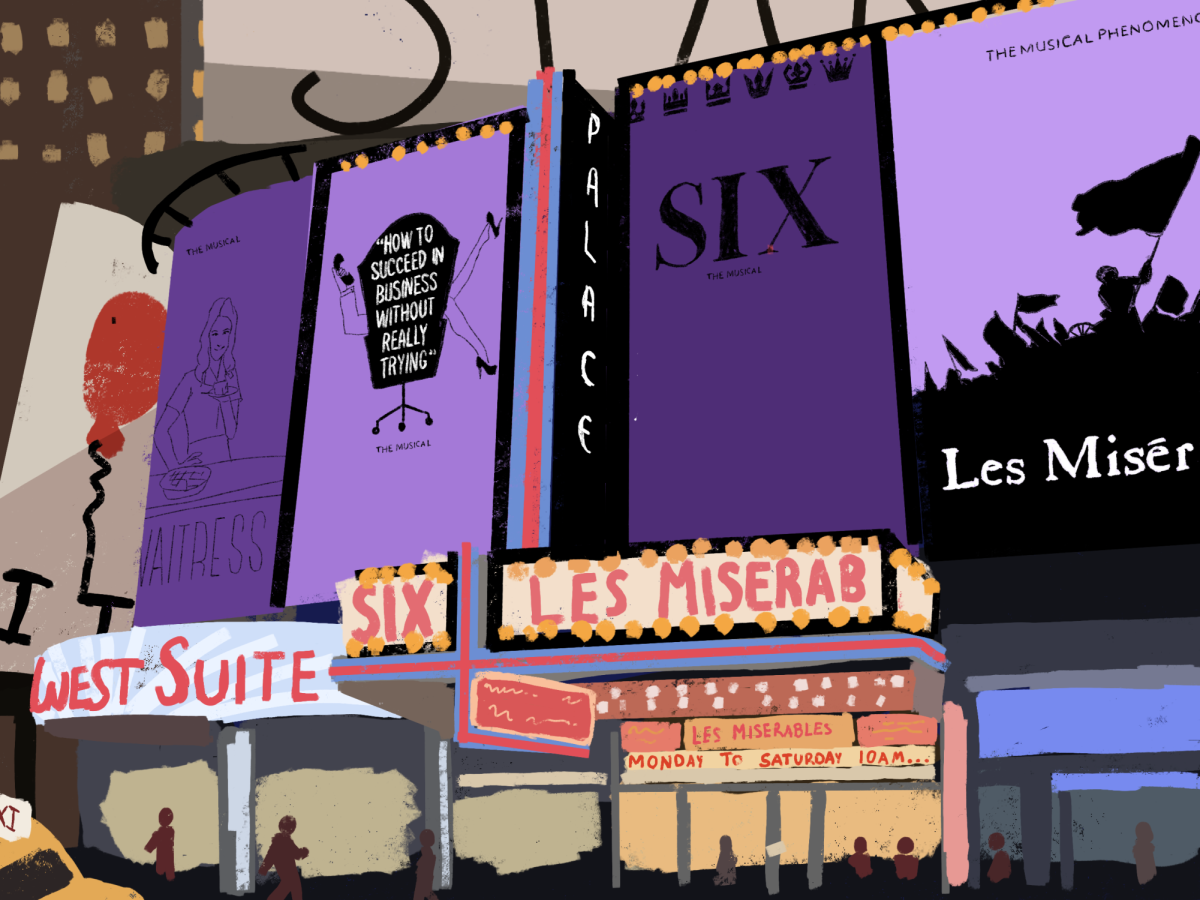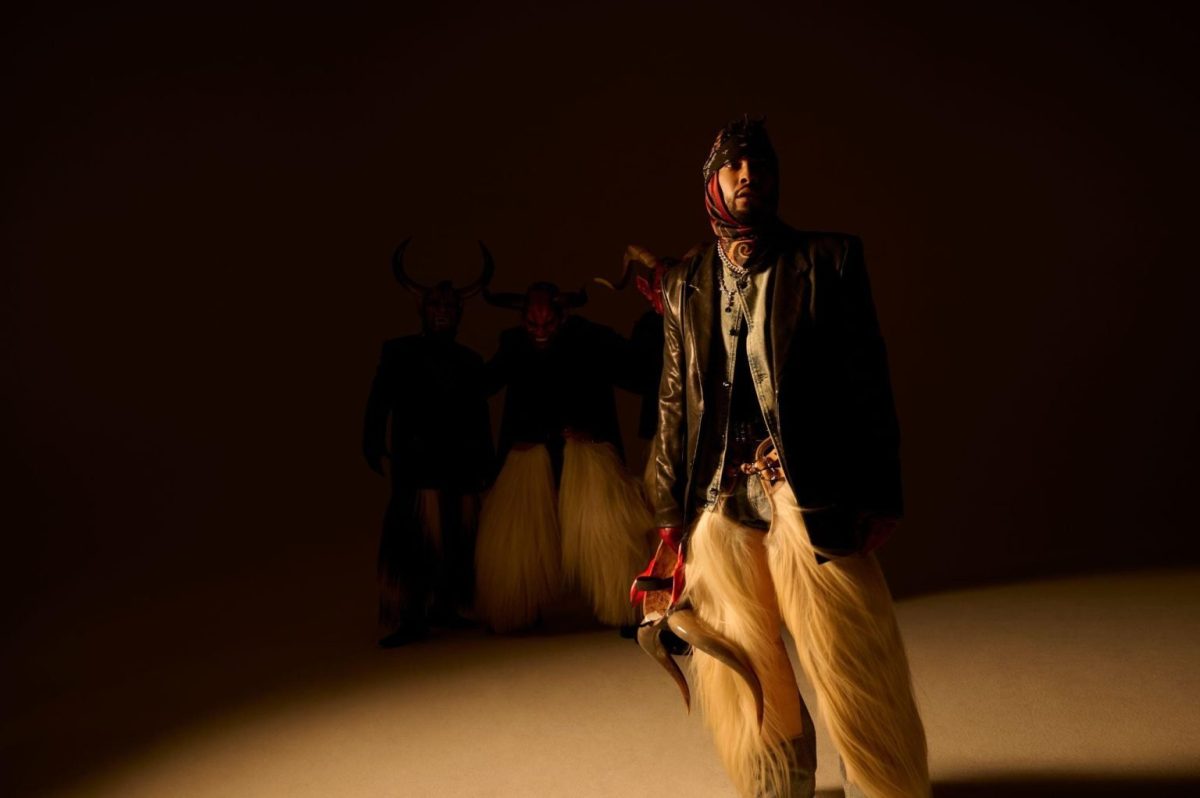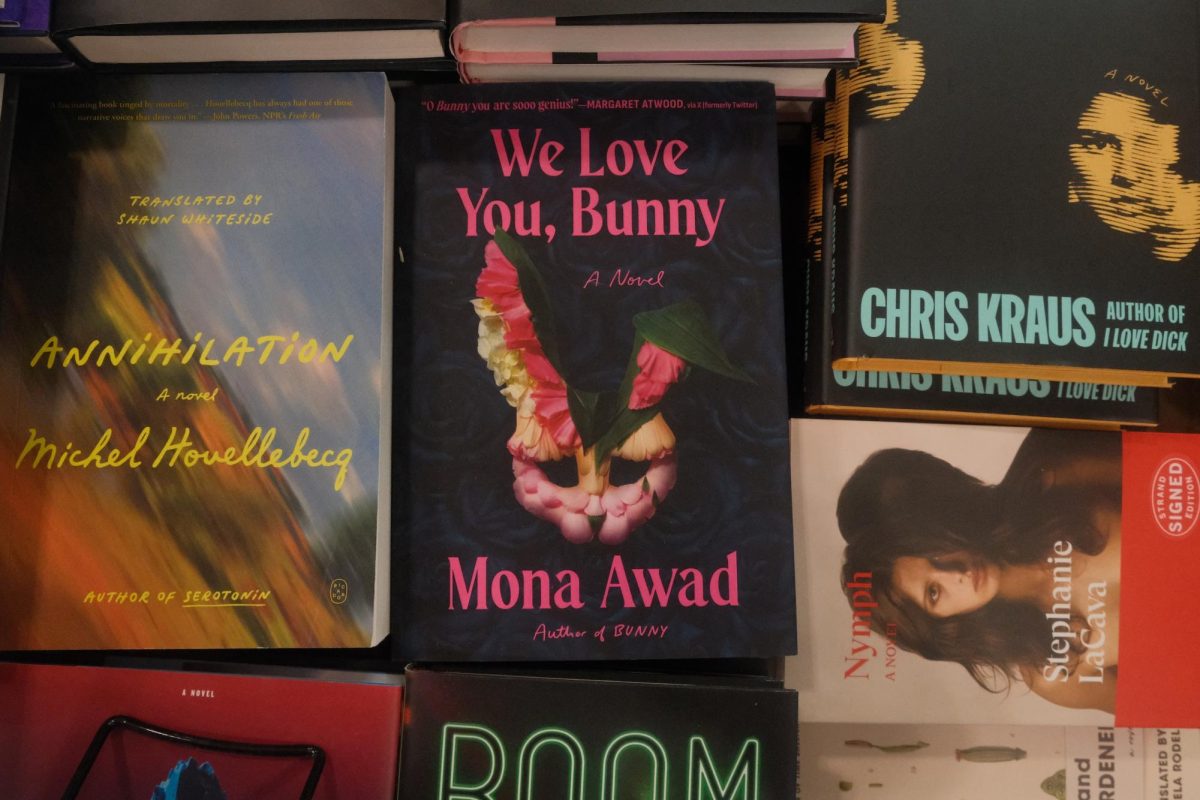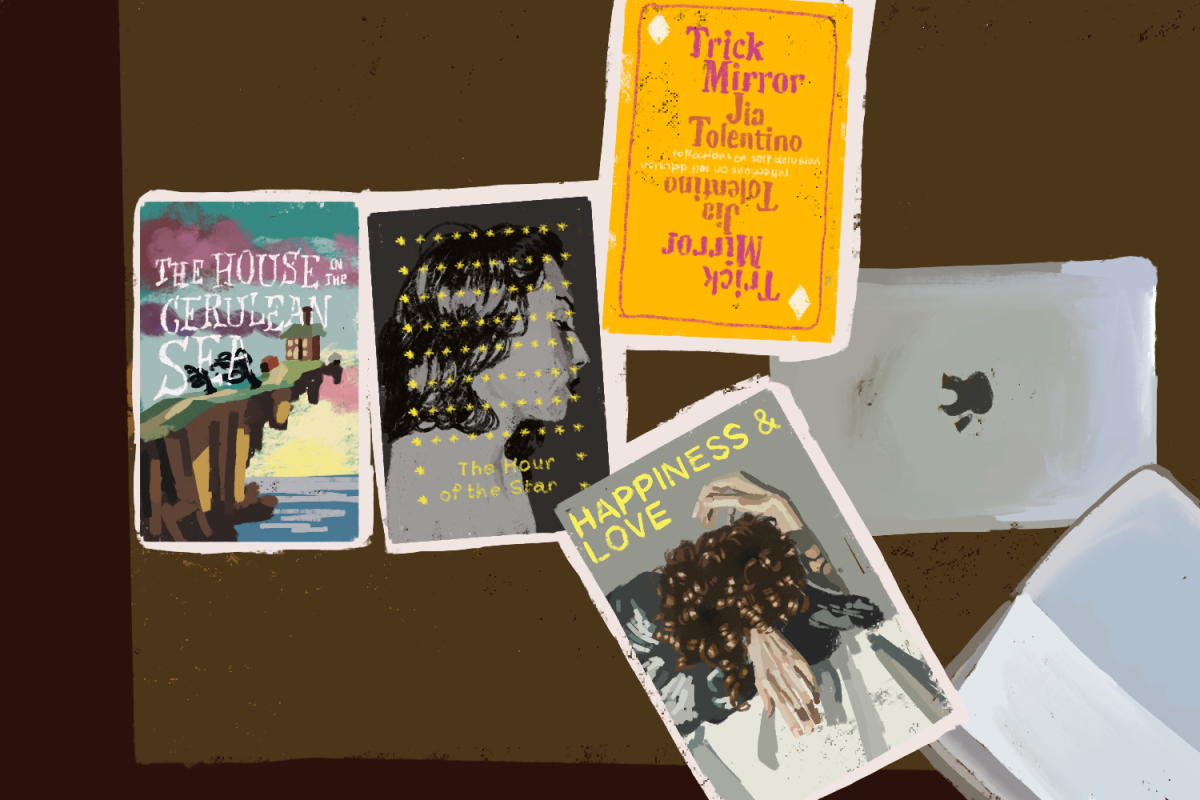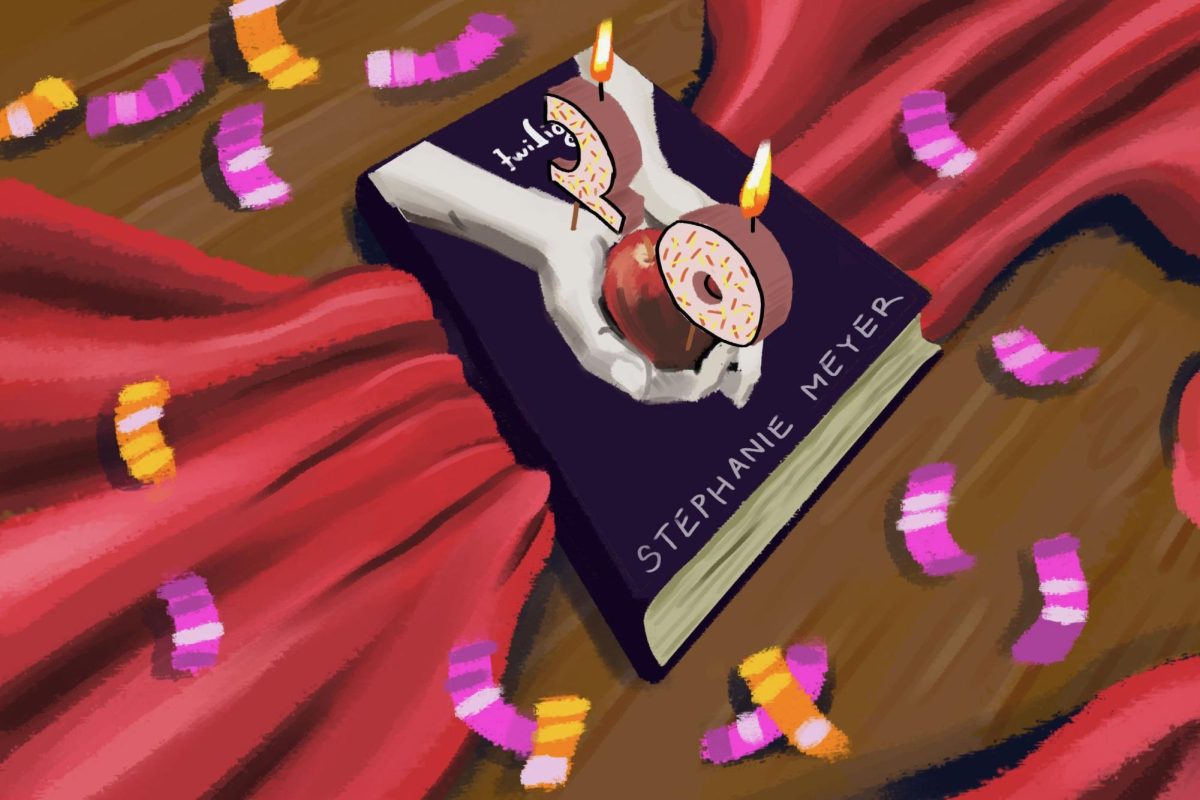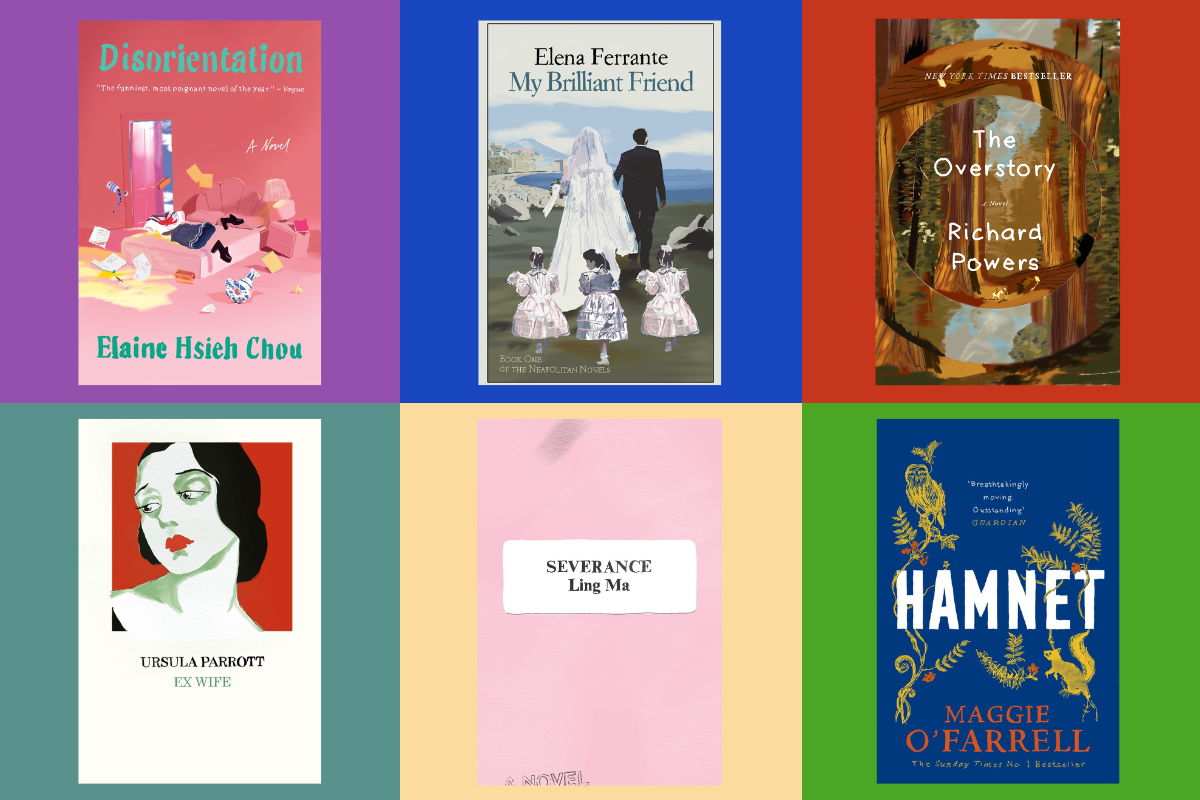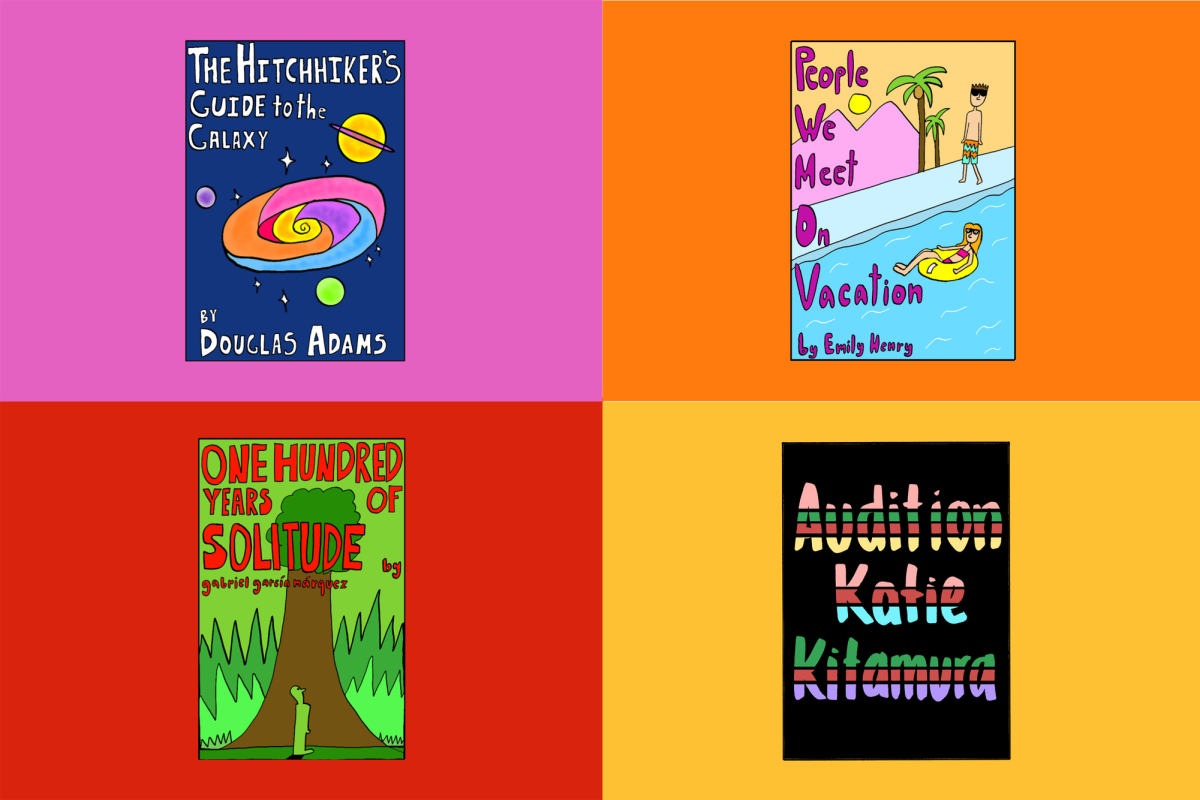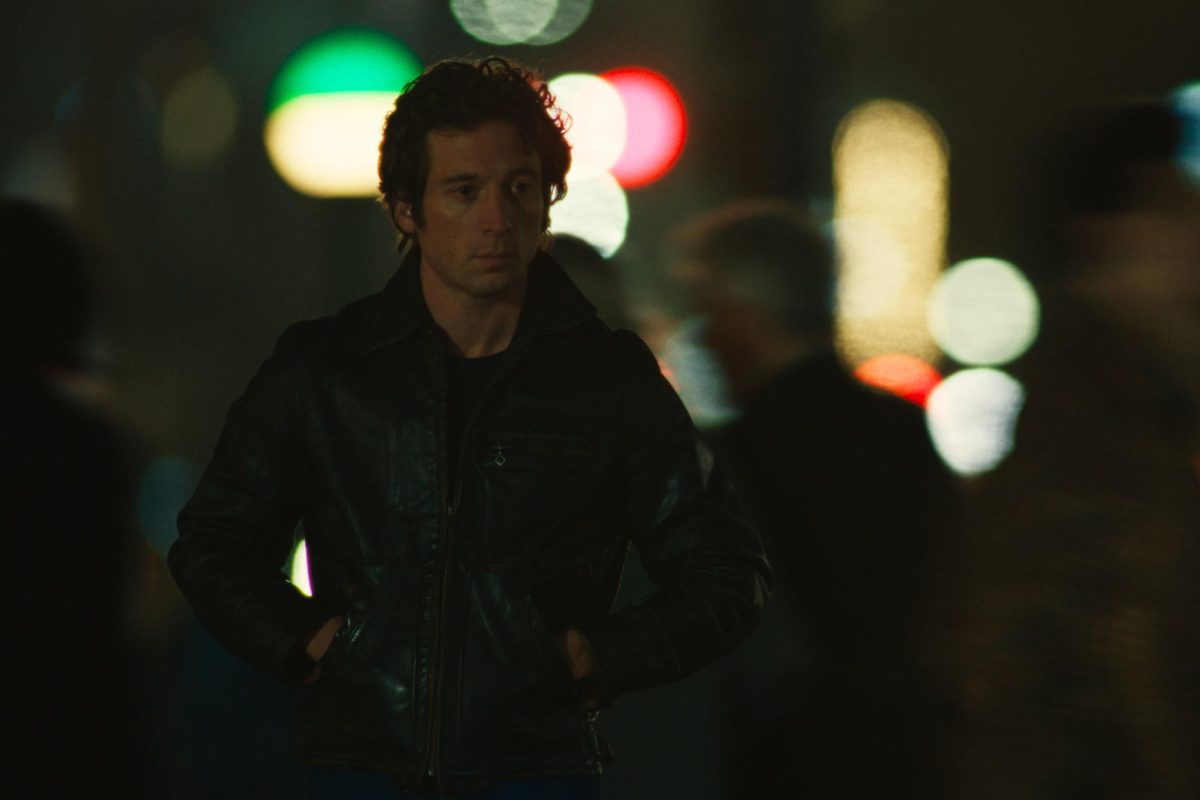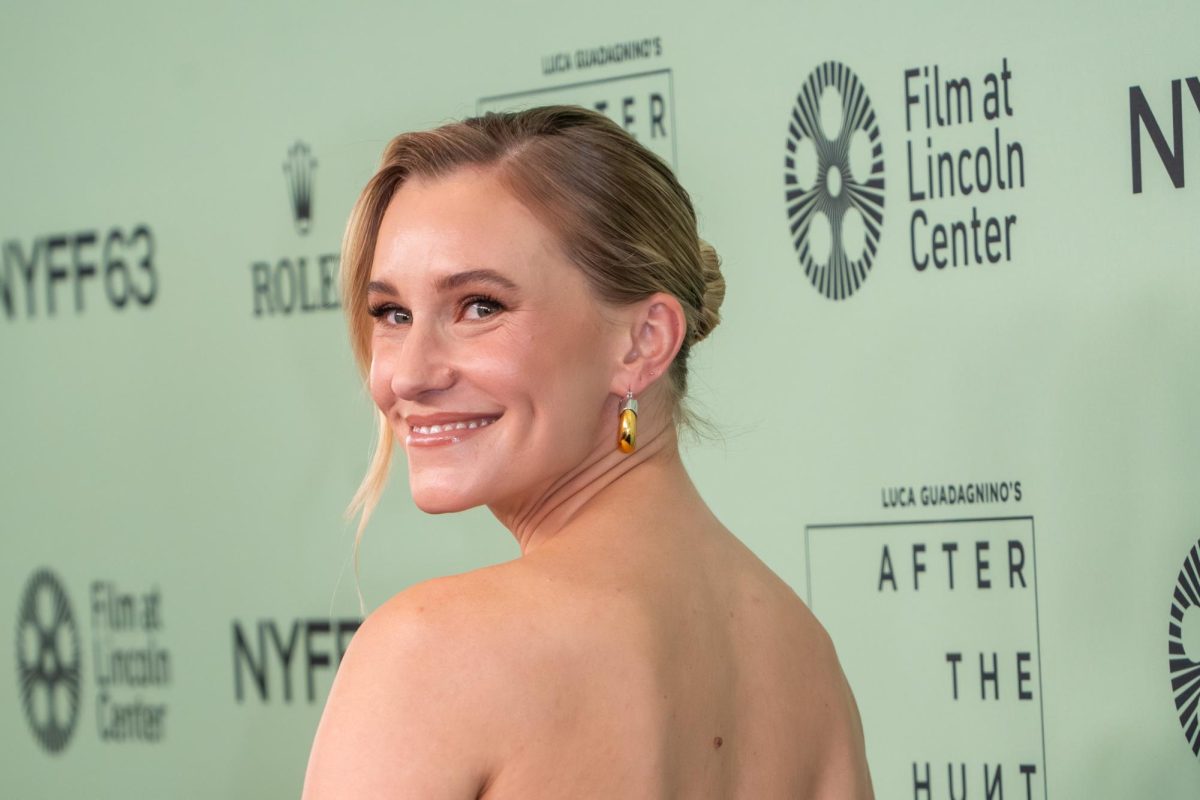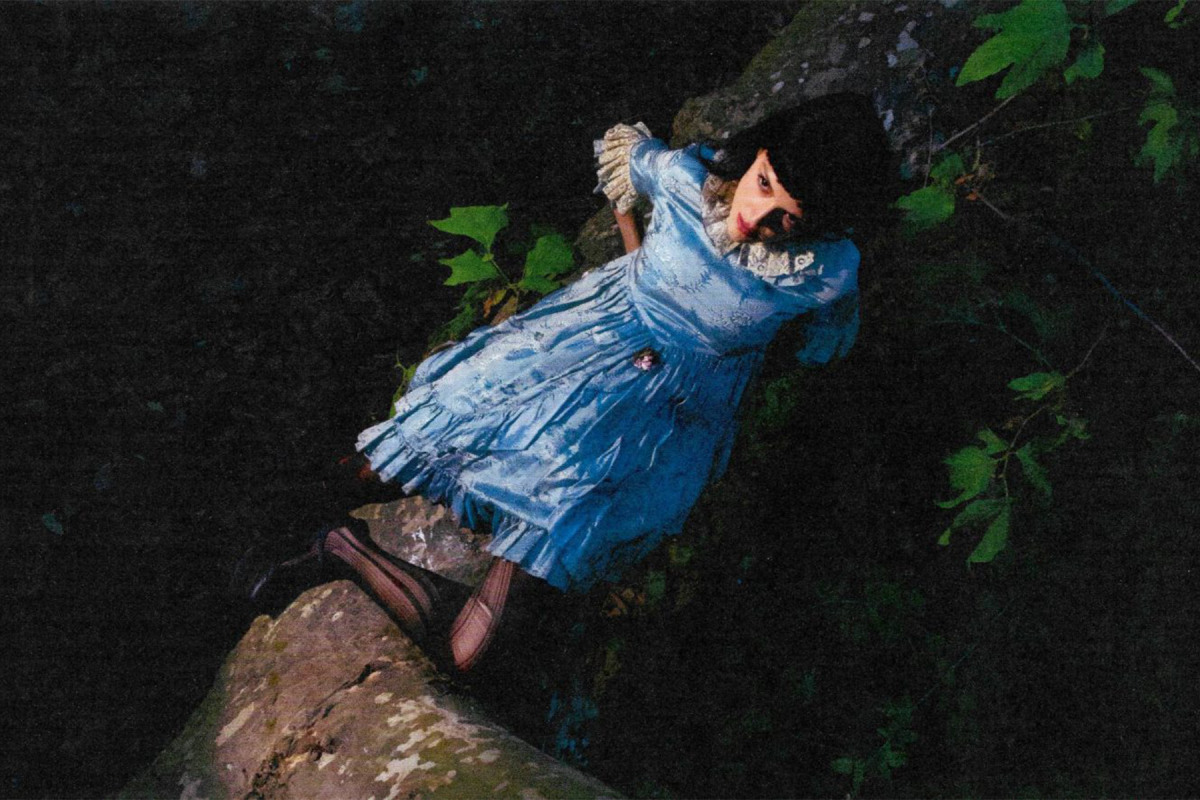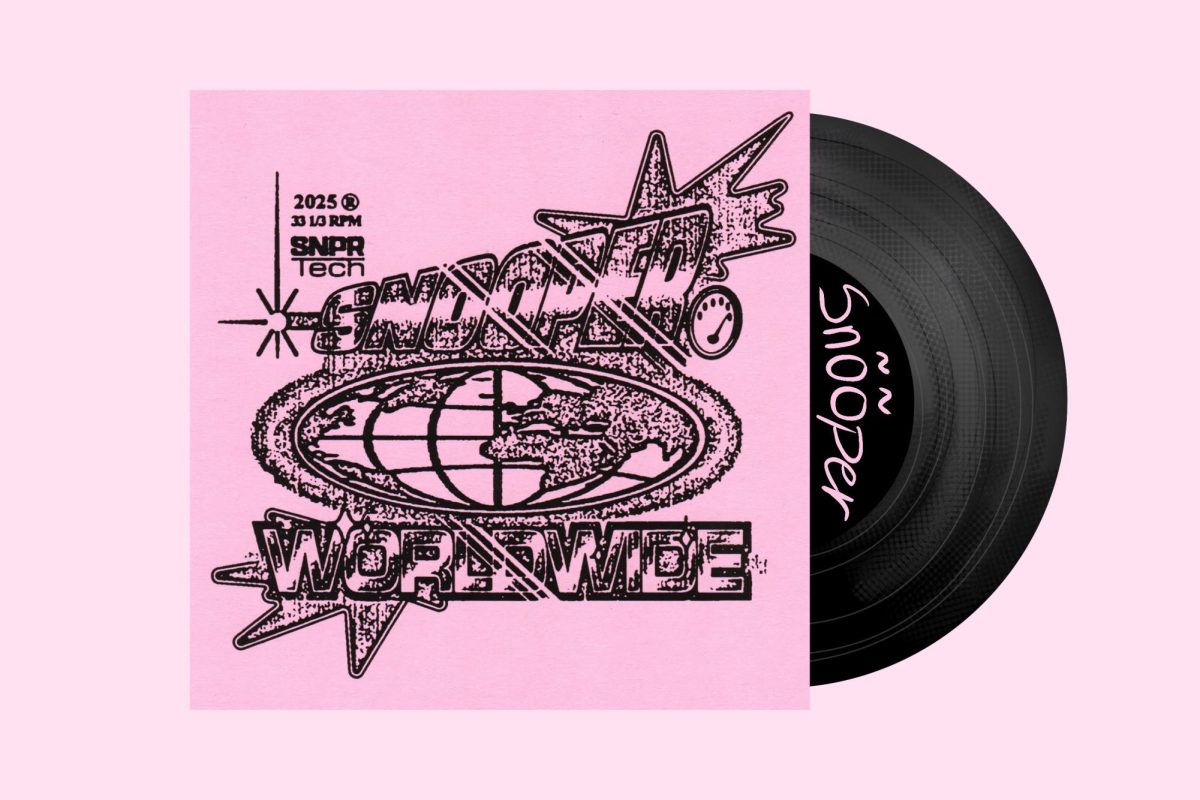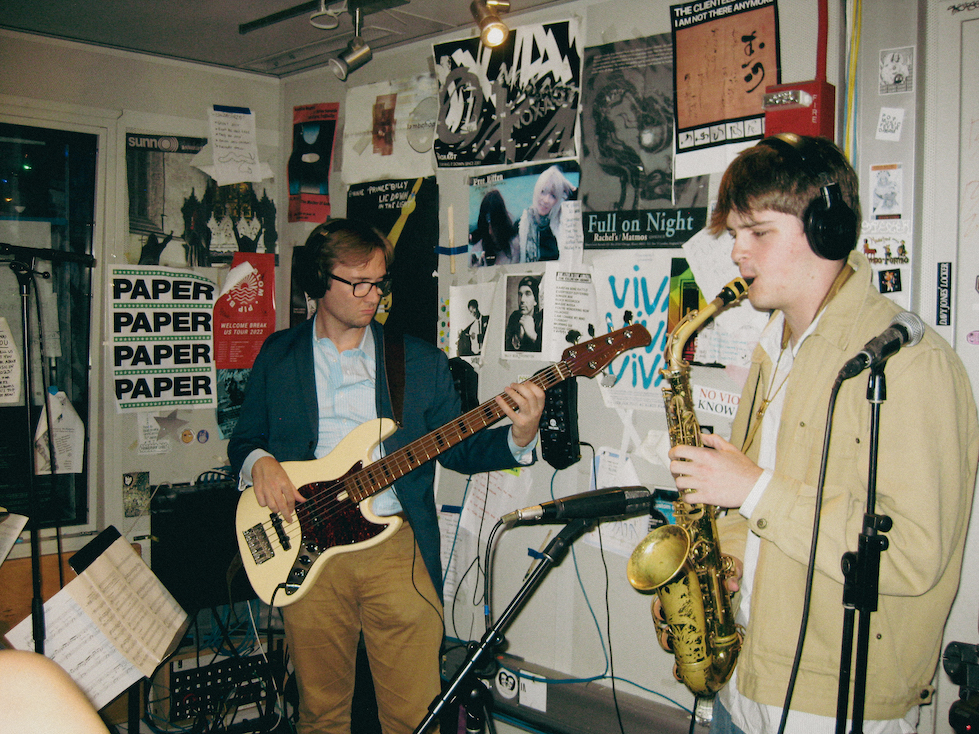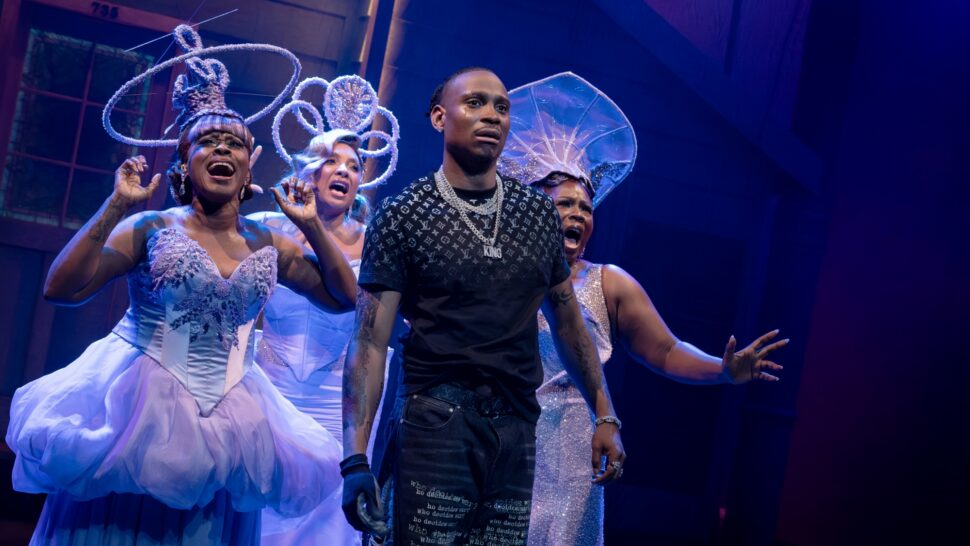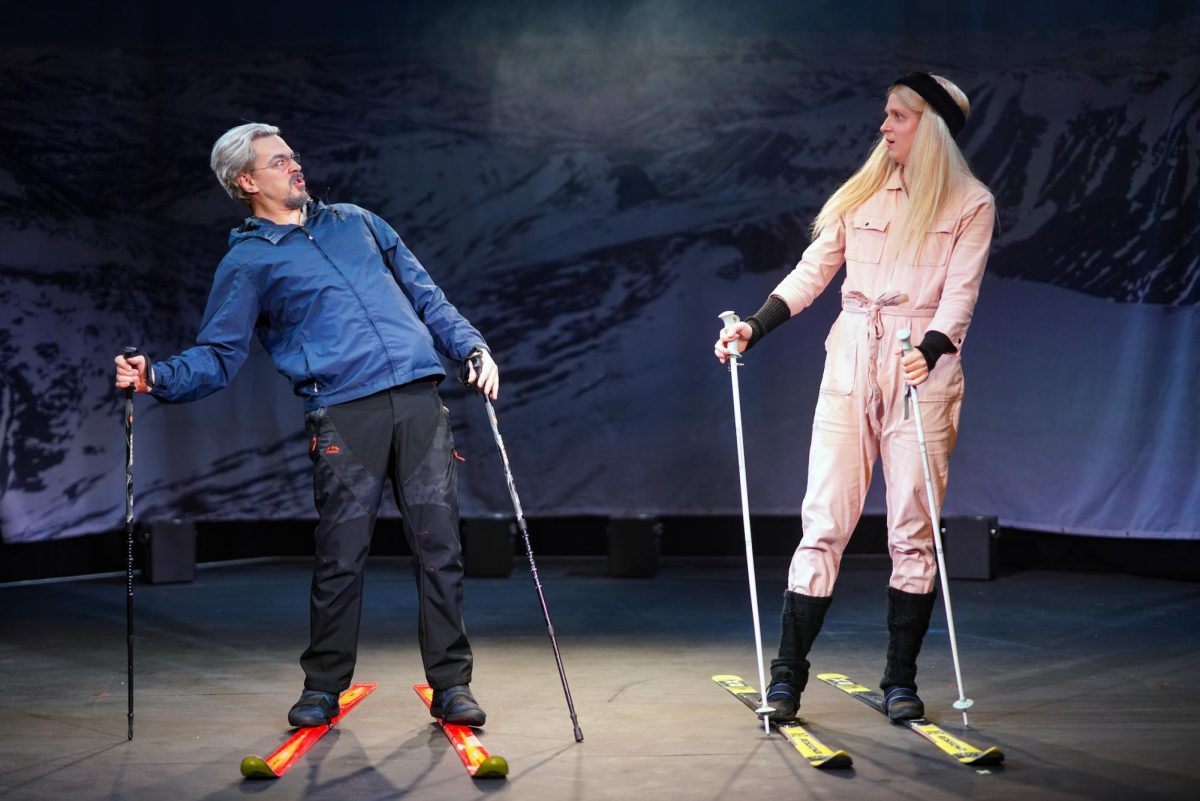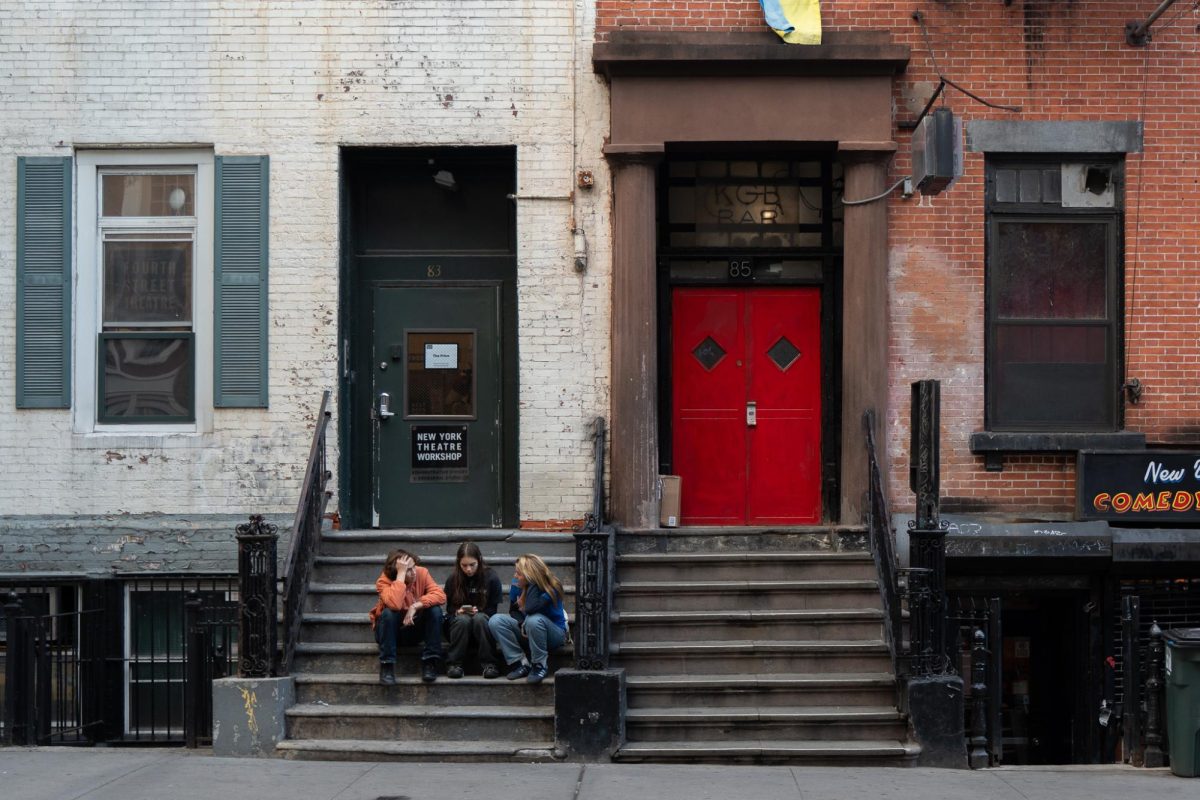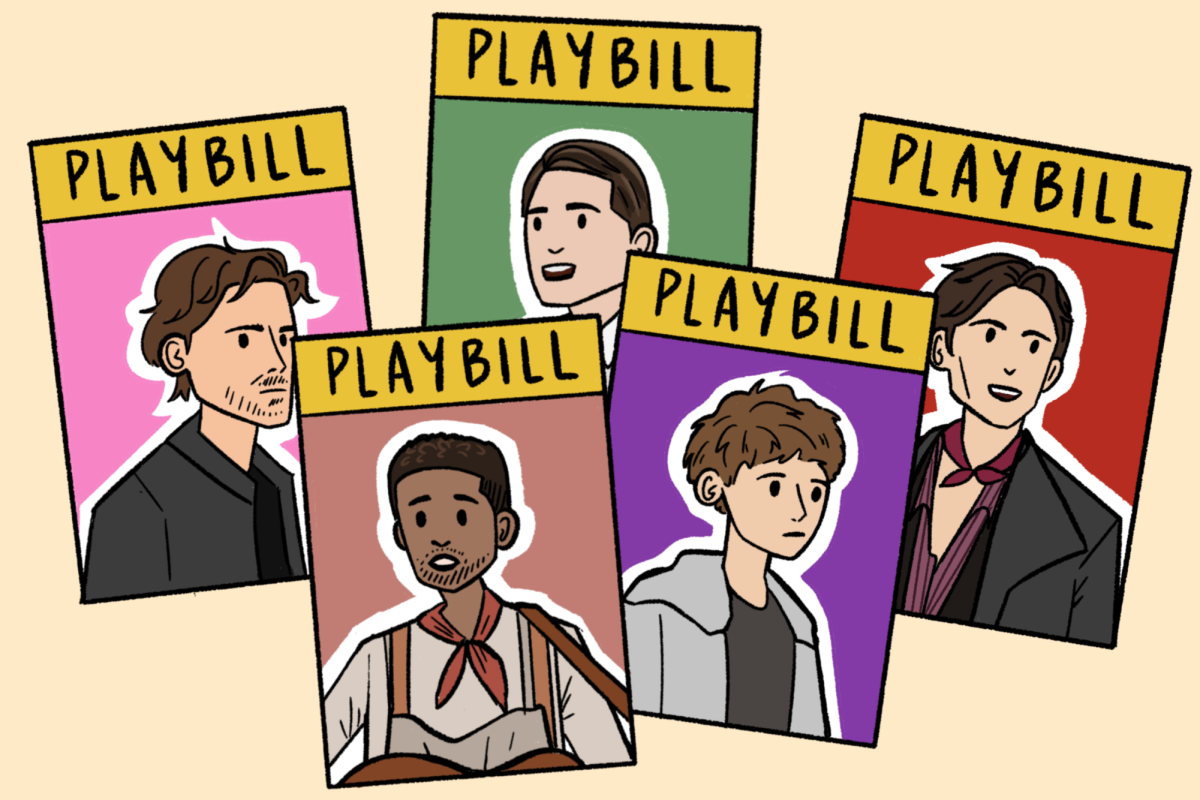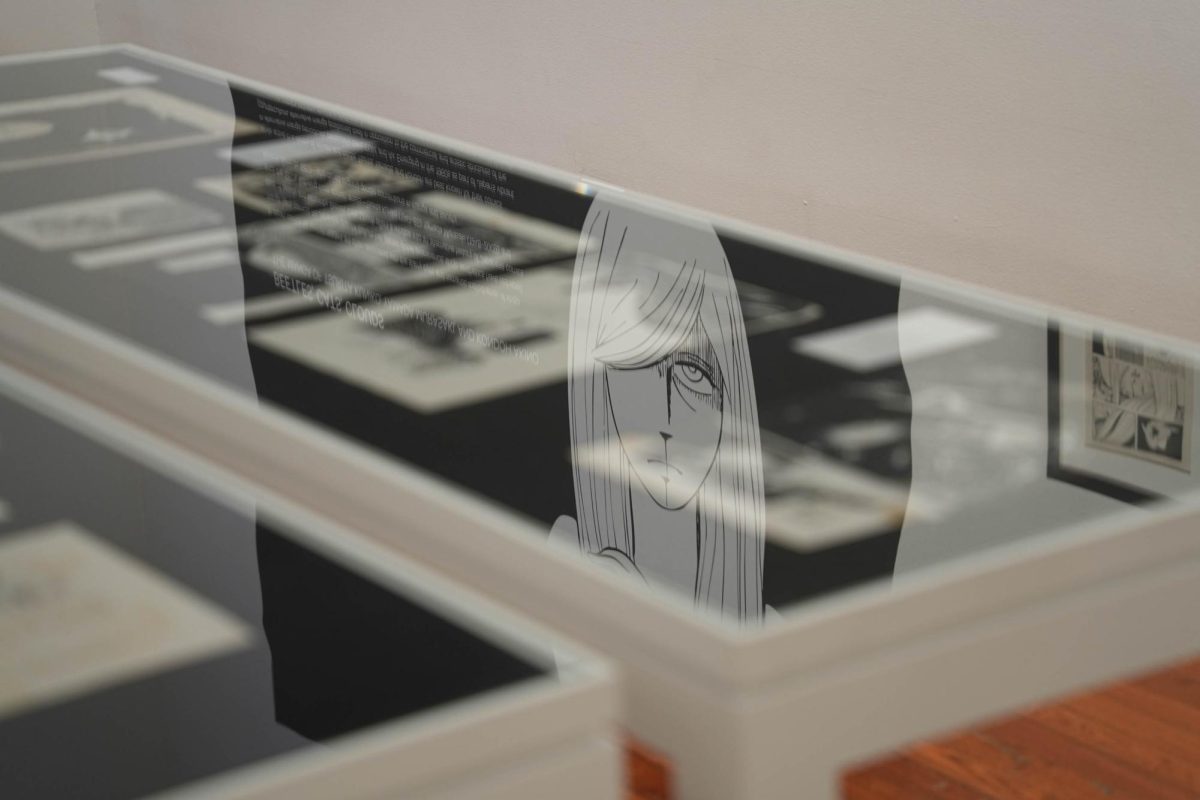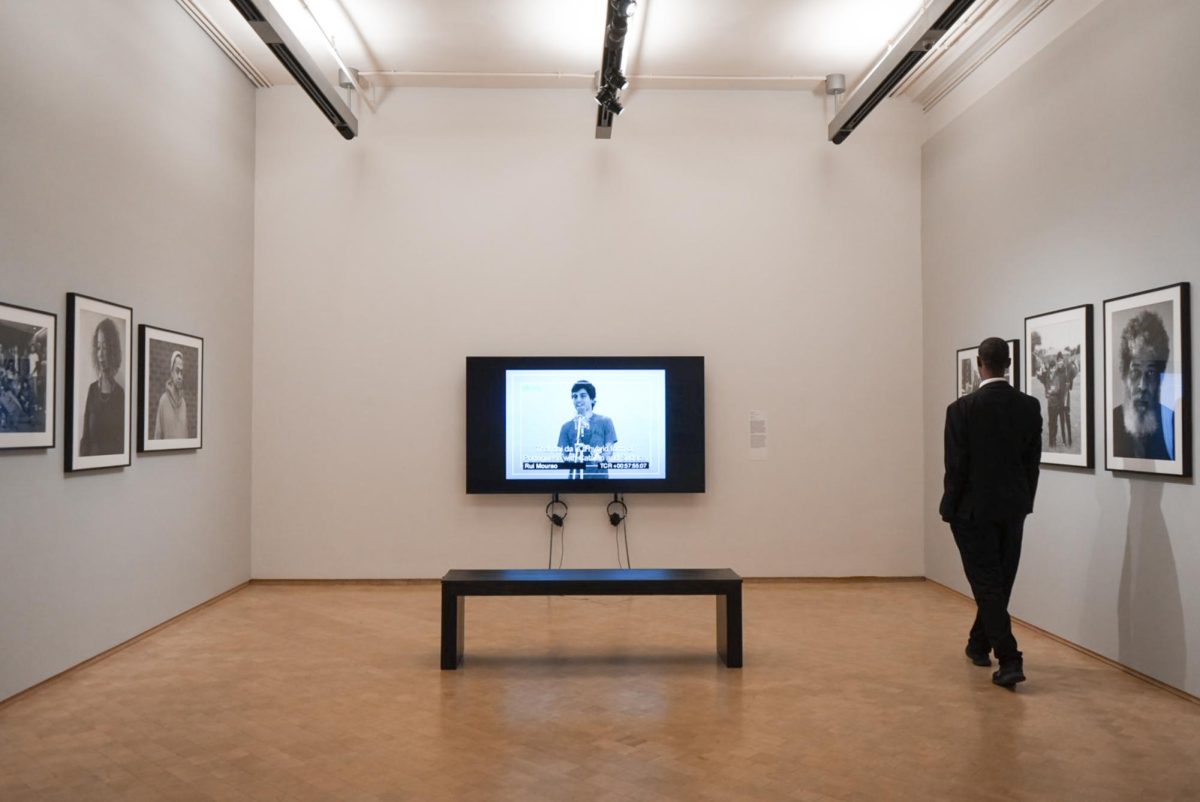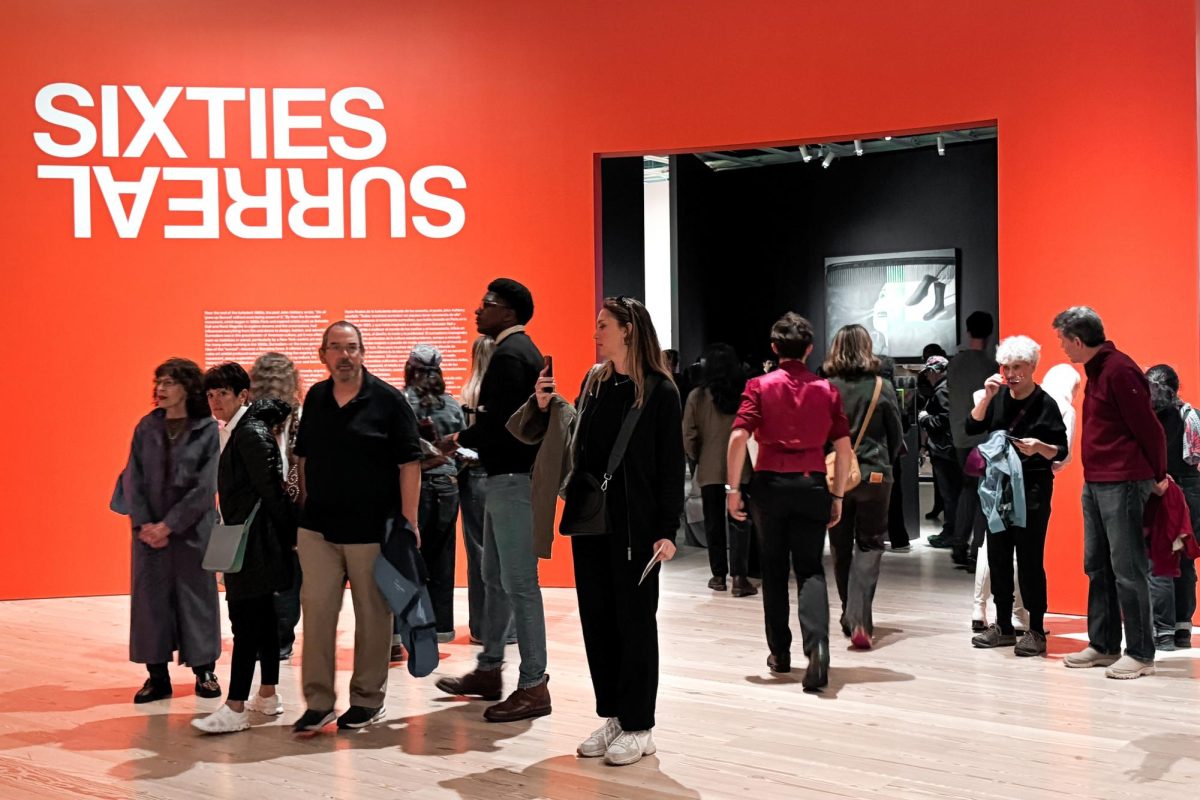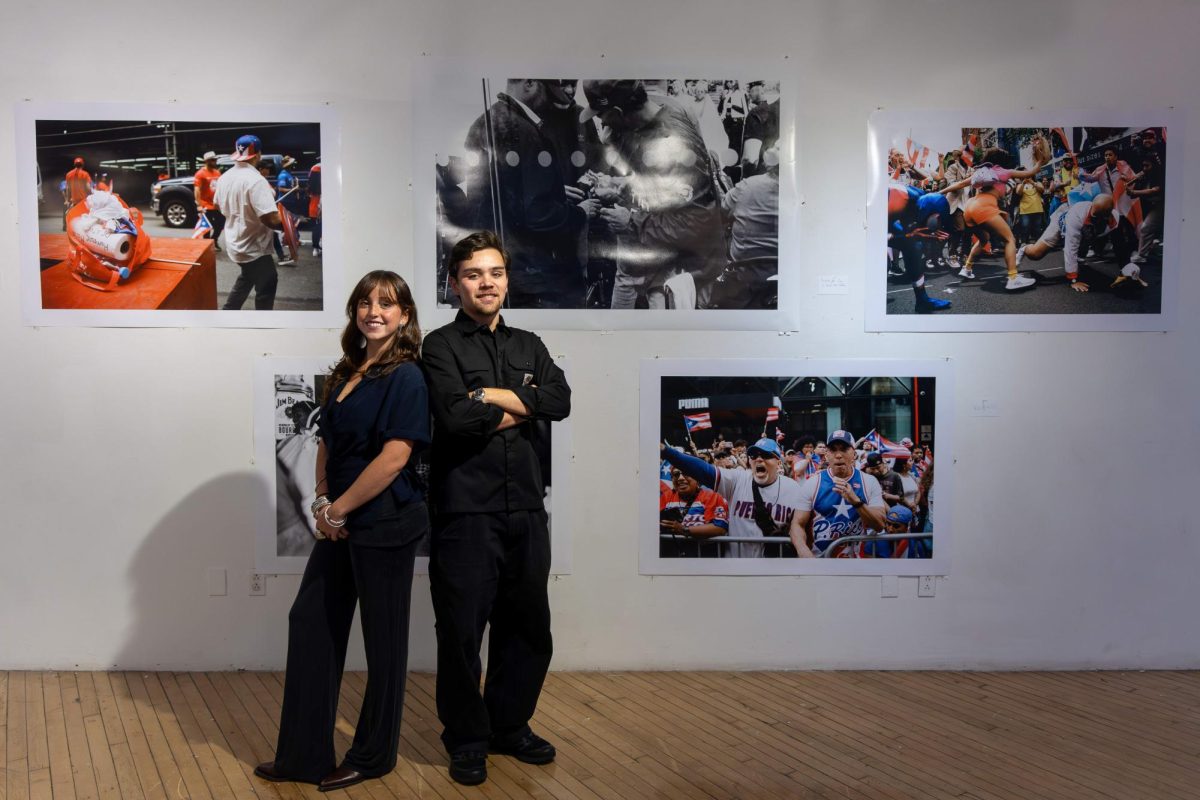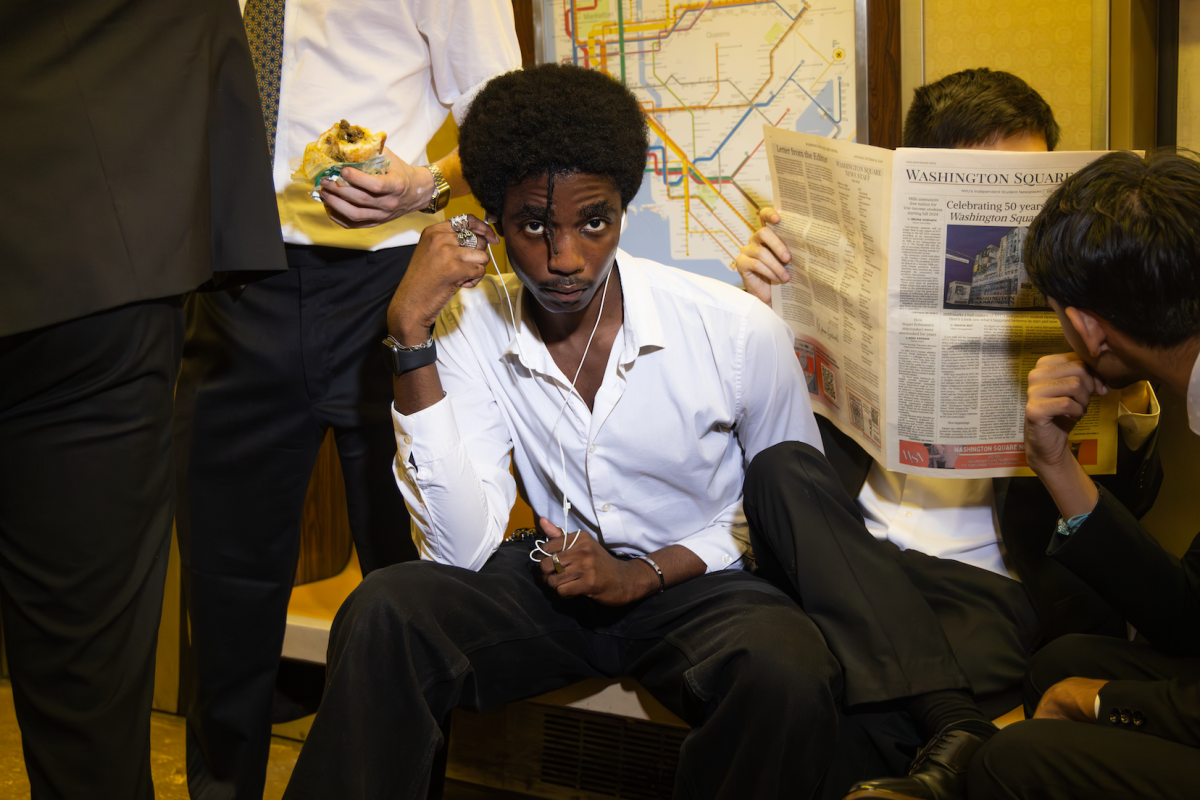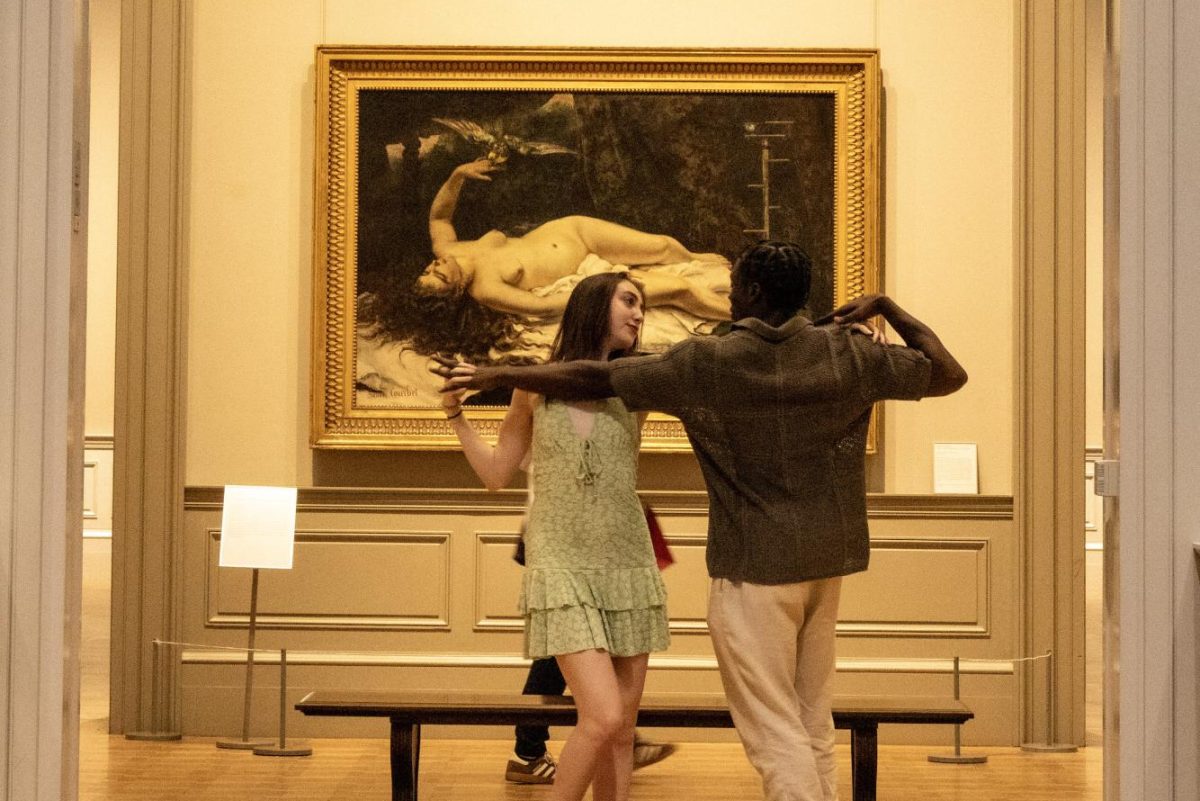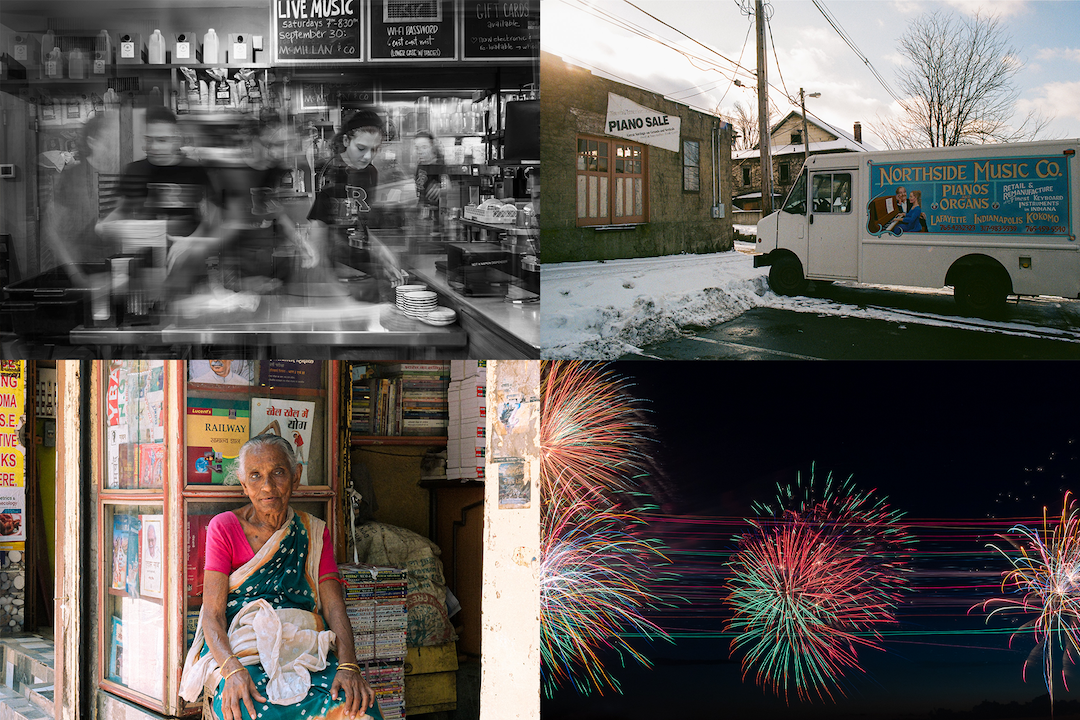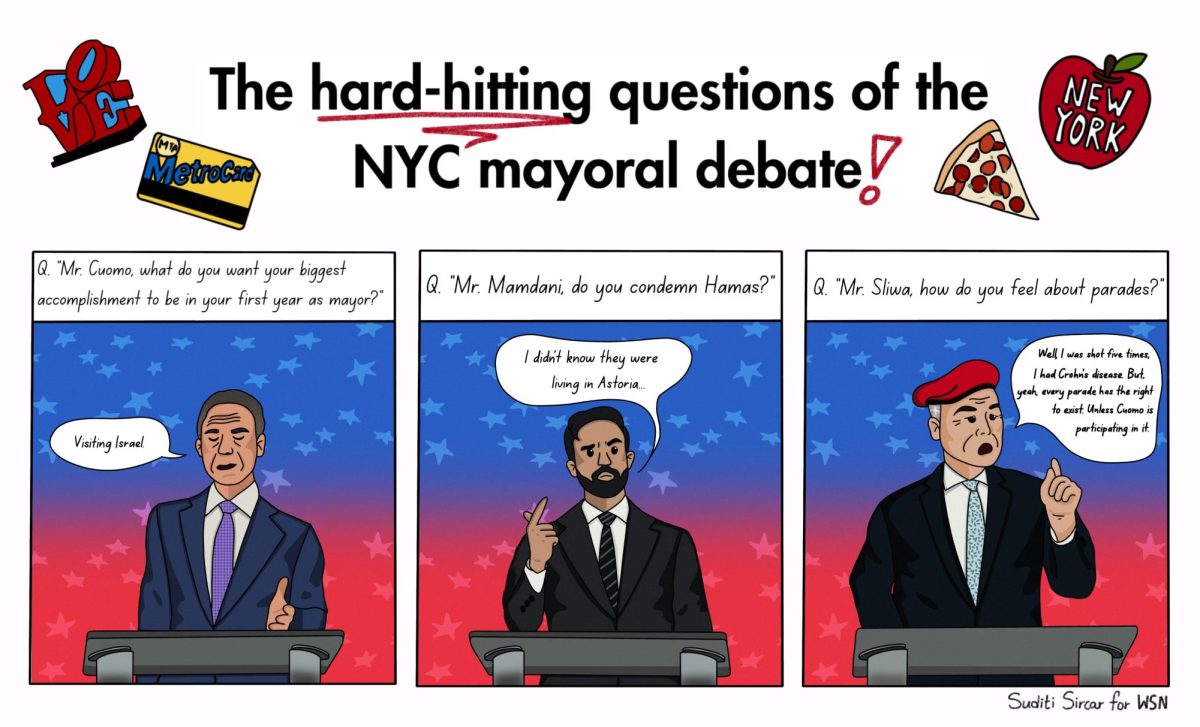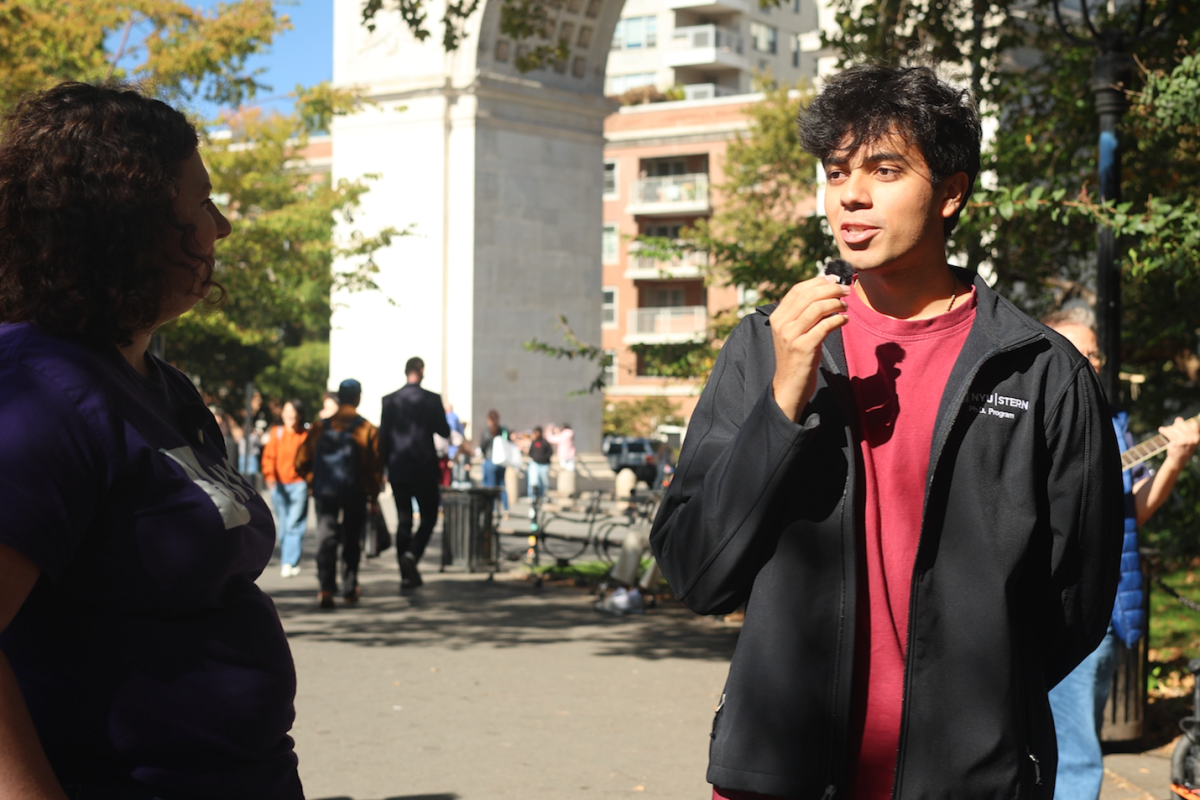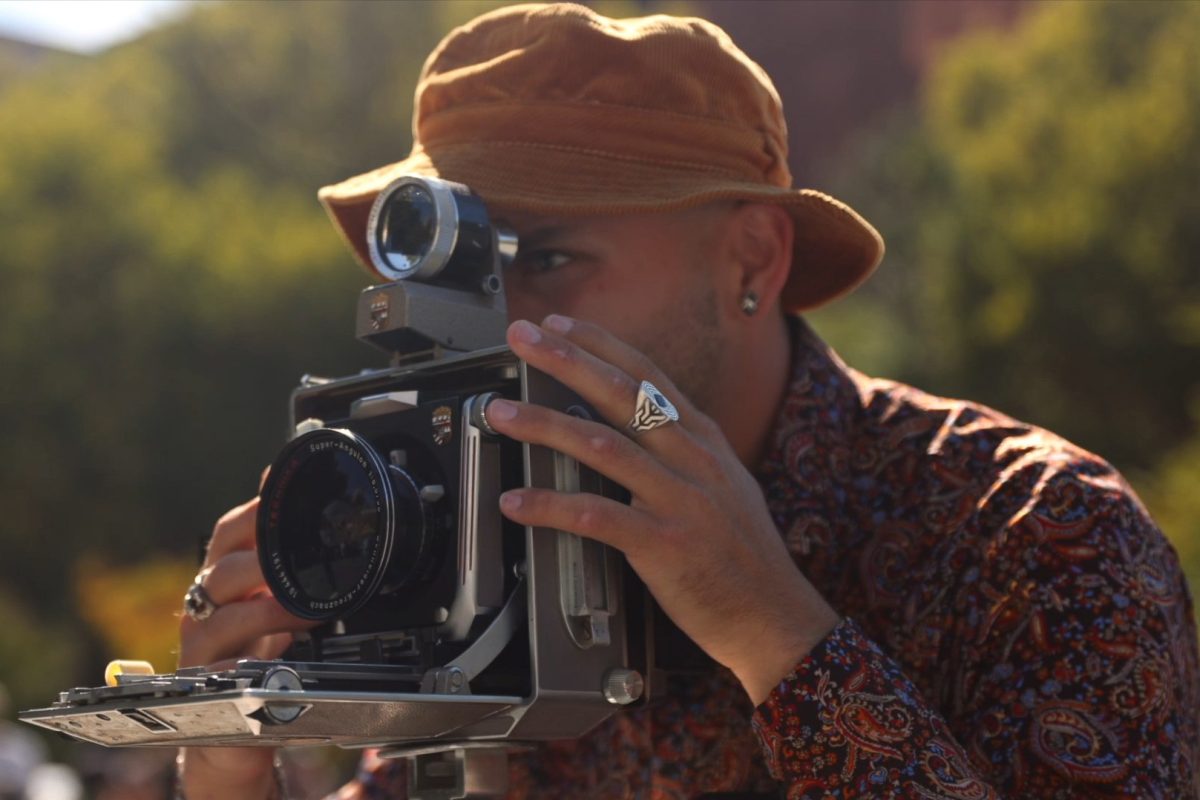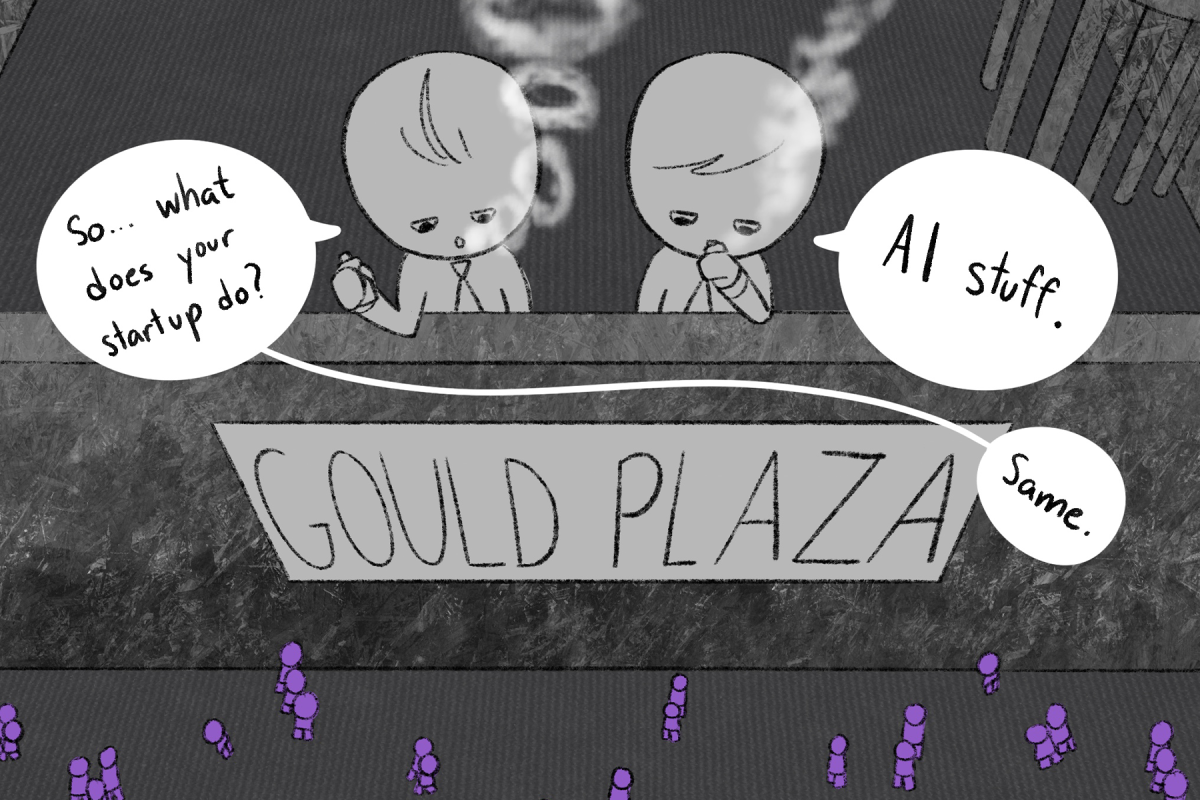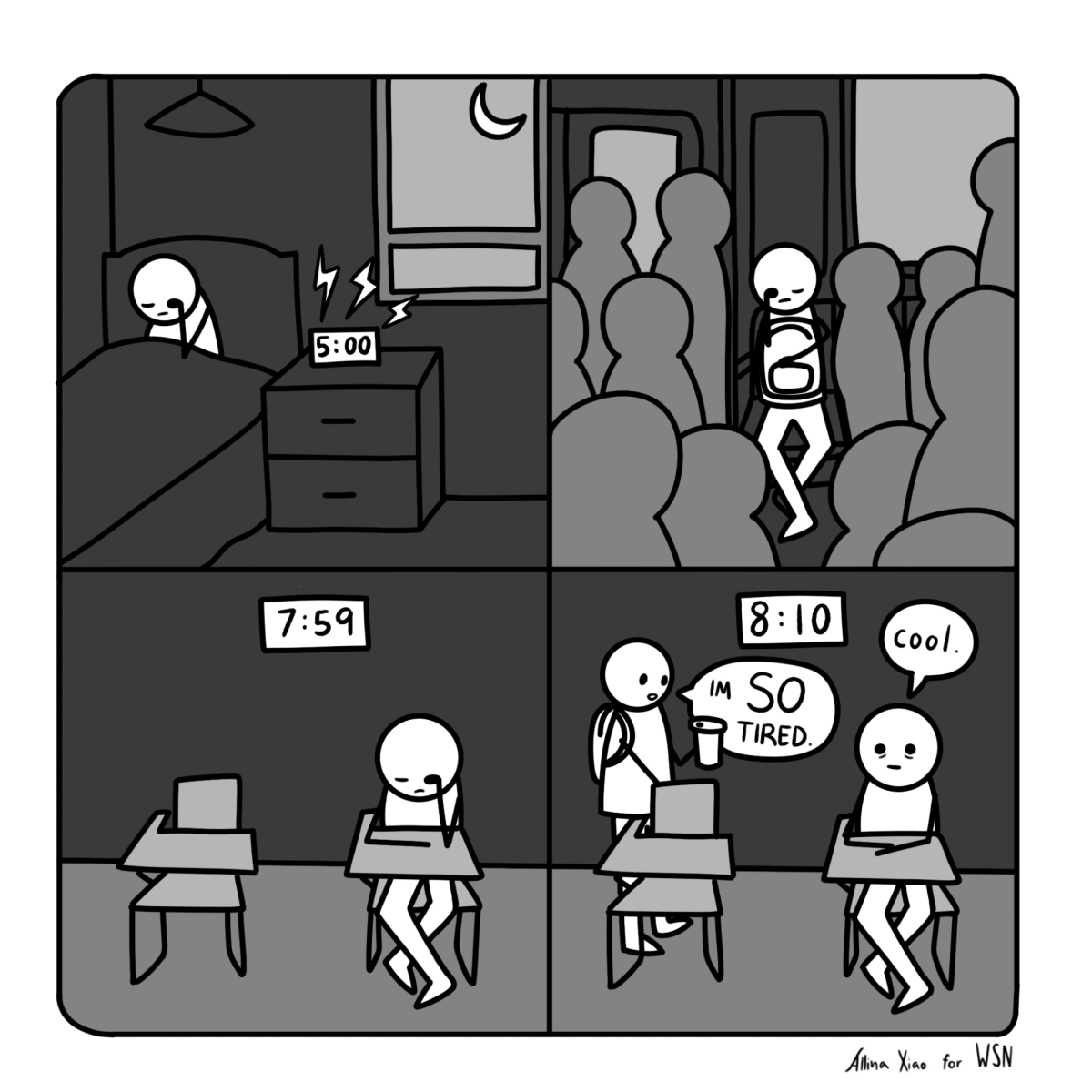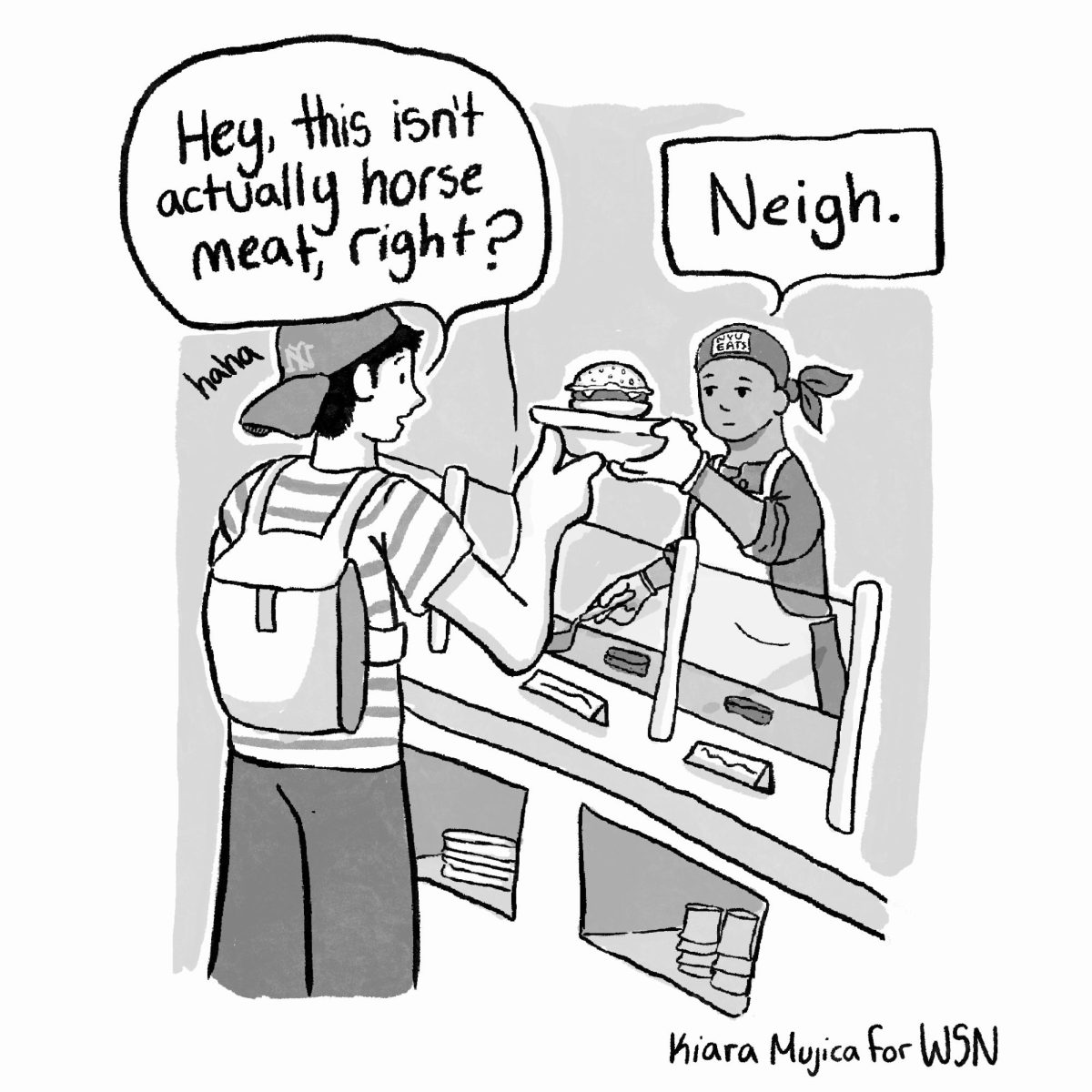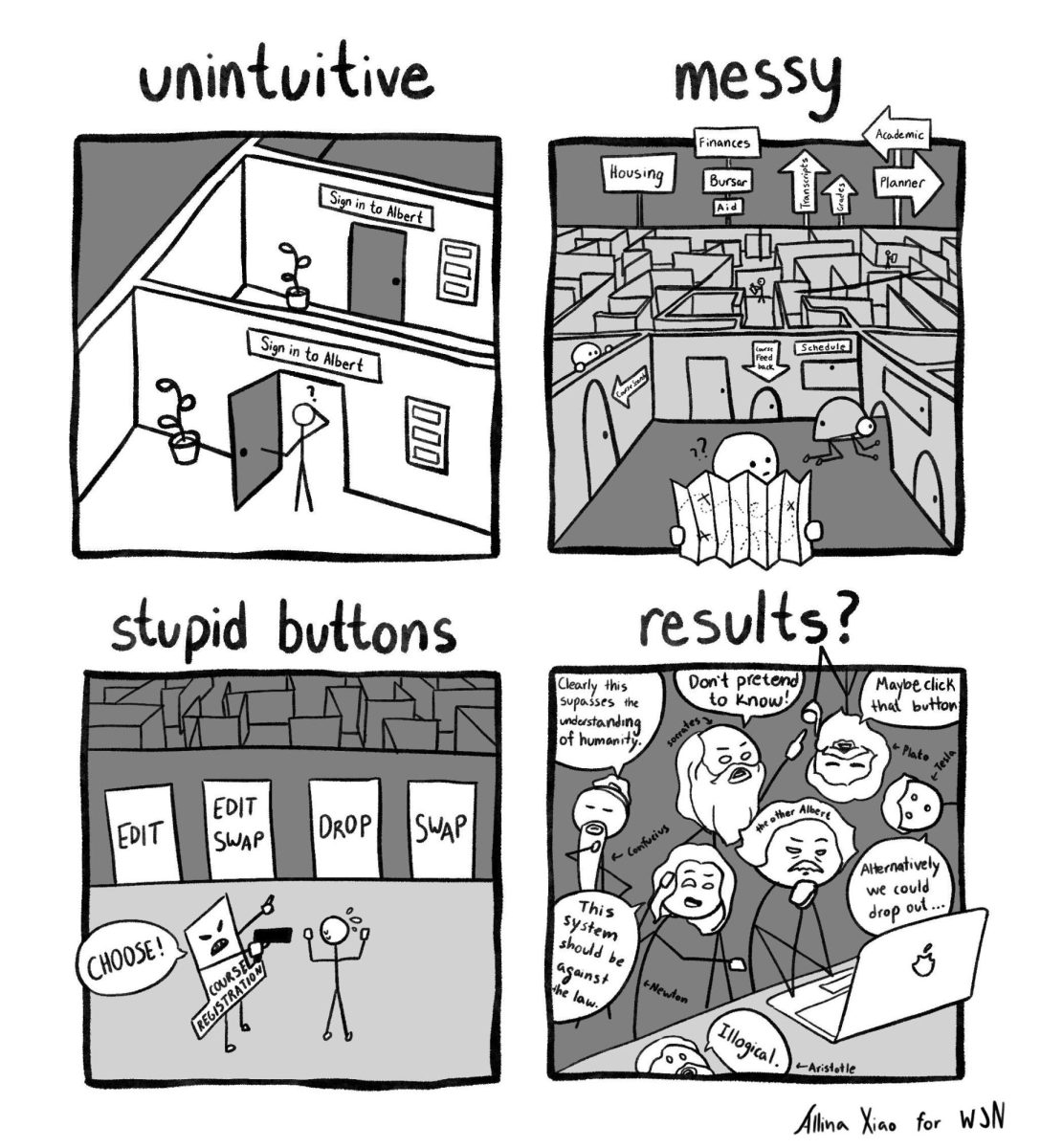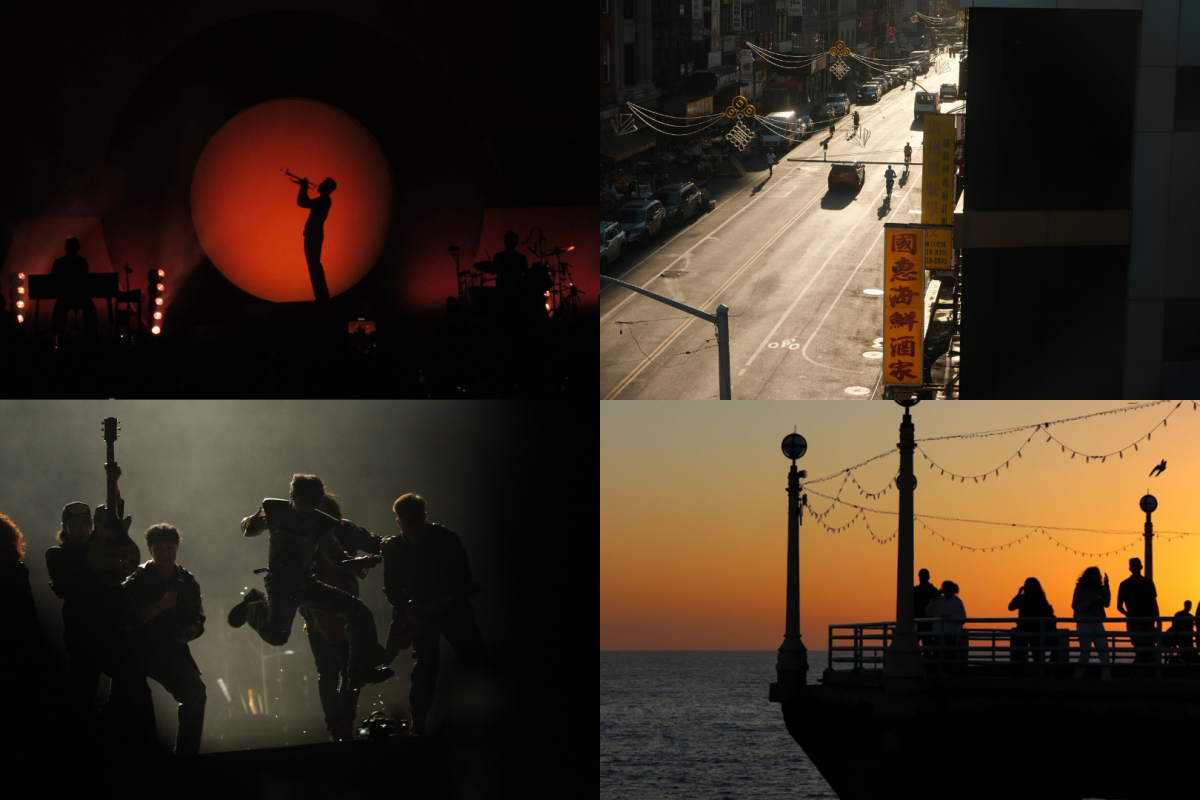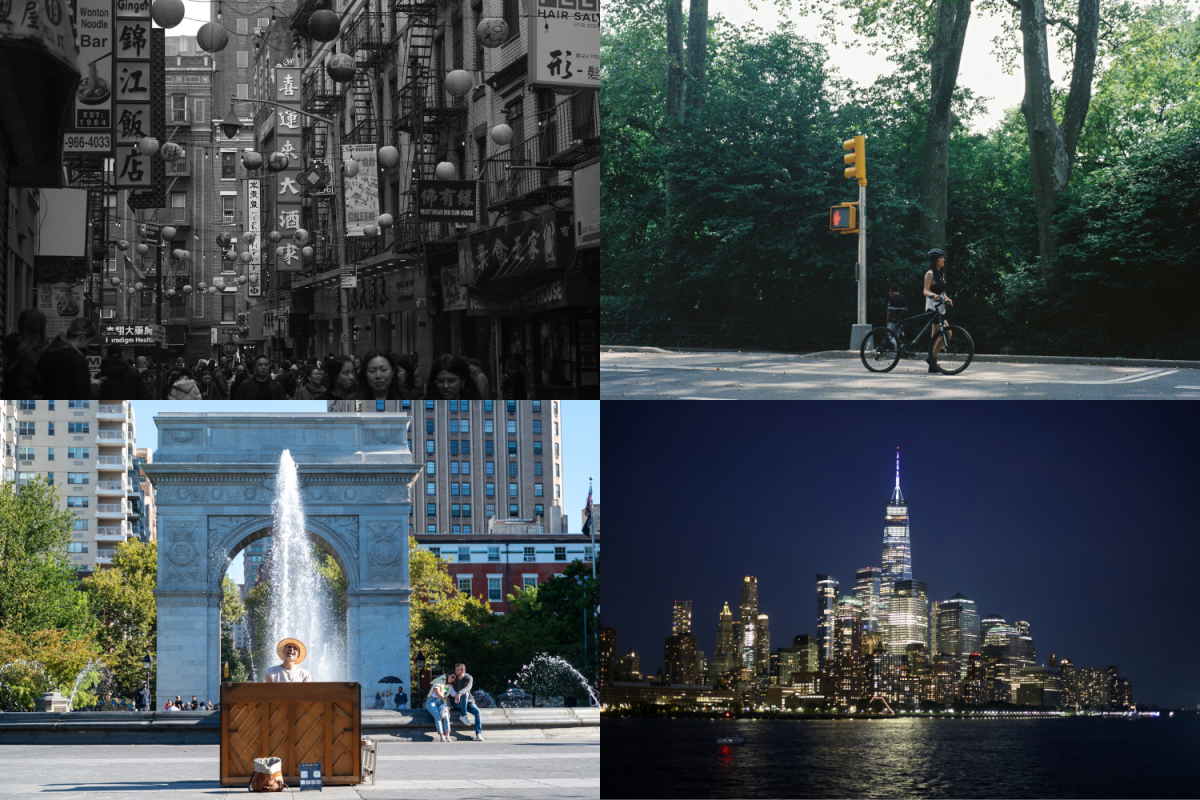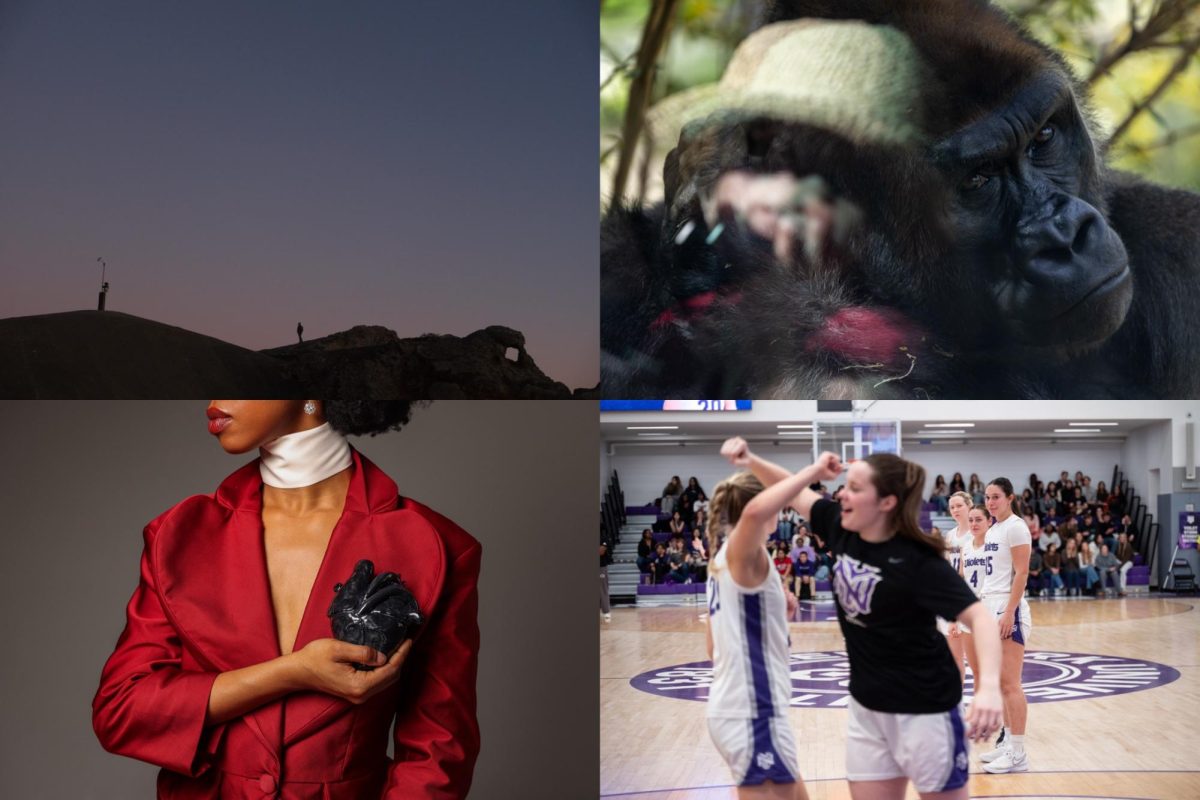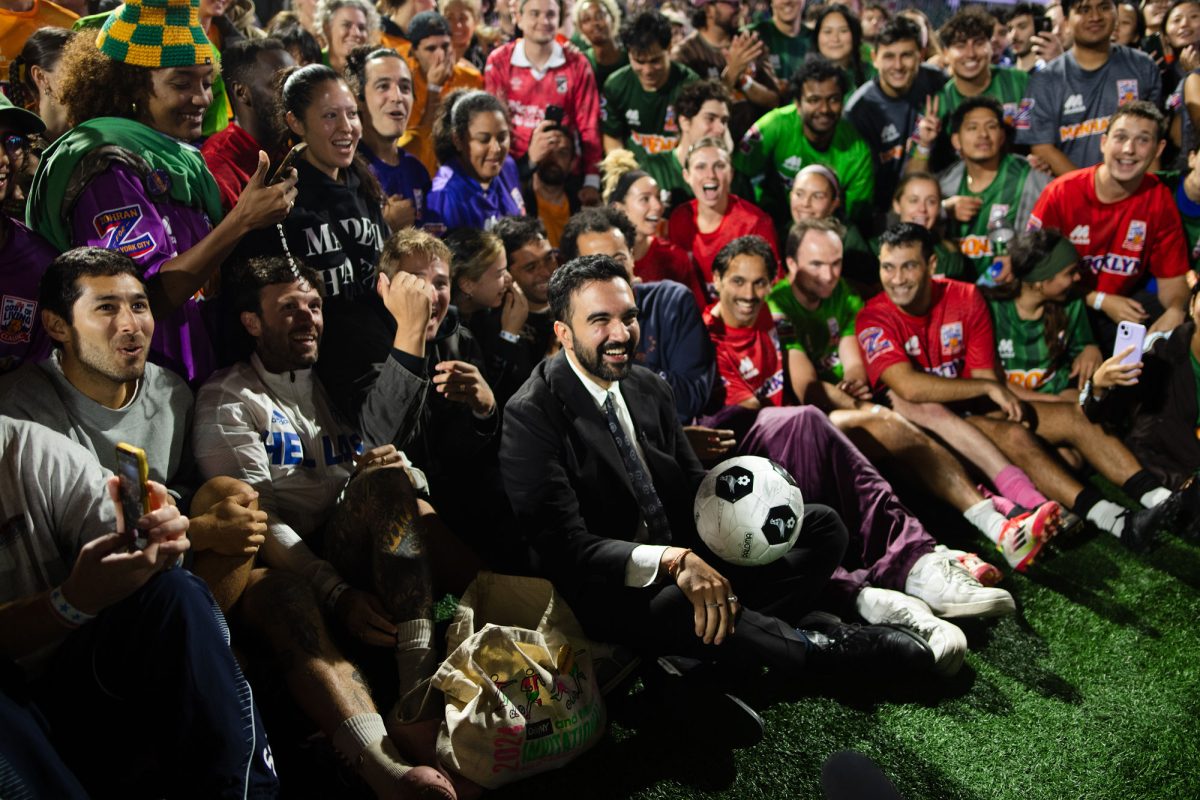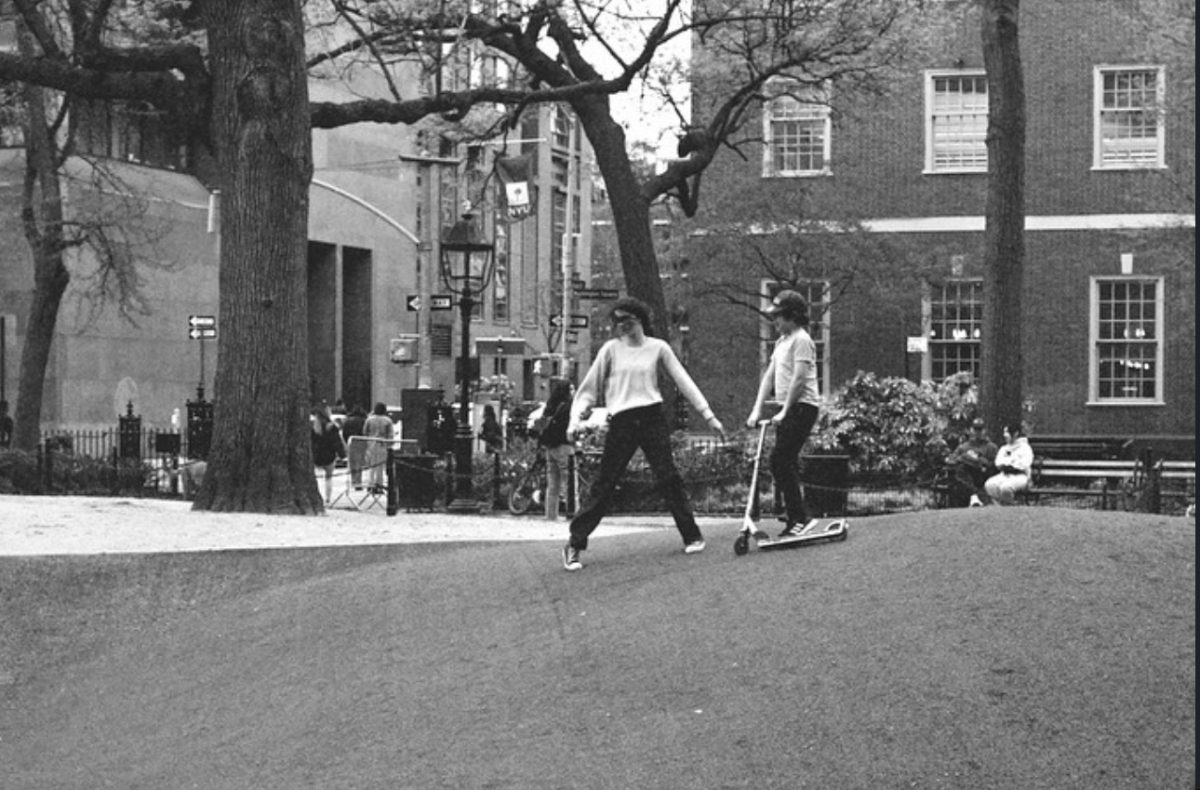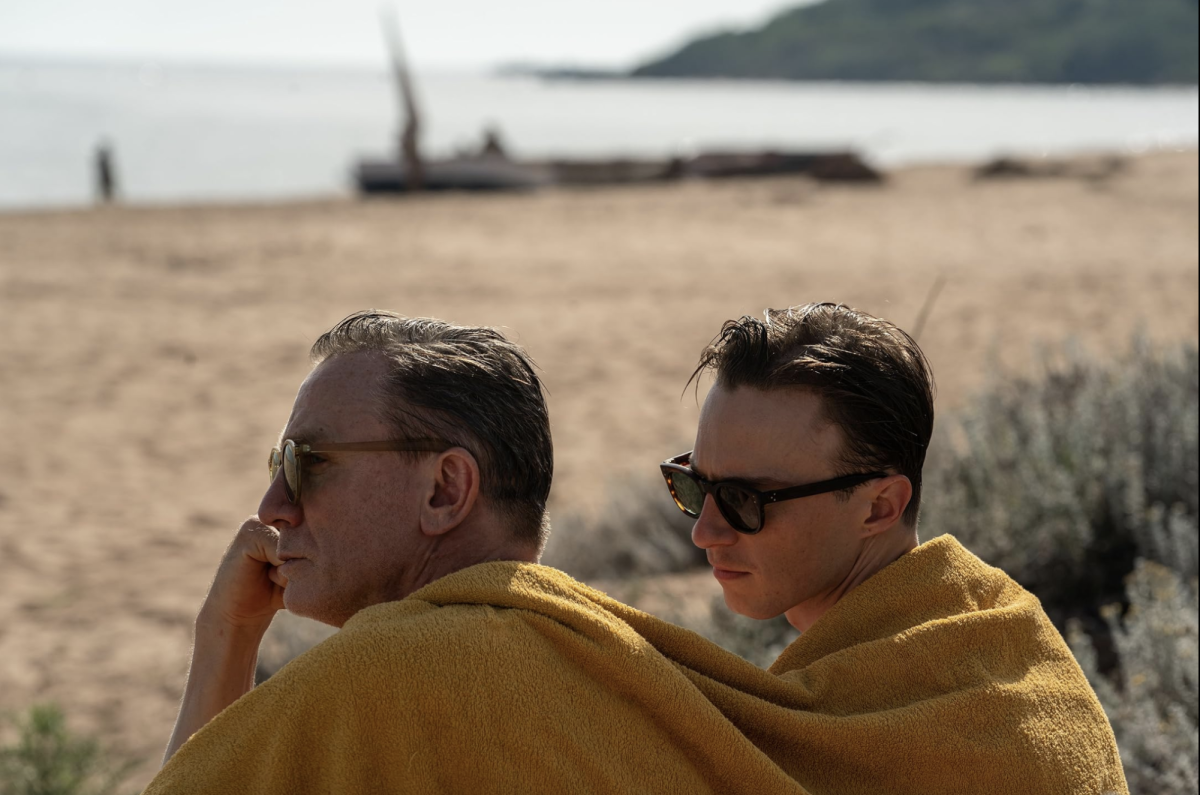Warning: This review contains spoilers.
On Sep. 6, 1951, Beat Generation author William S. Burroughs drunkenly shot and killed his wife Joan Vollmer. In the introduction to his novella “Queer,” he claims the tragedy “motivated and formulated” his writing. This would take shape as a novella containing harrowing, visceral accounts of his heroin addiction lived out by his semi-autobiographical protagonist William Lee.
Luca Guadagnino’s film adaptation of “Queer” meets Lee at his most depraved, fraught with the desire to cling on to something — or someone — while fighting the self-destructive cycle of addiction. And it’s as devastatingly captivating as its source material.
Lee (Daniel Craig) is an expatriate stumbling around Mexico City on the G.I. Bill post-World War II, ducking a legal case in the United States for his heroin and marijuana use. While he’s frequenting the same sleazy bars in between shots and spoons, he’s sizing up his next lays — then waking up alone in hotel rooms. Guffawing at the flamboyance and loud-patterned ties of the queer clique that frequents the Green Lantern bar with his friend Joe Guidry (Jason Schwartzman) and lamenting about his hookups, Lee finds a new object for his twisted, obsessive desires: a young expat named Eugene Allerton (Drew Starkey).
Lee’s drug dependency exacerbates his erraticness as he bumbles through drinking bouts and an insatiable sex drive. Lee is demonstrably uncomfortable with his queerness, joking about being cursed and a “sex monster” to Allerton — manifesting in excruciatingly masochistic behaviors when pining after him. Craig personifies Lee and his unrequited longing with such impressive fervor — glassy eyes when Lee envisions himself ghost-like and reaching out towards Allerton and drunken outbursts when he sees Allerton flirting with a young woman named Mary (Andra Ursuța). He’s pathetic in his pursuit of sex, stubbornly lingering at the bar for longer than he’s welcome and staring longingly at every young man stalking the city streets at night, desperate to score something, even if only an ephemeral feeling of pleasure.
Lee’s voracious yearning for Allerton in “Queer” only further establishes Guadagnino’s mastery of homoerotic subtext and sexual turmoil. Though Lee’s infatuation and subsequent crisis of feeling is a much more explicit demonstration than the palpable tension between the leads of his other 2024 film “Challengers,” “Queer” similarly employs proliferous sweat and close-ups of the eyes to visually express the characters’ frustrations. These choices supplement Justin Kuritzkes’ raw and often tense screenplay, like Lee’s dismissal of his sexuality, which happens to mirror Burroughs’ real-life words “I’m not queer. I’m just disembodied.” Lee’s relentless cat-and-mouse chase of Allerton becomes a manifestation of his lack of self-acceptance — he doesn’t want a lover more than he wants a witness to his self-inflicted demise.
But, Allerton seems wholly dismissive of Lee’s advances and indifferent to his episodes, even if he gets in bed with him more than a few times throughout the film. It’s this ambiguous coolness that pushes Lee to embark on a quest to South America to find a psychedelic drug called yagé — which is also known as ayahuasca — convinced the trip will give him telepathic abilities allowing him to discern whether or not Allerton is queer. The account of this journey feels like an entirely random subplot, with the two men hacking through plants in the South American jungles and trekking through Ecuador to find American researcher Doctor Cotter (Lesley Manville), who he believes possesses yagé. And in a significant way, Kuritzkes’ screenplay for “Queer” follows an alternative narrative than its source material, exploring a reality where Lee successfully obtains and uses the drug.
Yet, no psychoactive plant was necessary to unearth Allerton’s rejection of Lee’s affections, even if the reason why is never broached. Throughout their travels, Lee’s attempts to initiate sex are met with Allerton shoving Lee off of him. Allerton seems less than enthused to witness Lee’s agonizing withdrawals, which leave him shivering and feverish in the dank humidity of their surroundings.
In the midst of their mind-fucking yagé trip — complete with an absurd, yet mesmerizing choreographed sequence in which Lee and Allerton’s bodies literally melt into one another’s — we realize that Lee never reaches that level of contact or recognition his soul so desperately craves. He’s alone, whether boiling heroin in the silence of his living room or vacant hotel rooms the morning after a sexual escapade. “I’m not queer, I’m disembodied,” Allerton tells him. “I know,” a dejected Lee replies.
Guadagnino insists that “Queer” is not a biopic about Burroughs, instead focusing his attention on Lee as a character. But, the ending remains an inextricable link between the author’s experiences and that of his semi-autobiographical projections. As Burroughs shot his wife in the head, Lee envisions the same act done to Allerton in a hazy, dreamlike sequence during the epilogue — he’s aged and dying, unable to shake his intense infatuation with Allerton, despite his ultimate disappearance from Lee’s life. Laying in a hotel bed imagining Allerton’s legs intertwined with his own through labored breaths, Lee can’t avoid the fate of his creator. He’s a repressed, insecure man driven to violence and self-inflicted ruin, unable to distinguish love from addiction.
Contact Dani Biondi at [email protected].

